Transform old garments into unique, sustainable fashion pieces by mastering upcycling techniques and essential sewing skills
Unleash your creativity and embrace sustainable fashion with the Domestika Sustainable Fashion Specialization. Explore the art of upcycling with Caitlin Trantham, transforming old garments into unique, modern pieces through essential sewing skills and customization techniques. Dive into textile printing with Julia Pelletier and discover four distinct methods, from sublimation to needle felting, to create charming, wearable art. Express your inner artist by hand-painting clothing under the guidance of Amy Isles Freeman, using drawing techniques and color mixing to turn garments into personal masterpieces.
Elevate your style with embroidered patches through typography and embroidery techniques taught by talented instructors. Learn the fundamental art of crochet with a focus on sustainability, repurposing old textiles into new functional items. Finally, join Luisa Hurtado to transform second-hand clothes into fashionable backpacks, applying upcycling techniques to minimize waste. This specialization empowers you to revolutionize your wardrobe with eco-friendly practices, allowing for personal expression and creativity in every stitch, print, and patch.
What will you learn in this specialization?

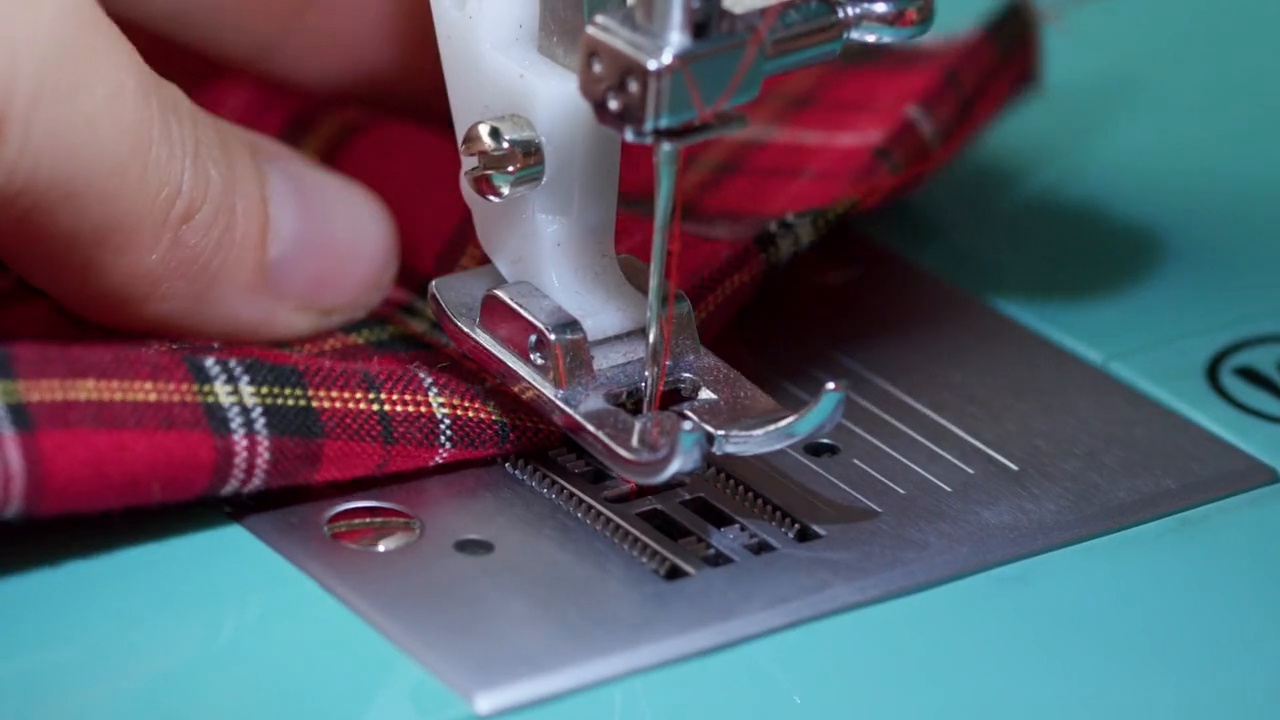
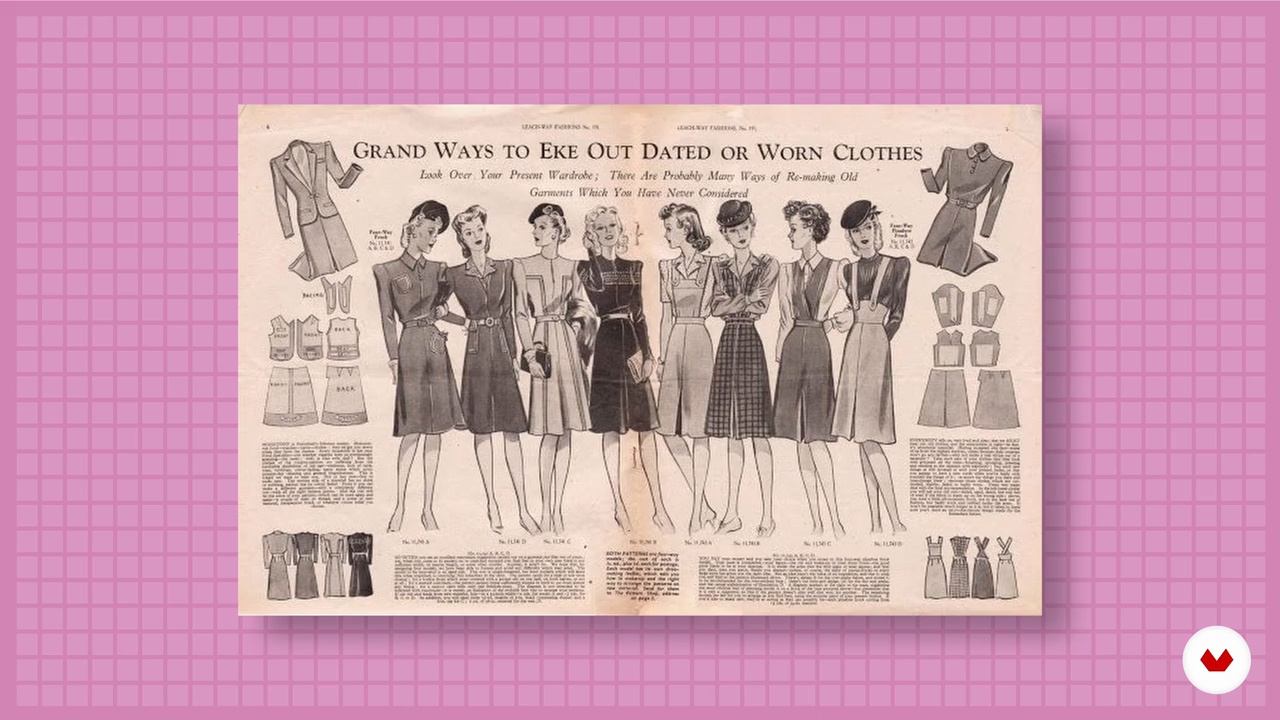
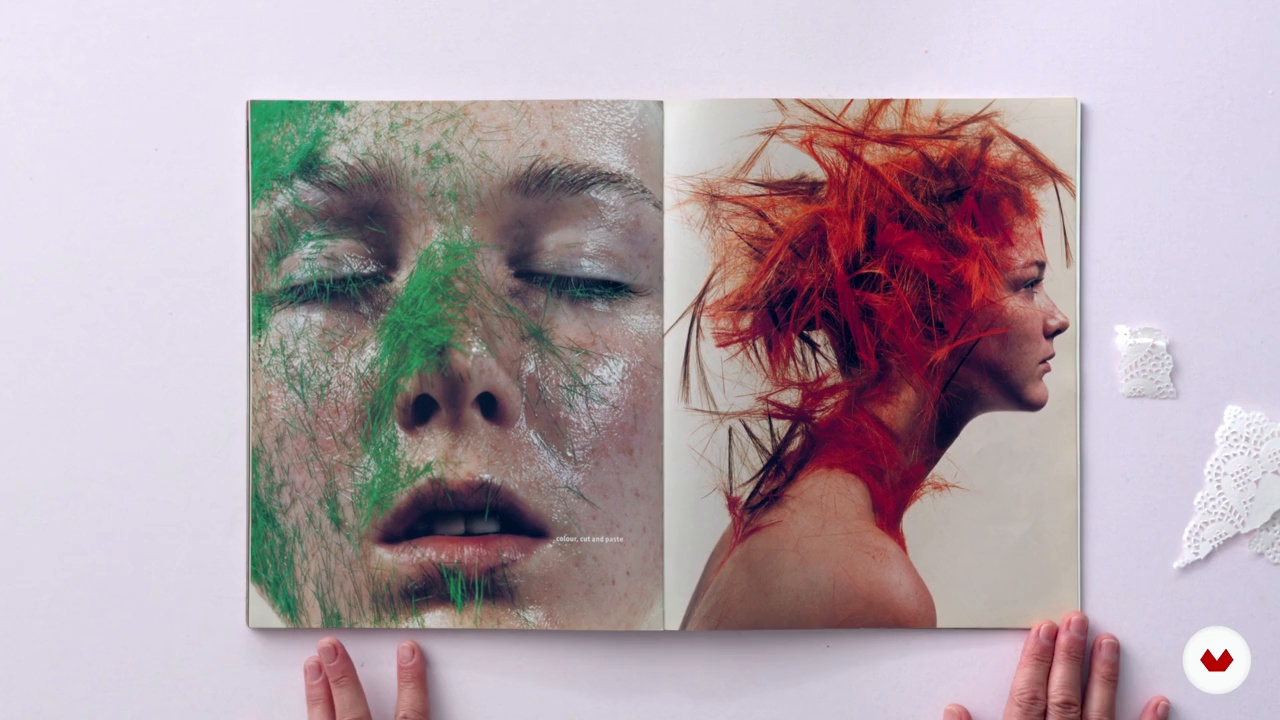
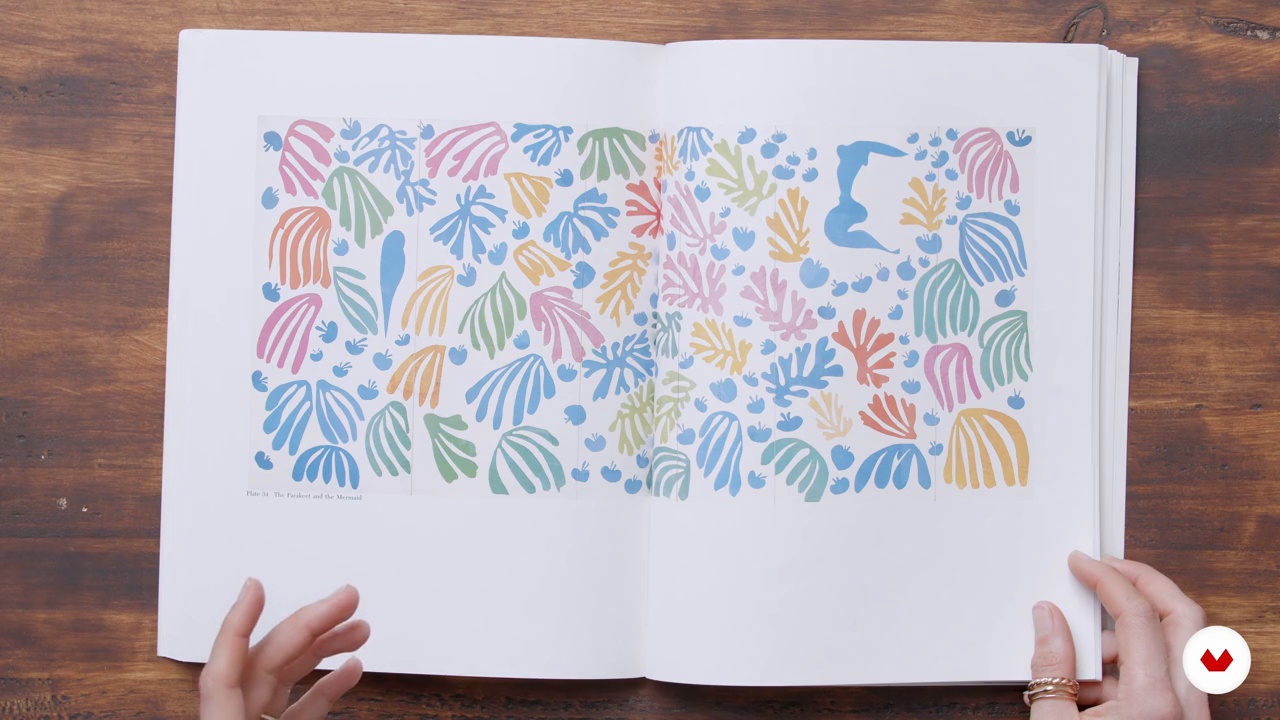
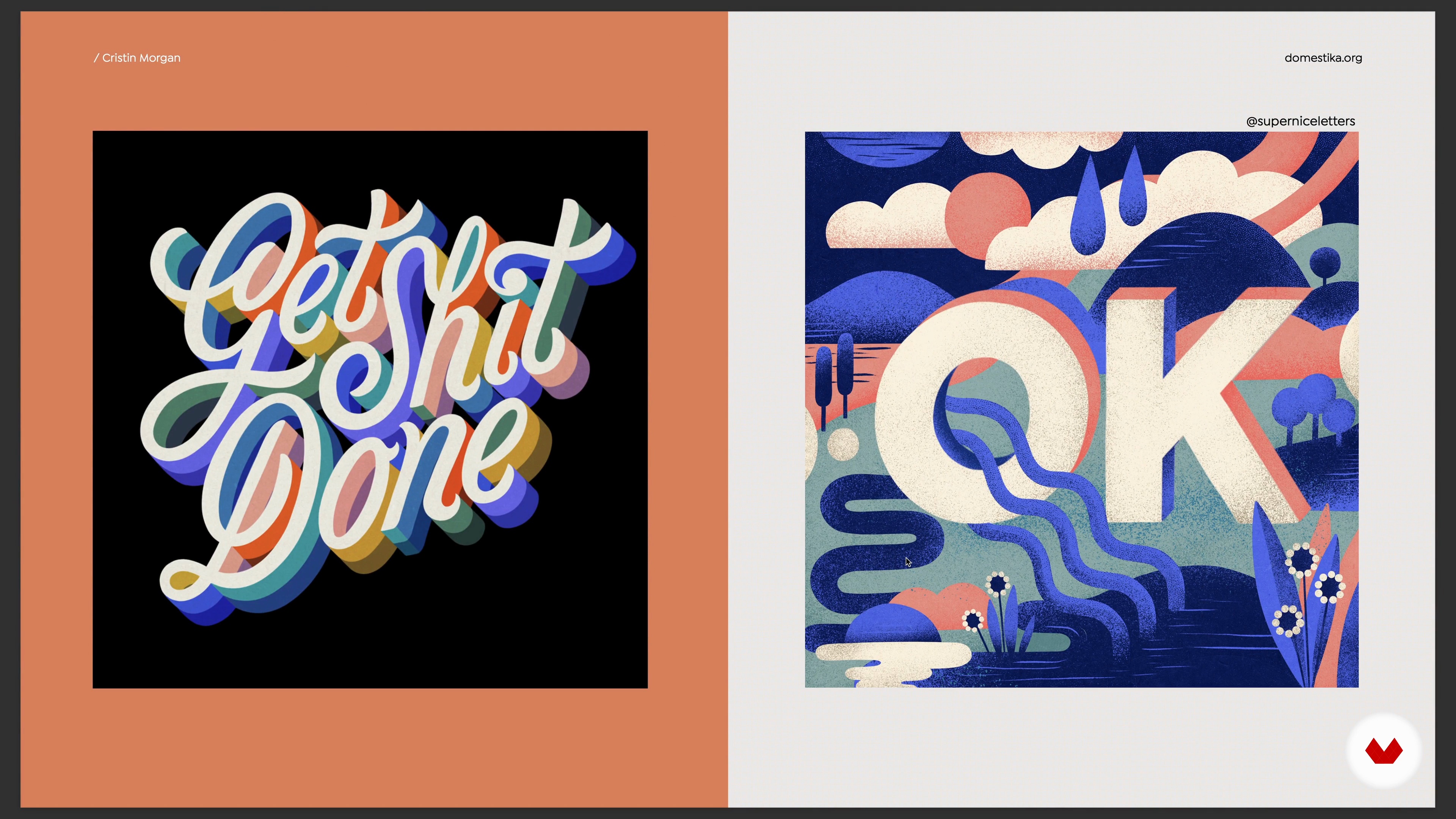
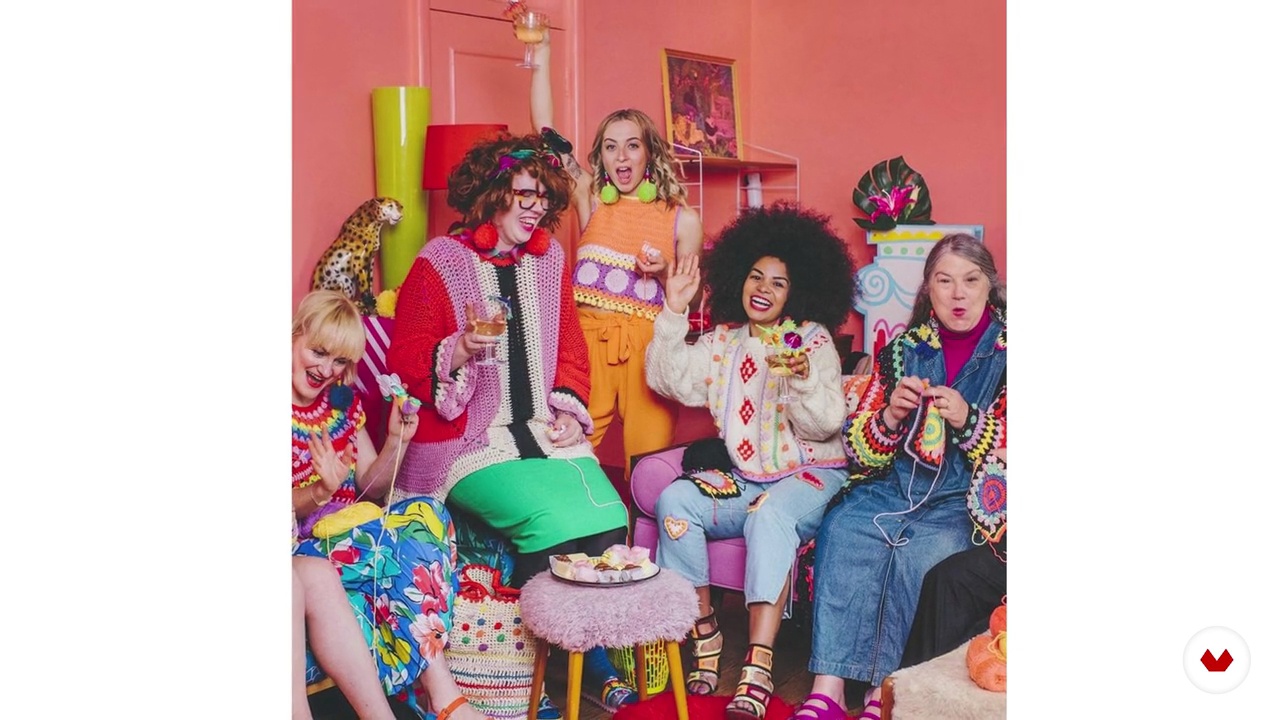
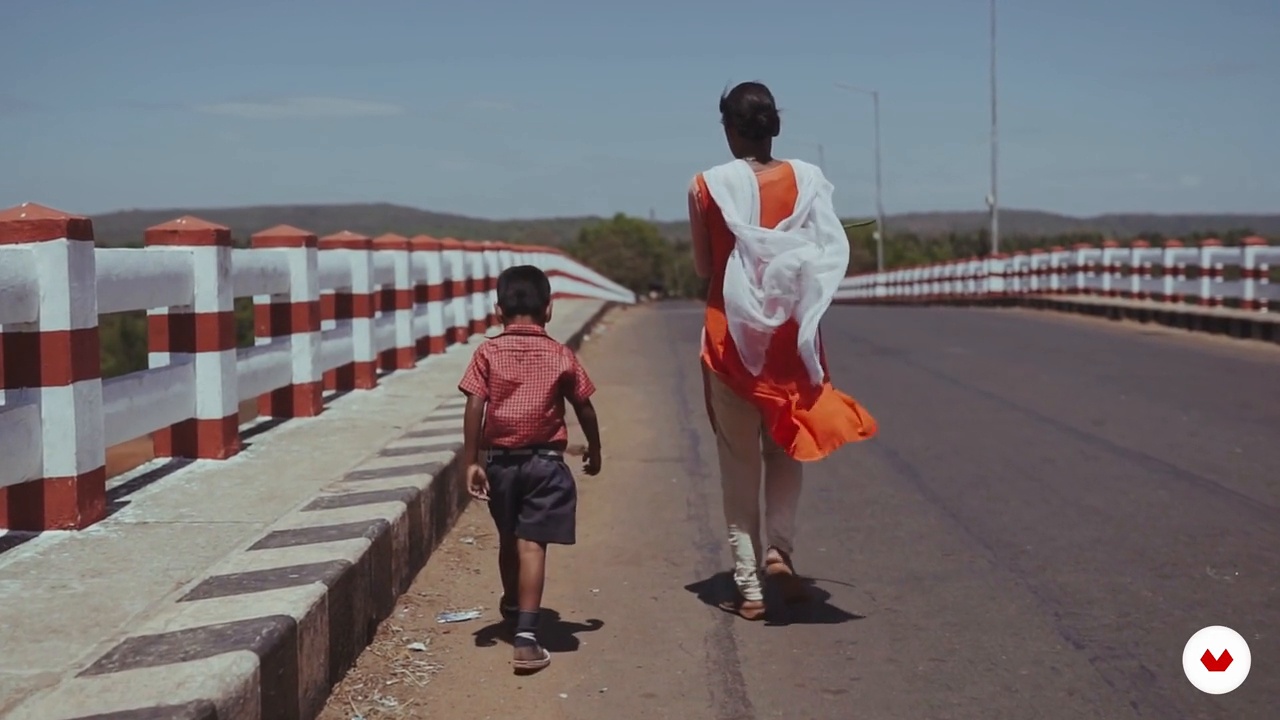

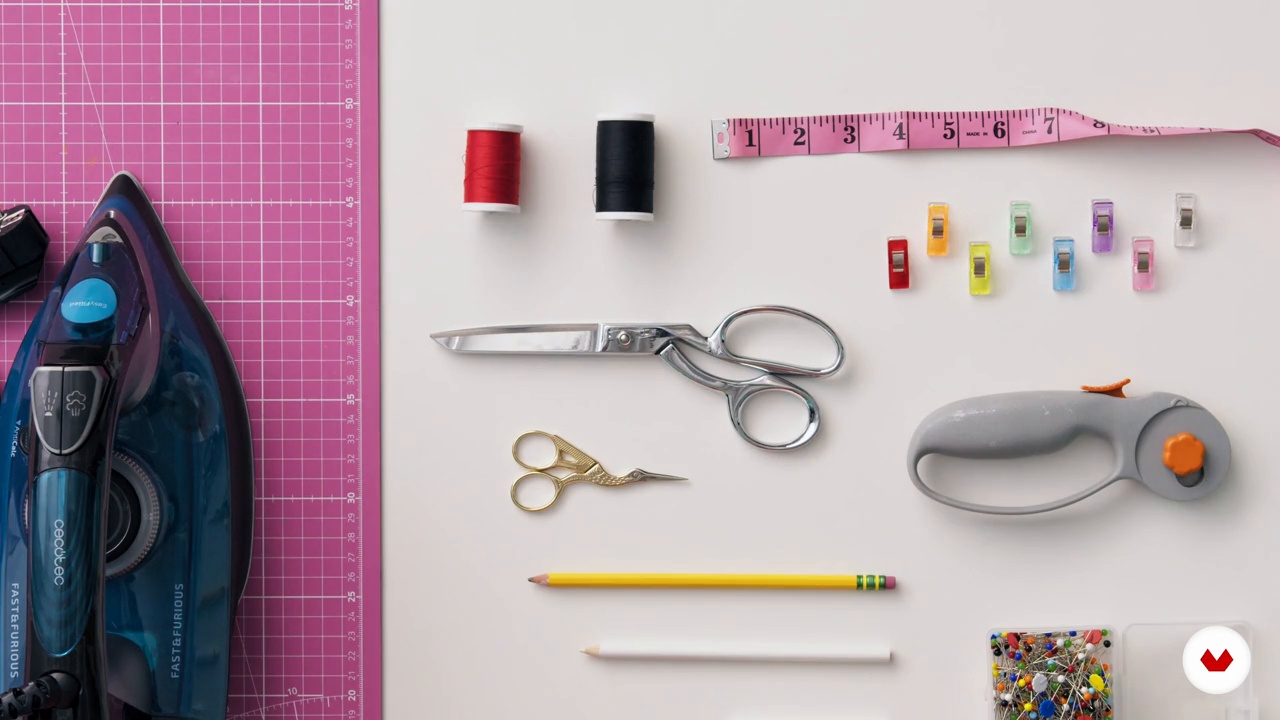
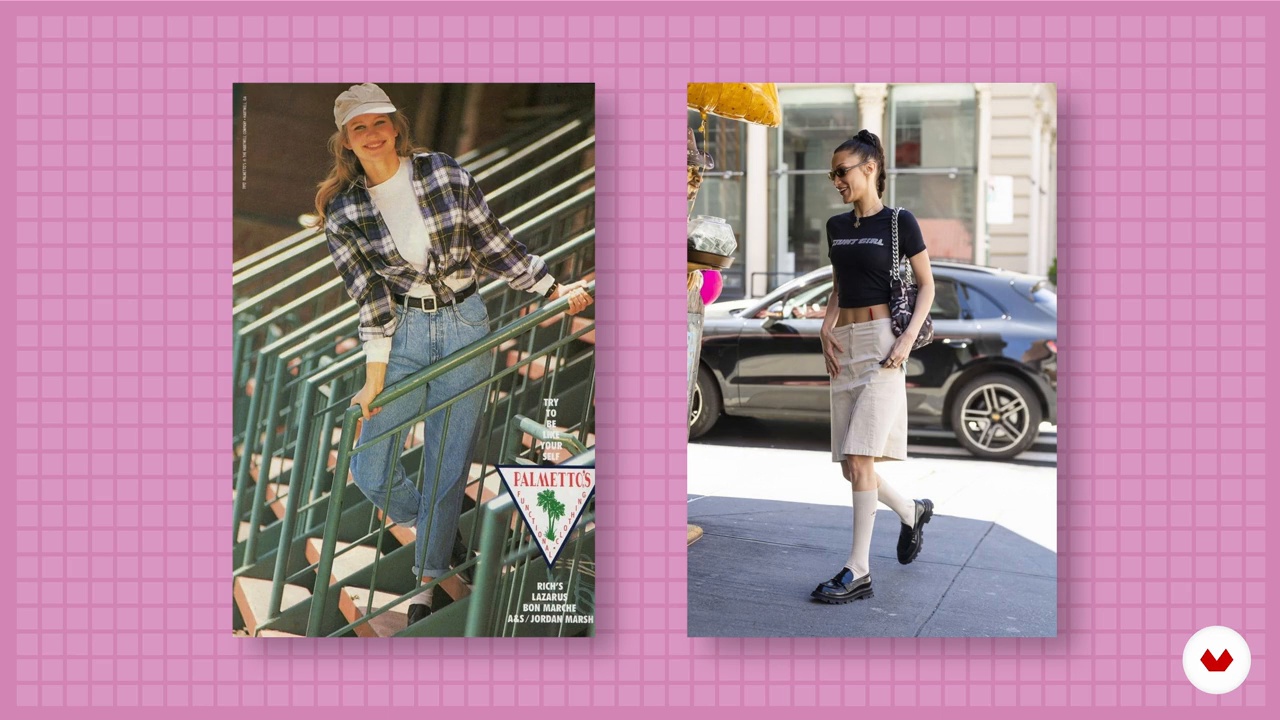
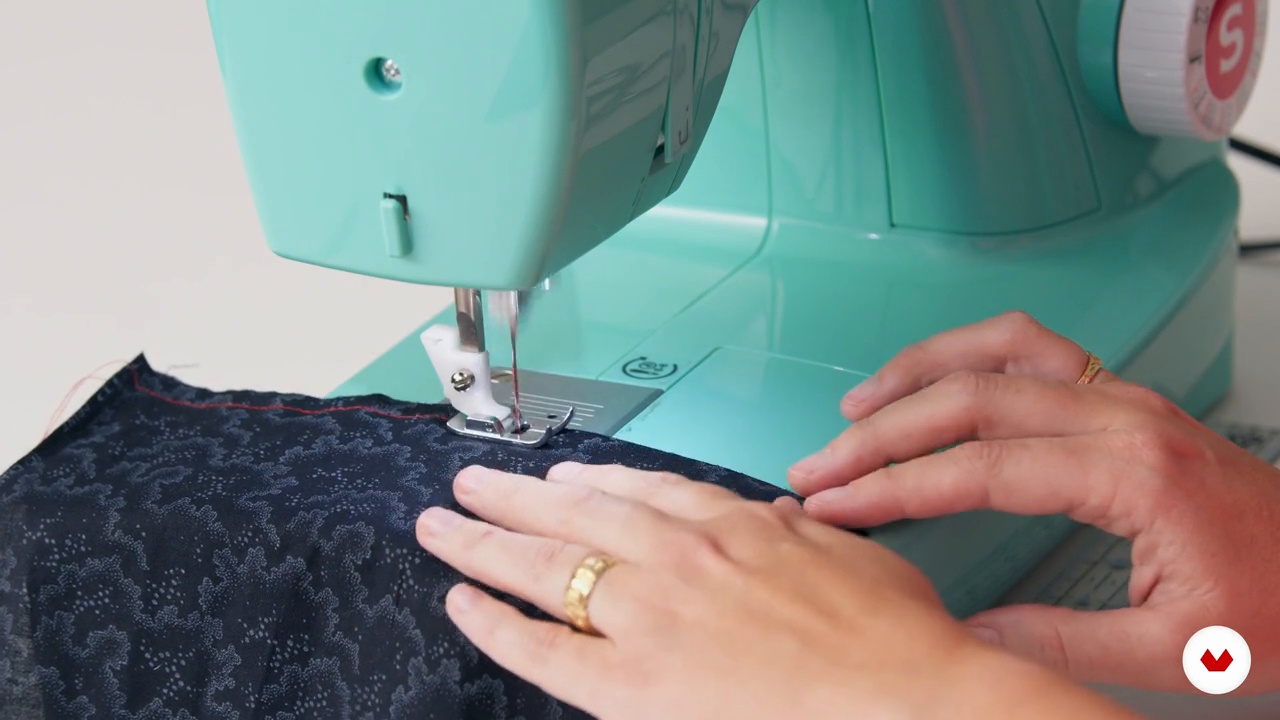
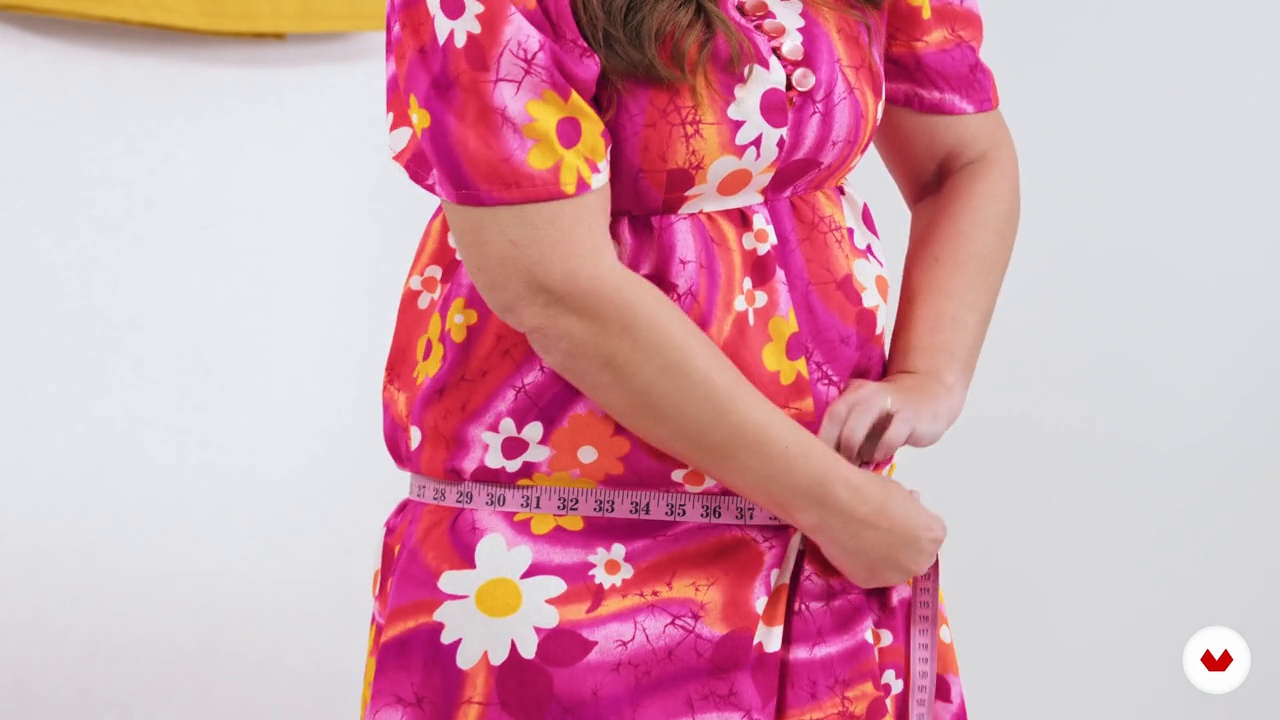
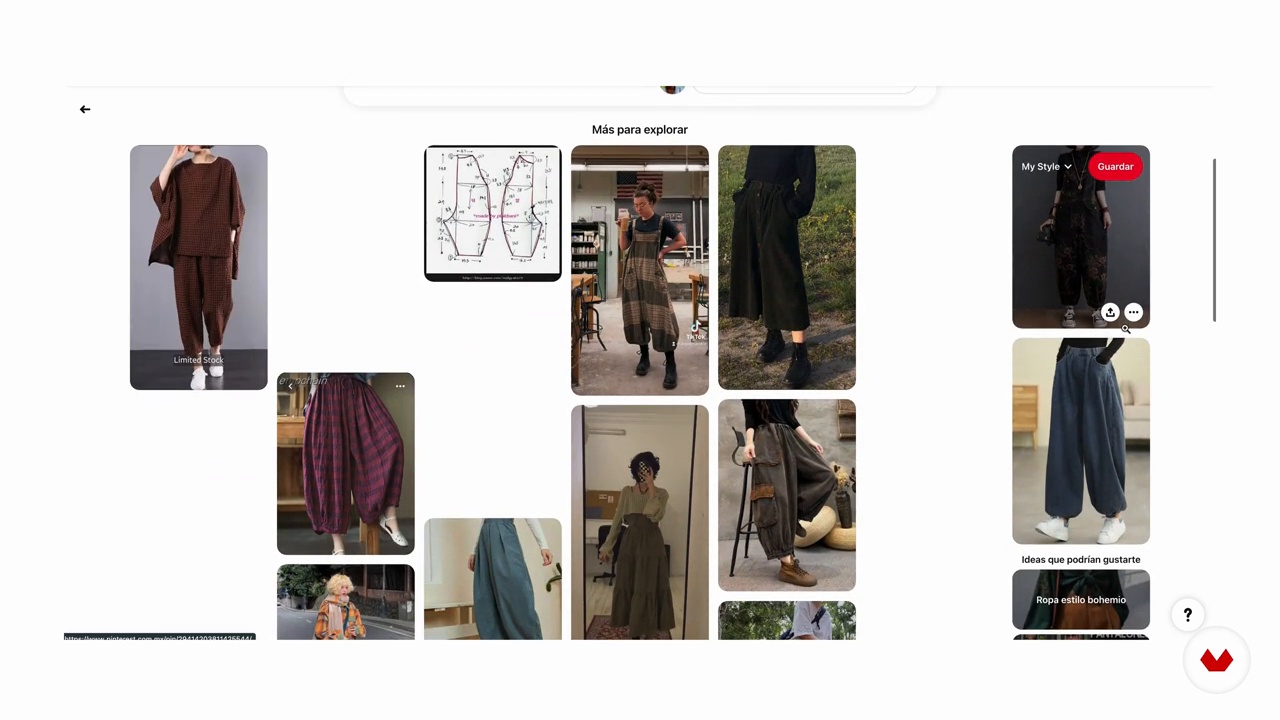
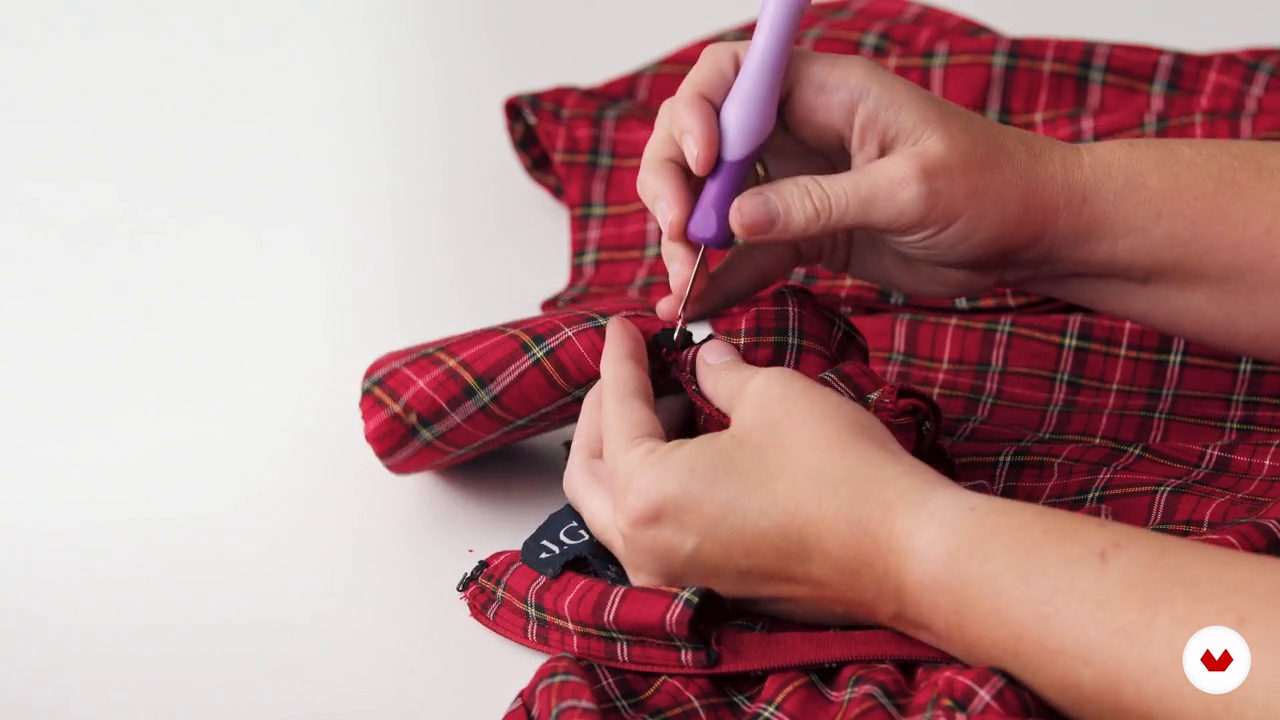
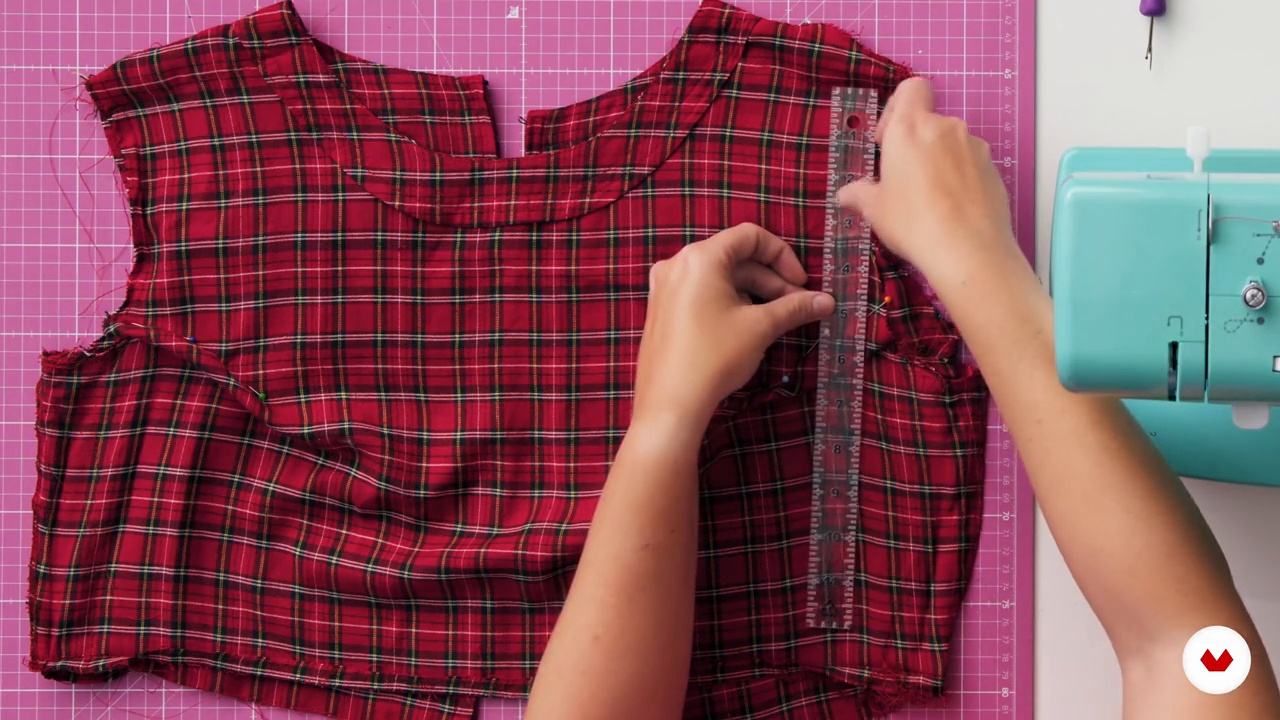
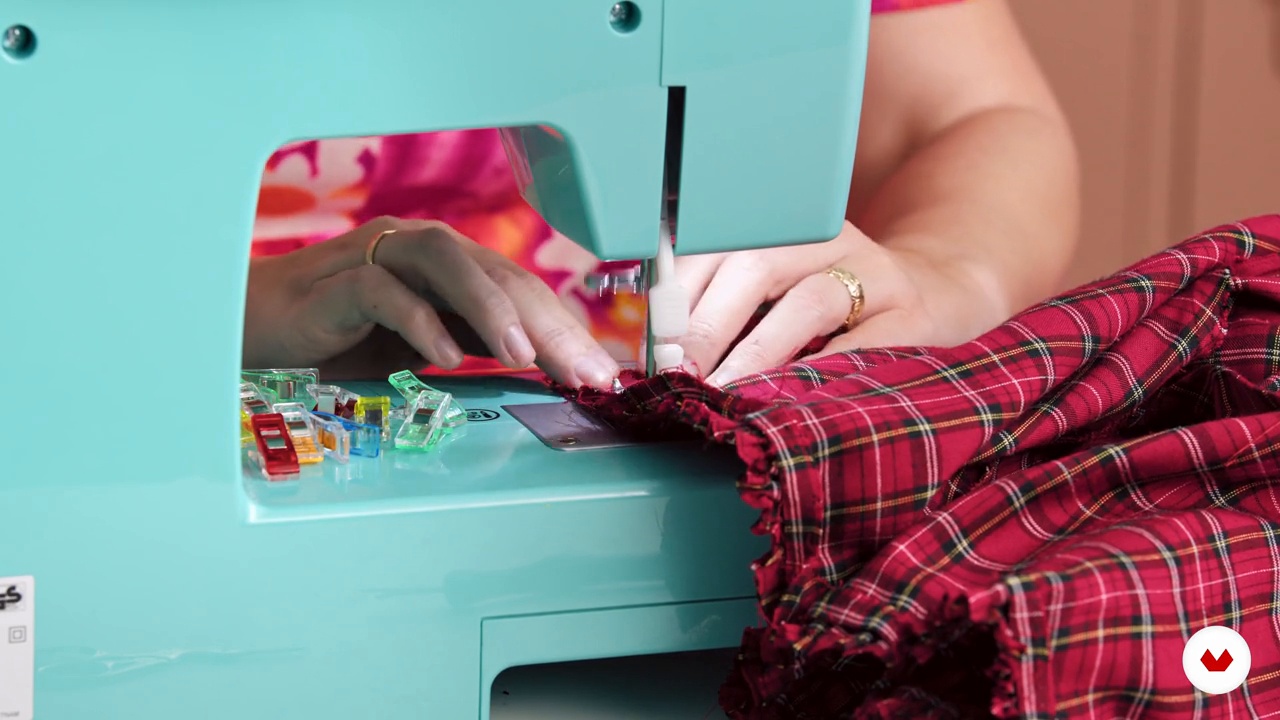
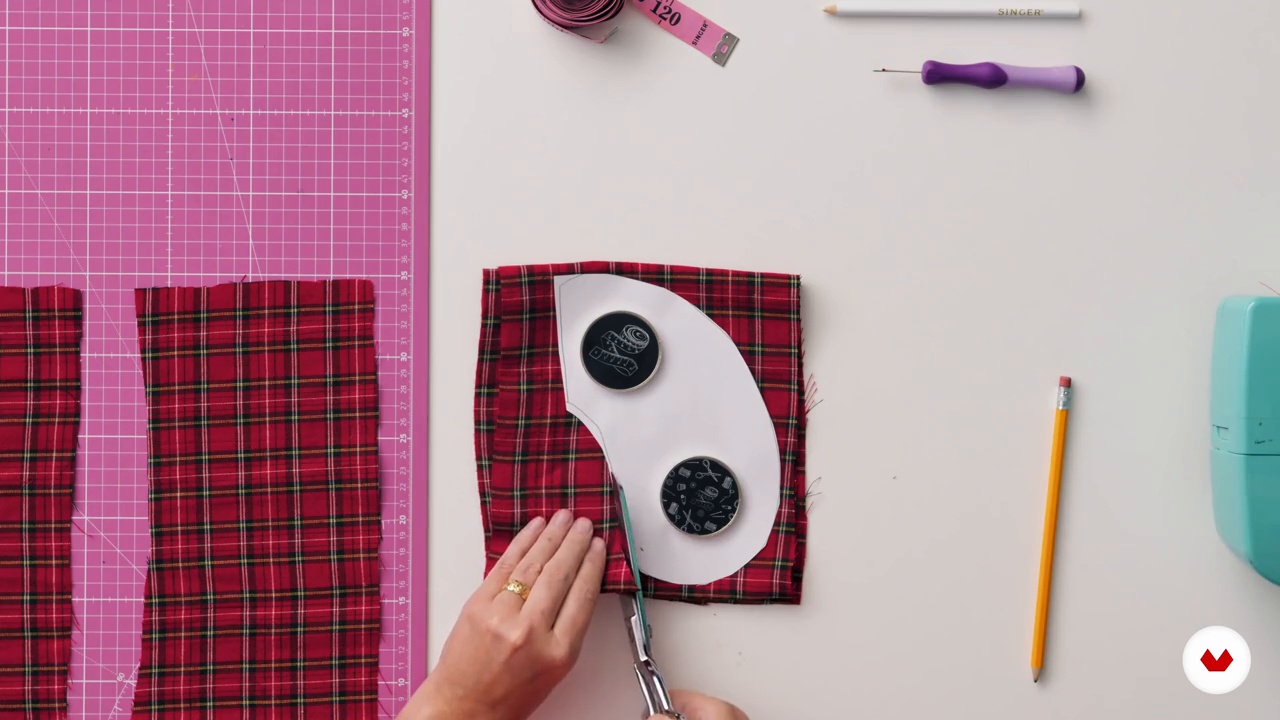
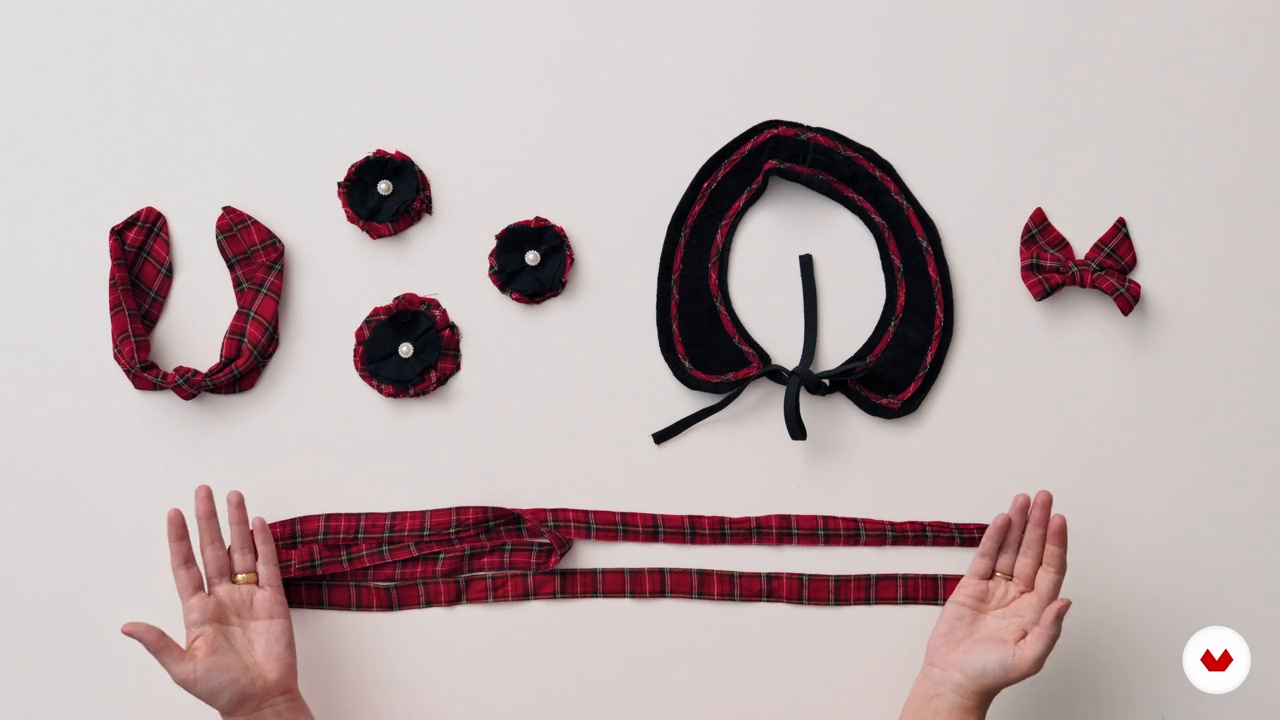
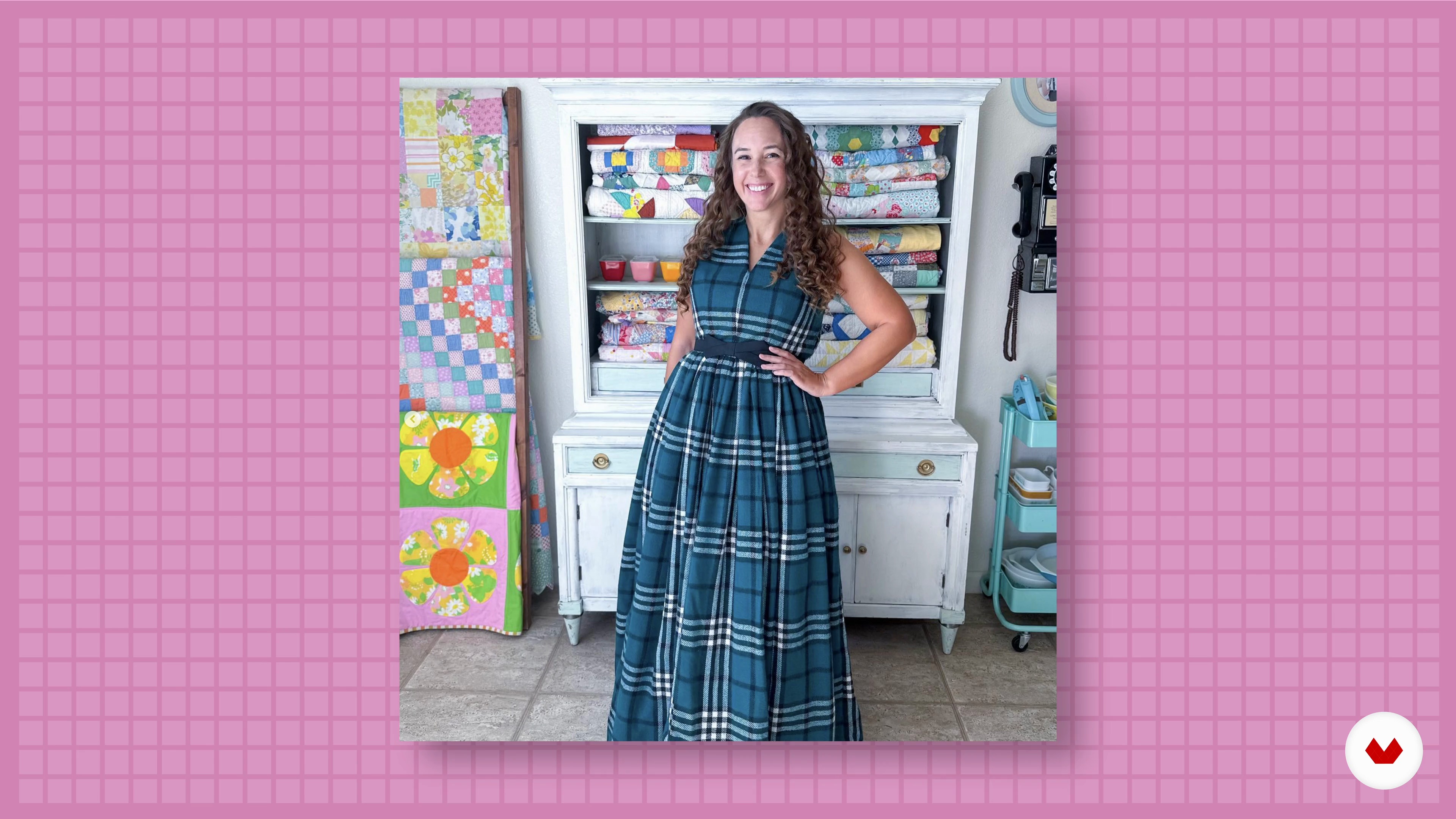
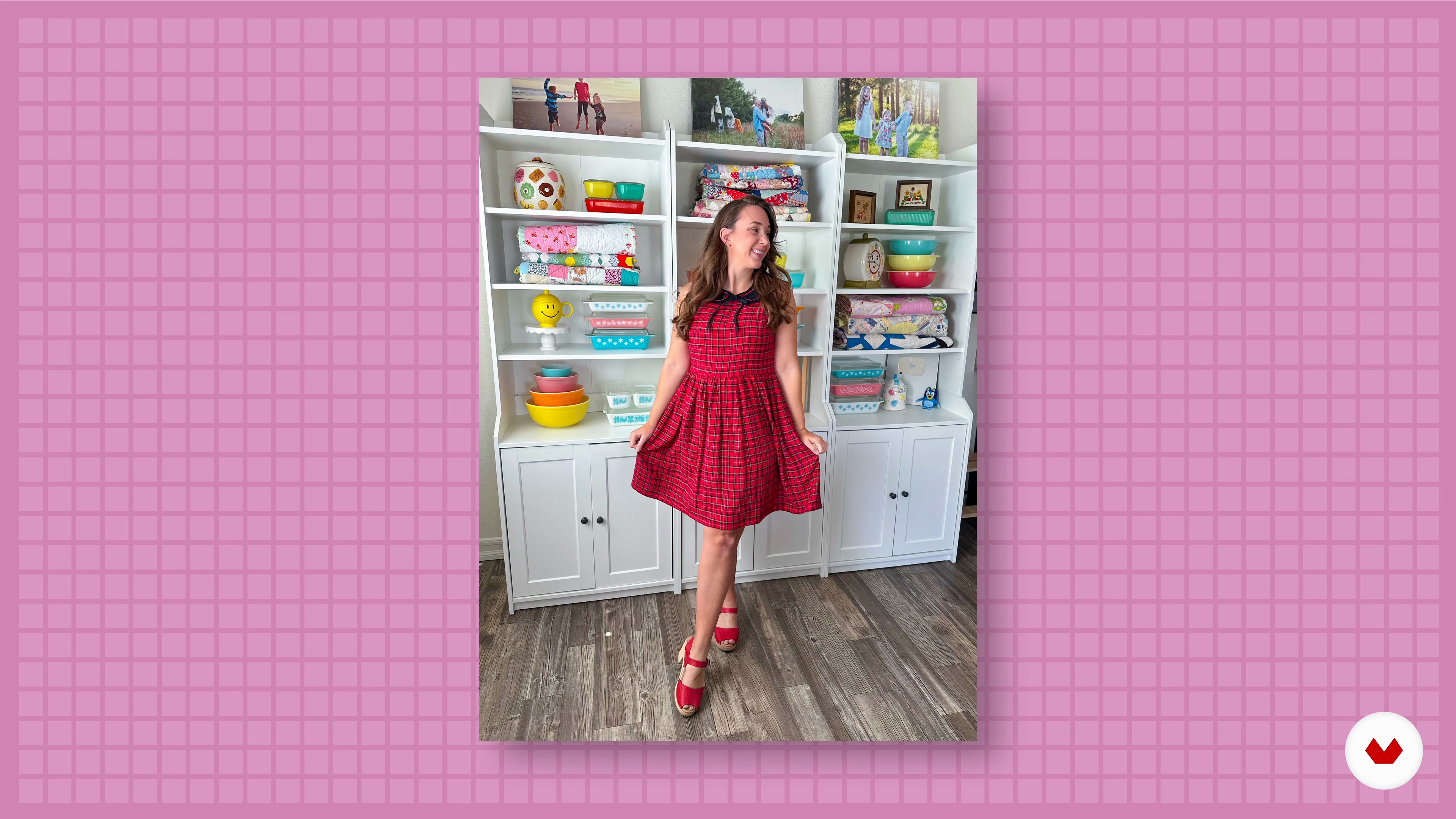
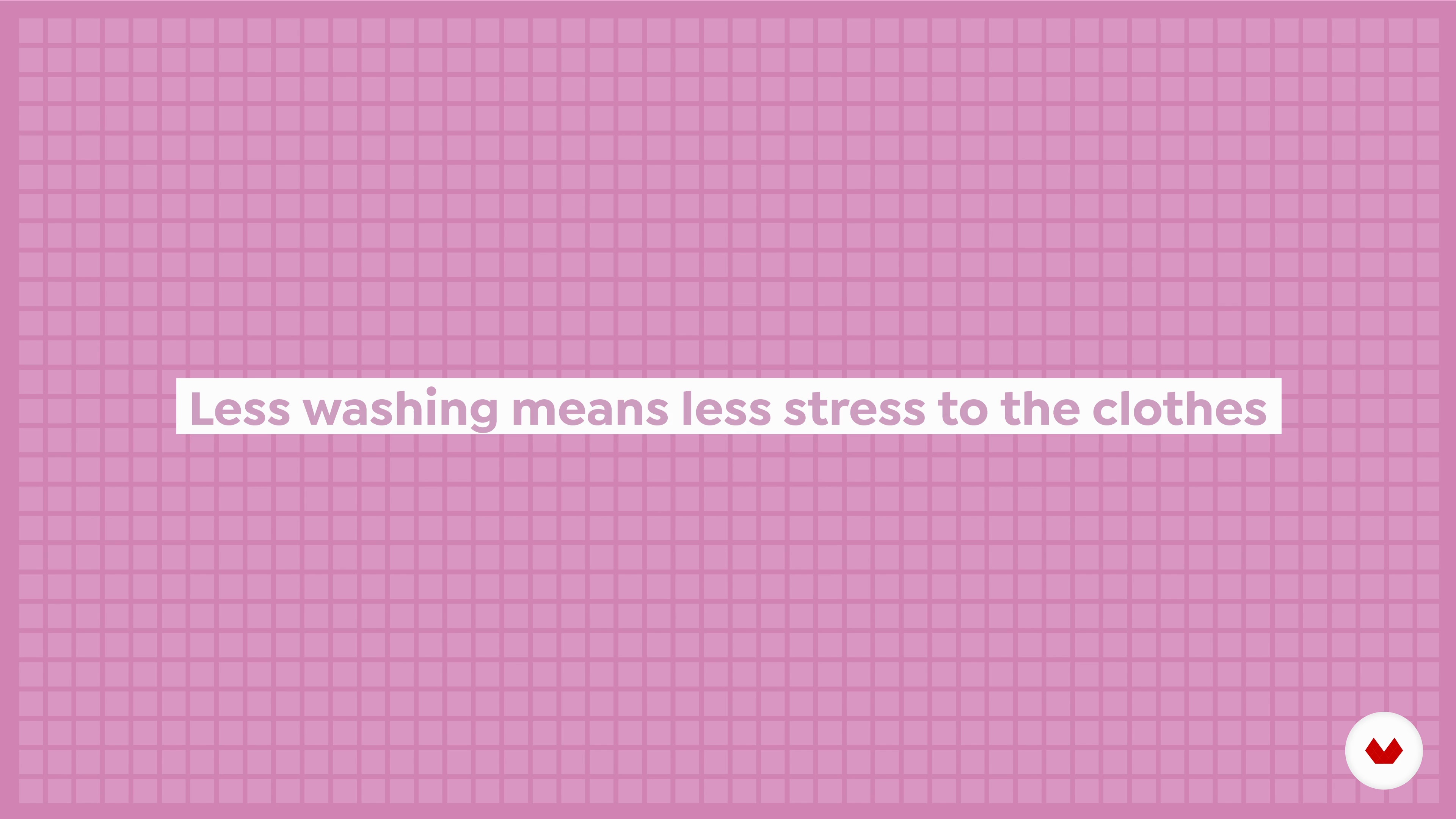

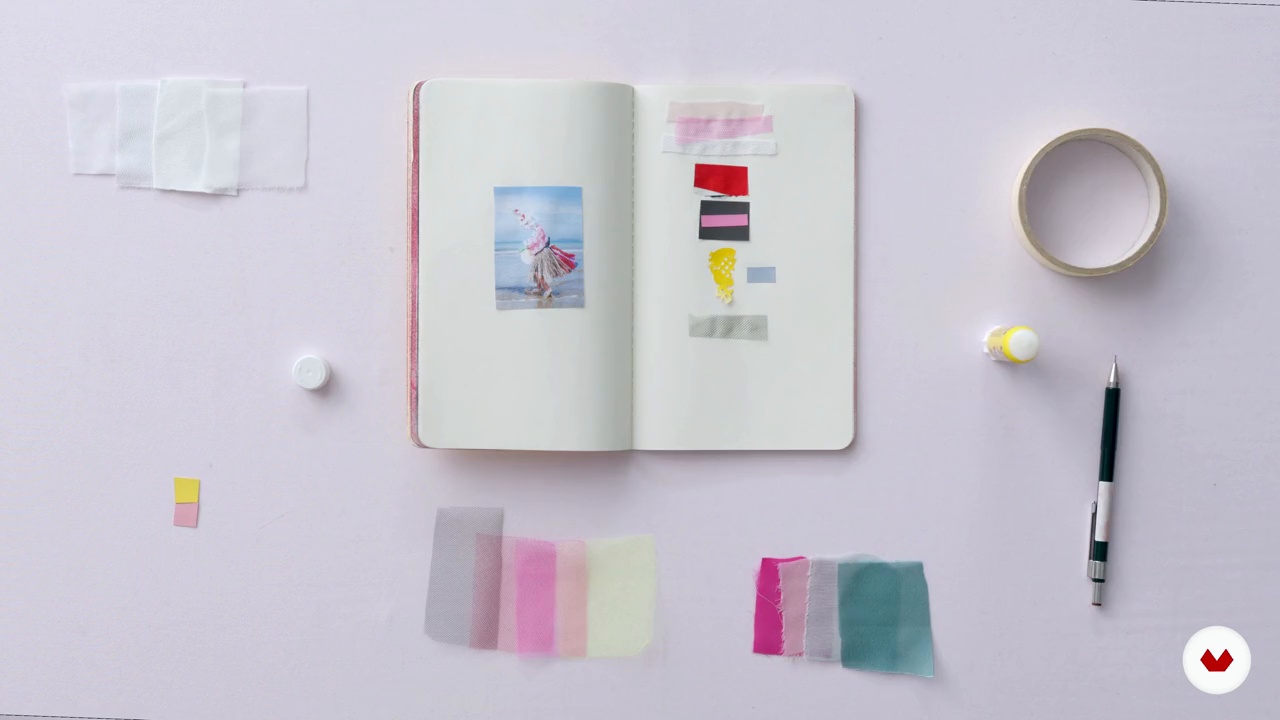
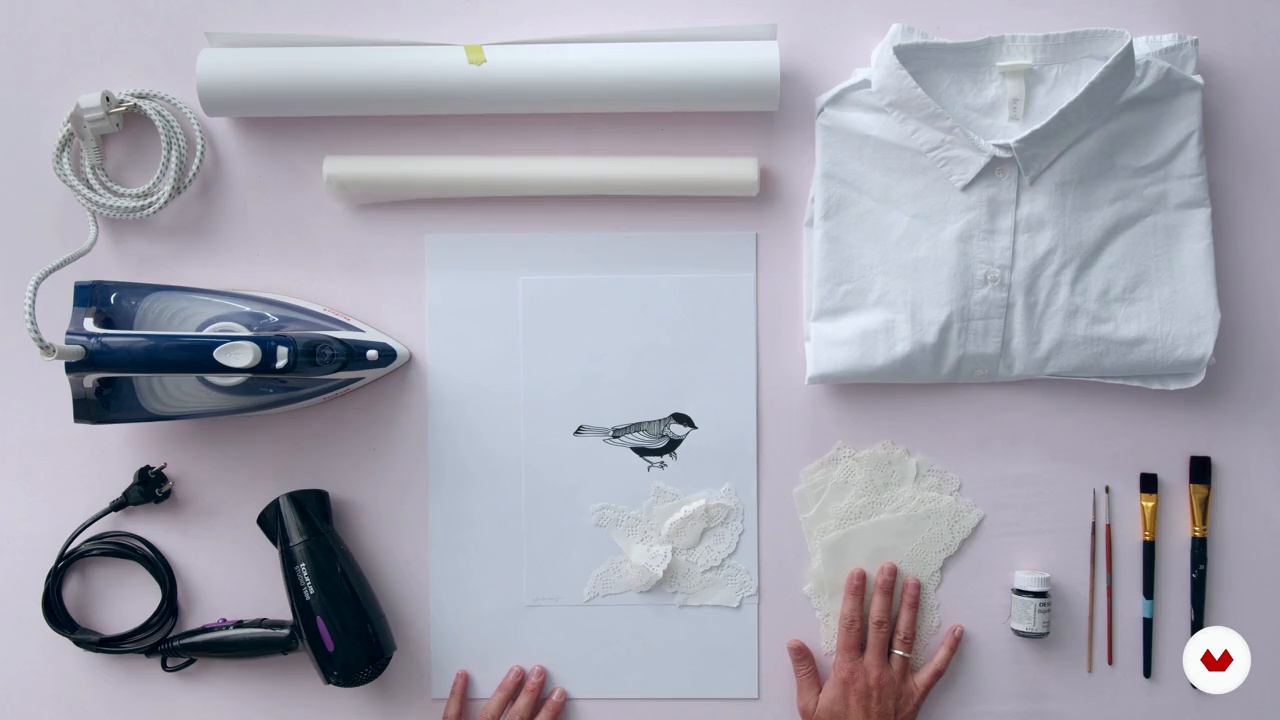
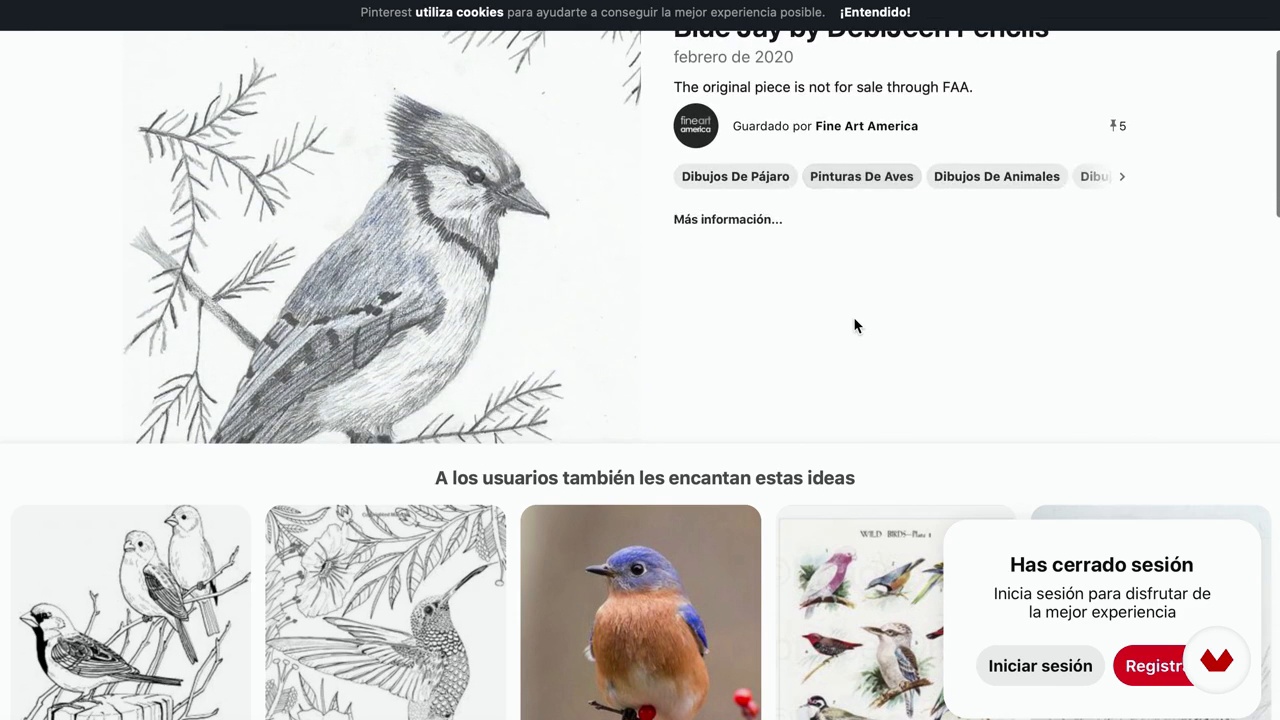
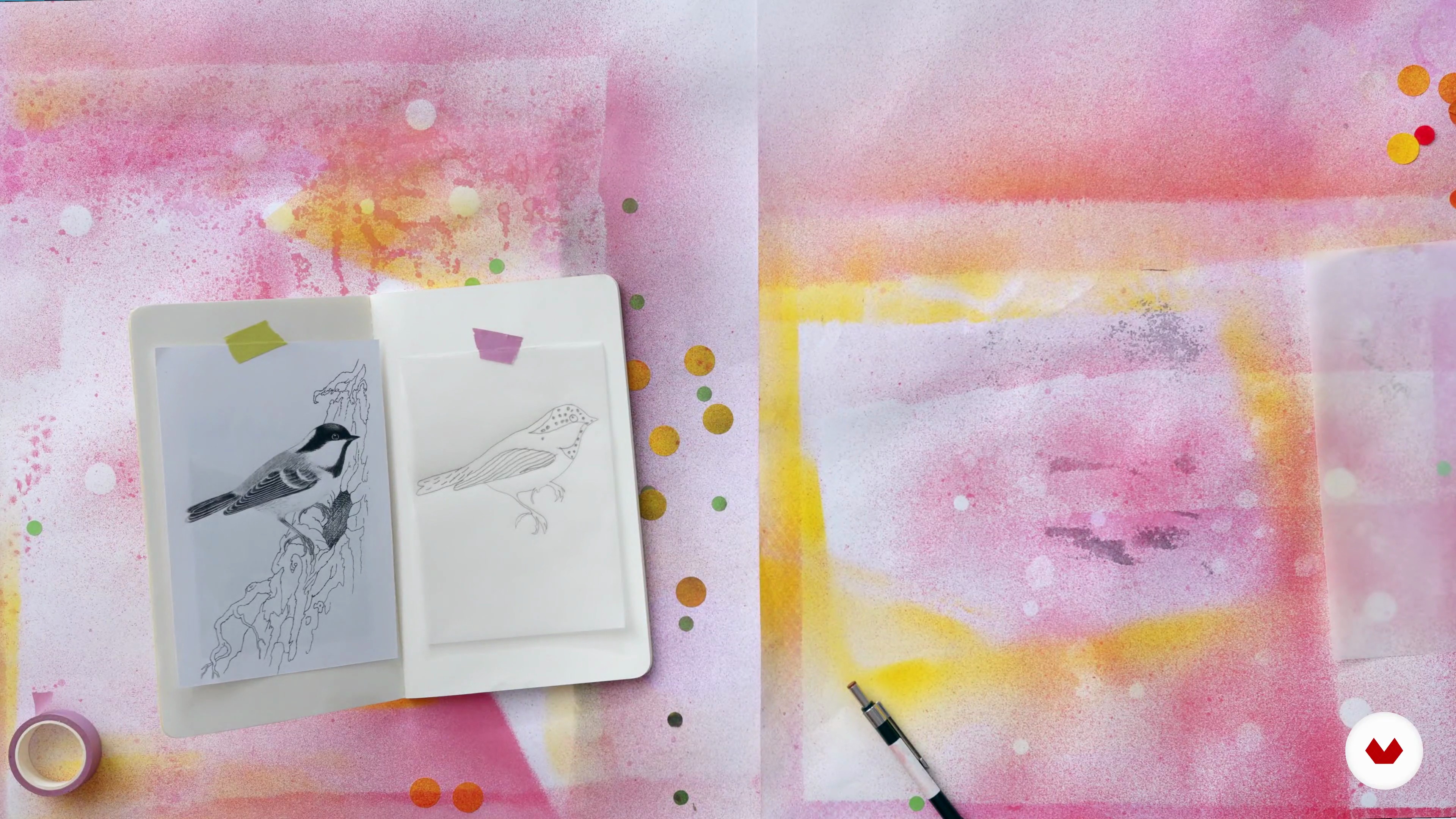
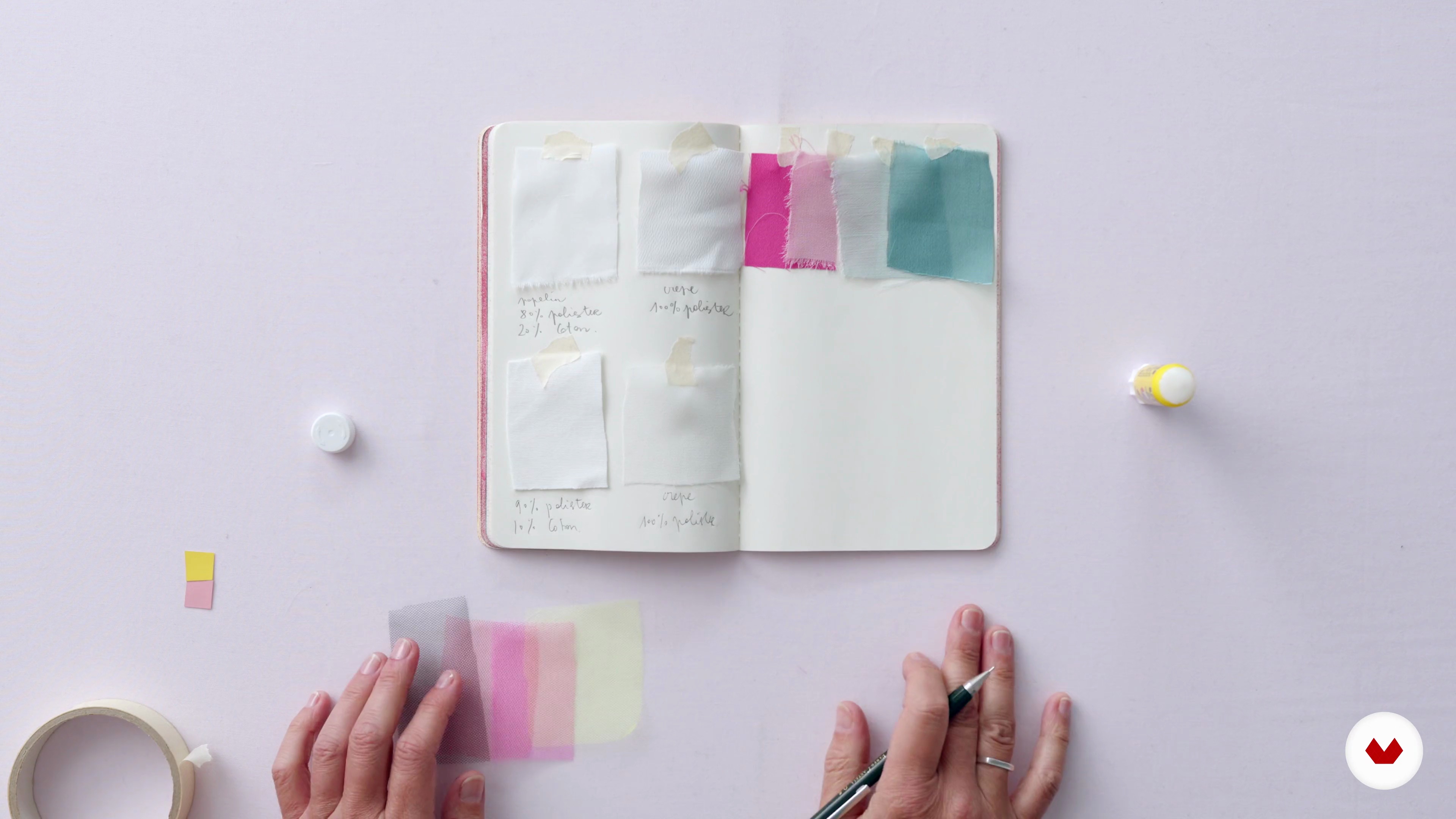
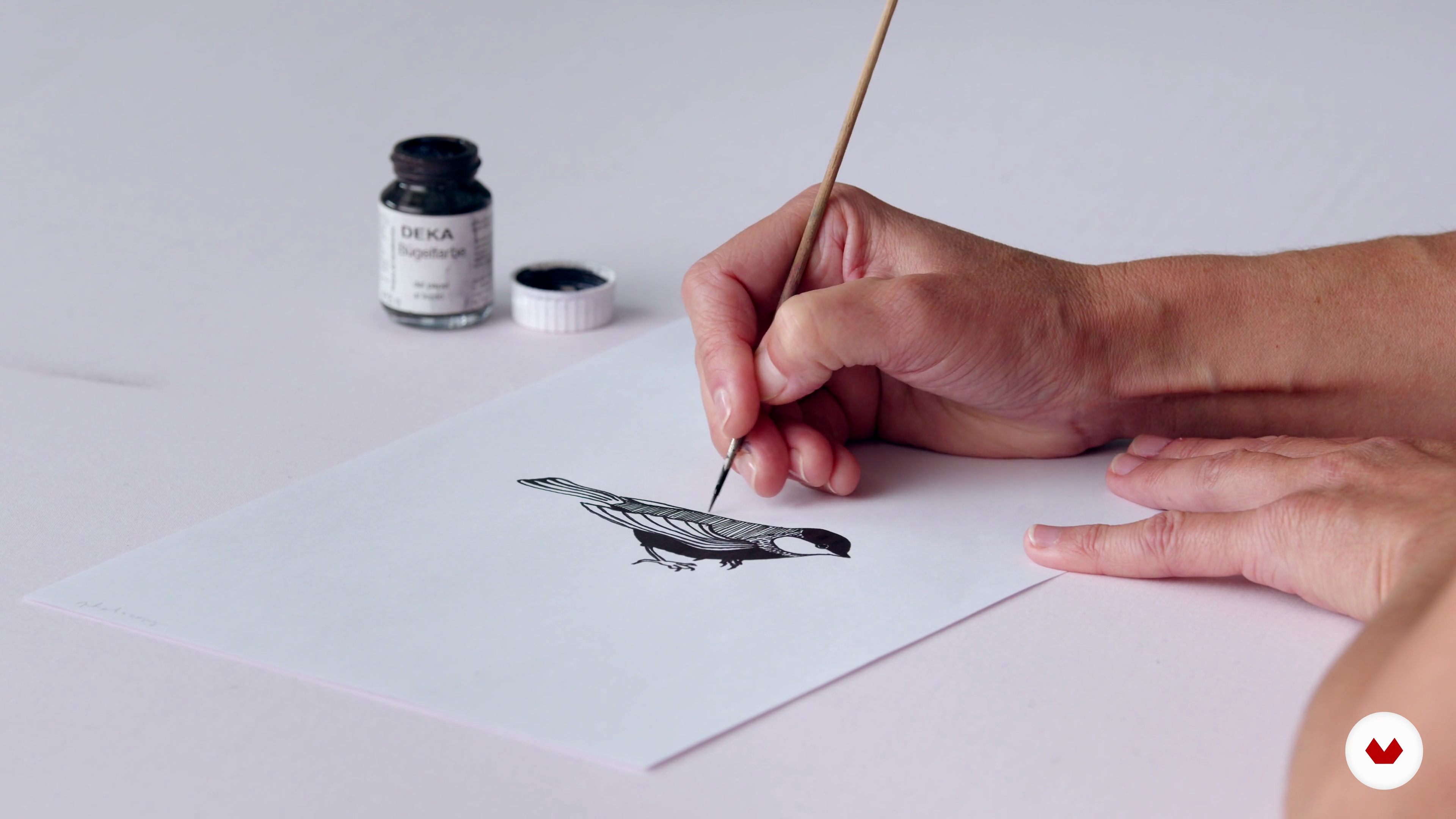
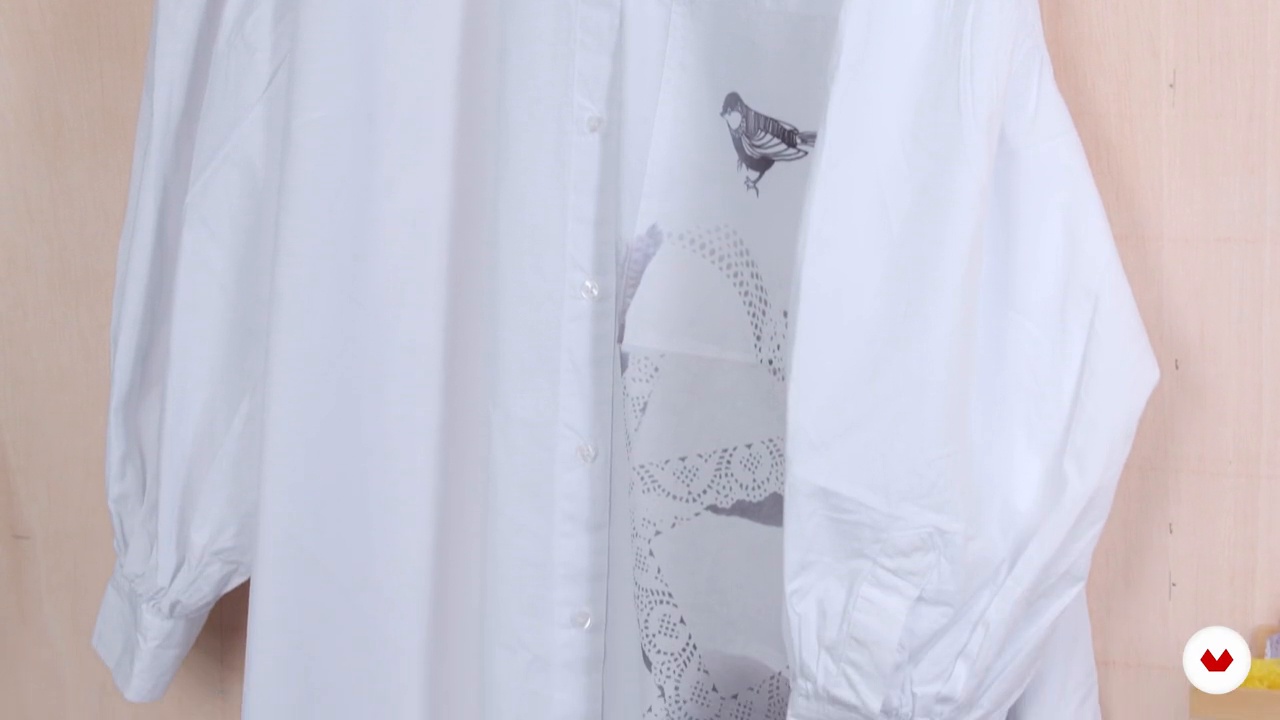
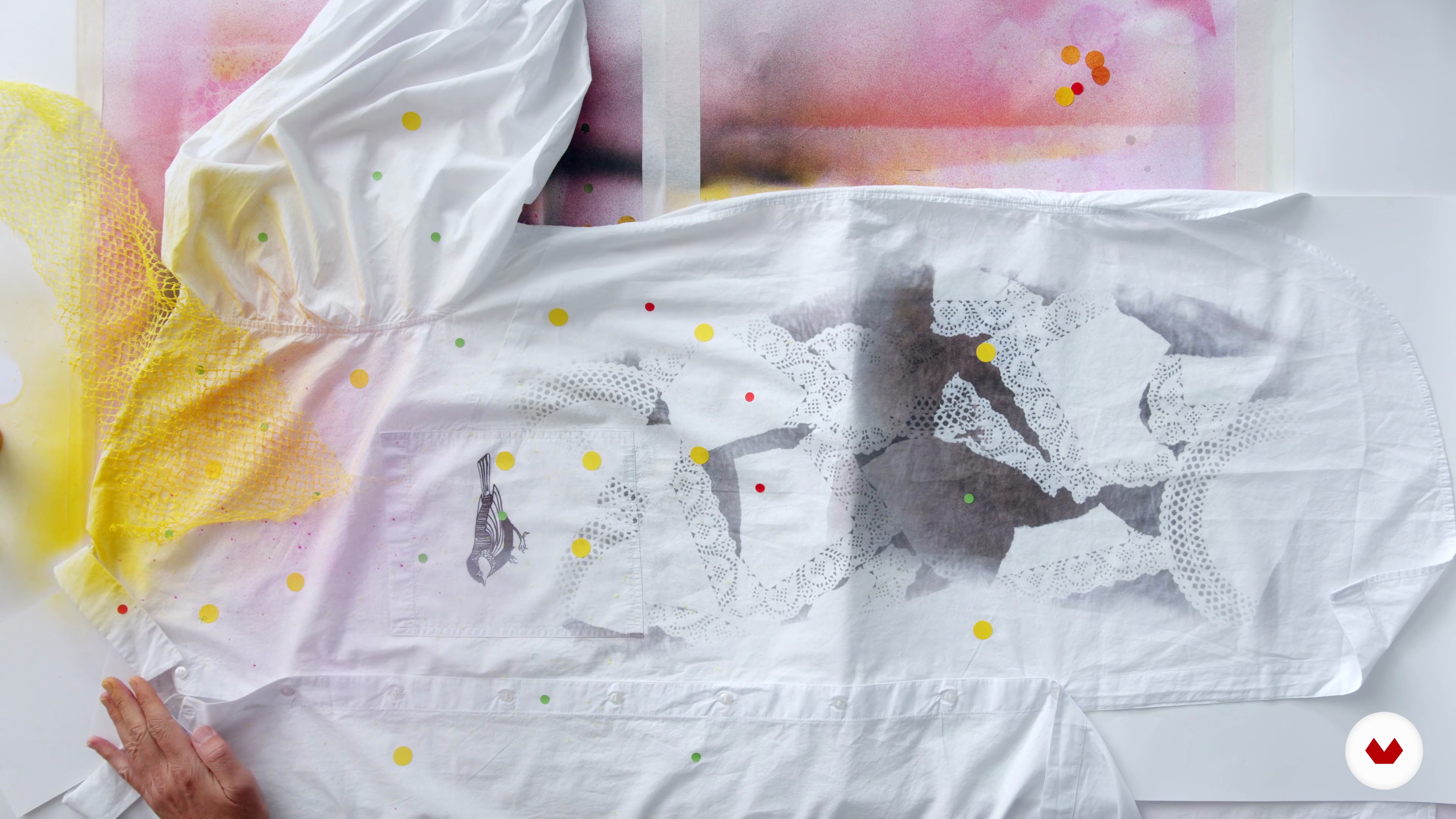
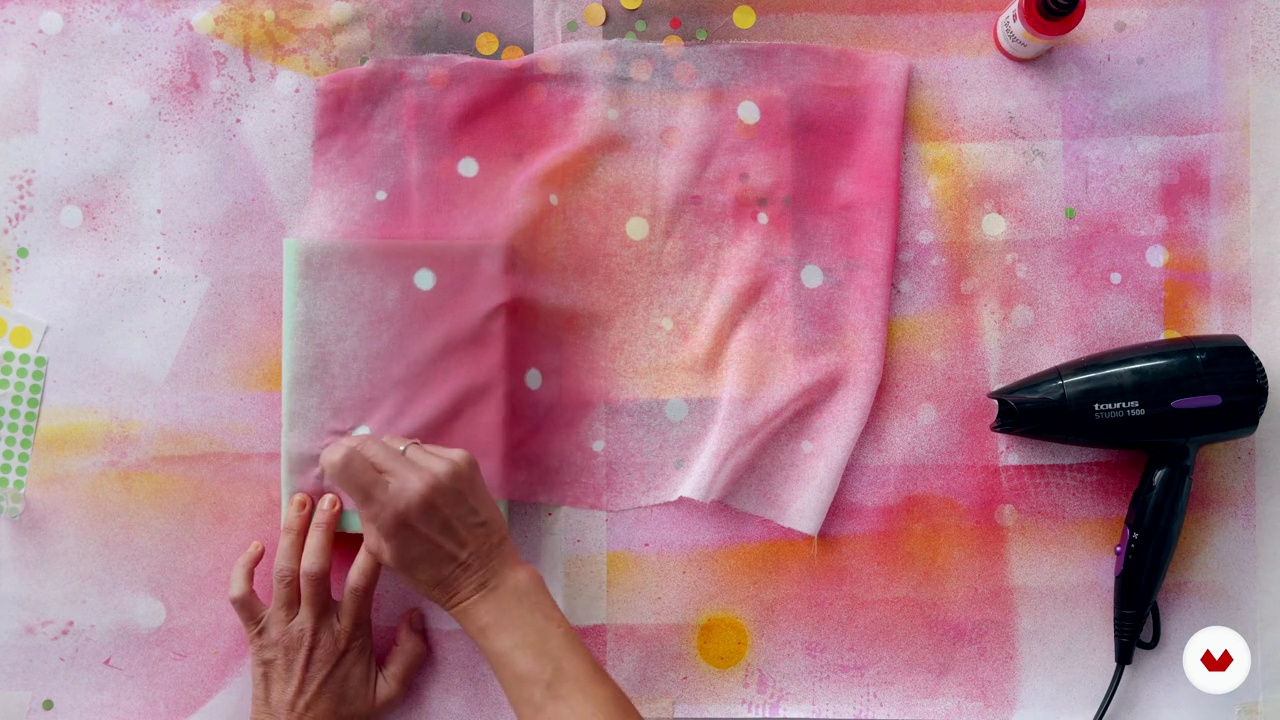
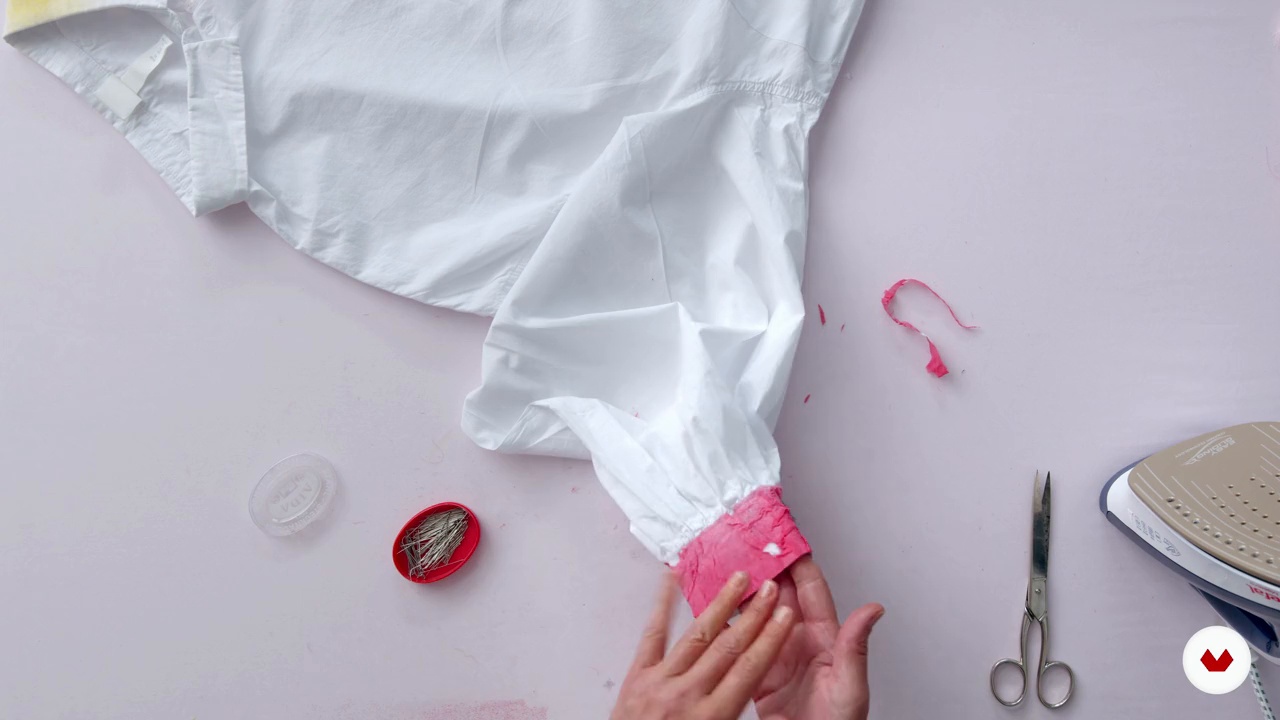
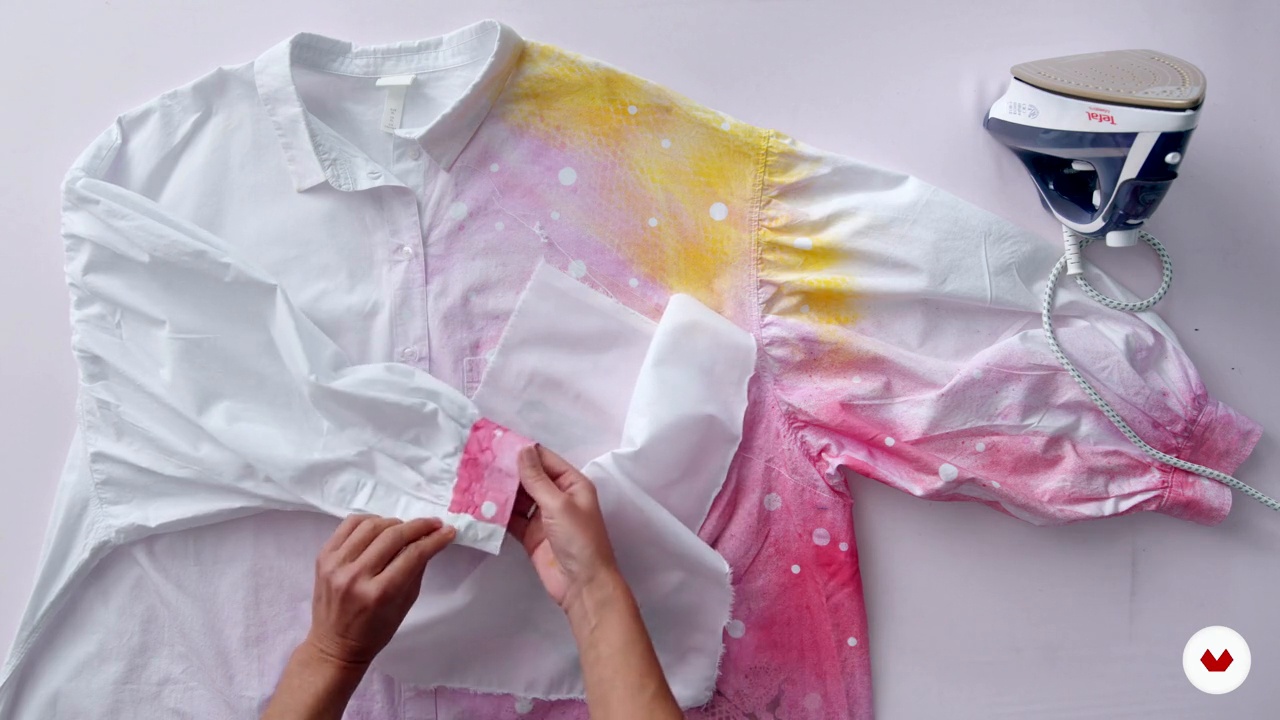
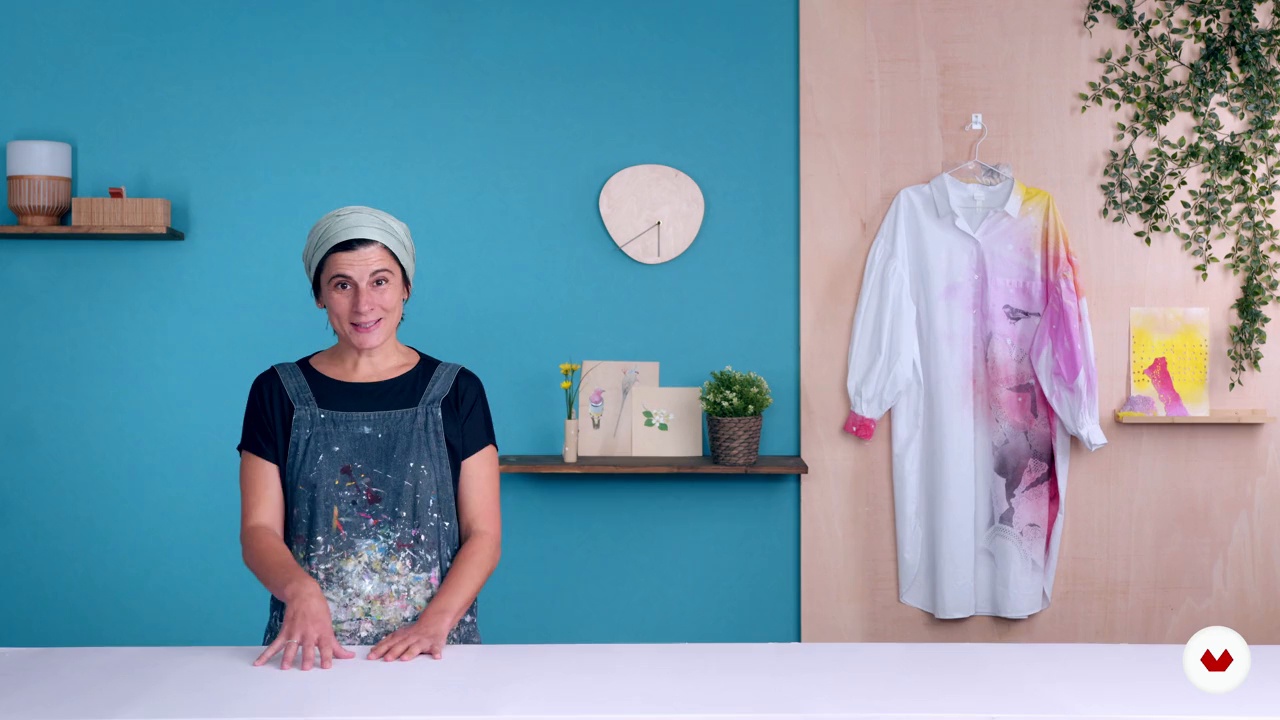

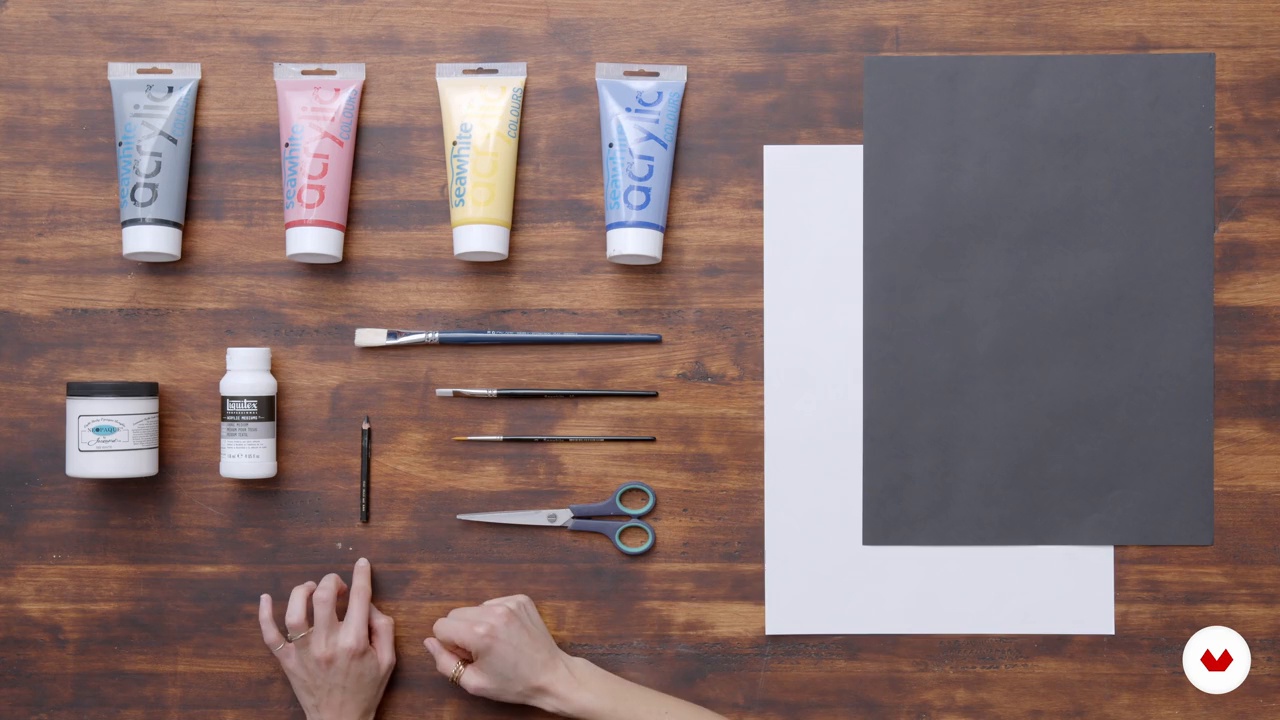
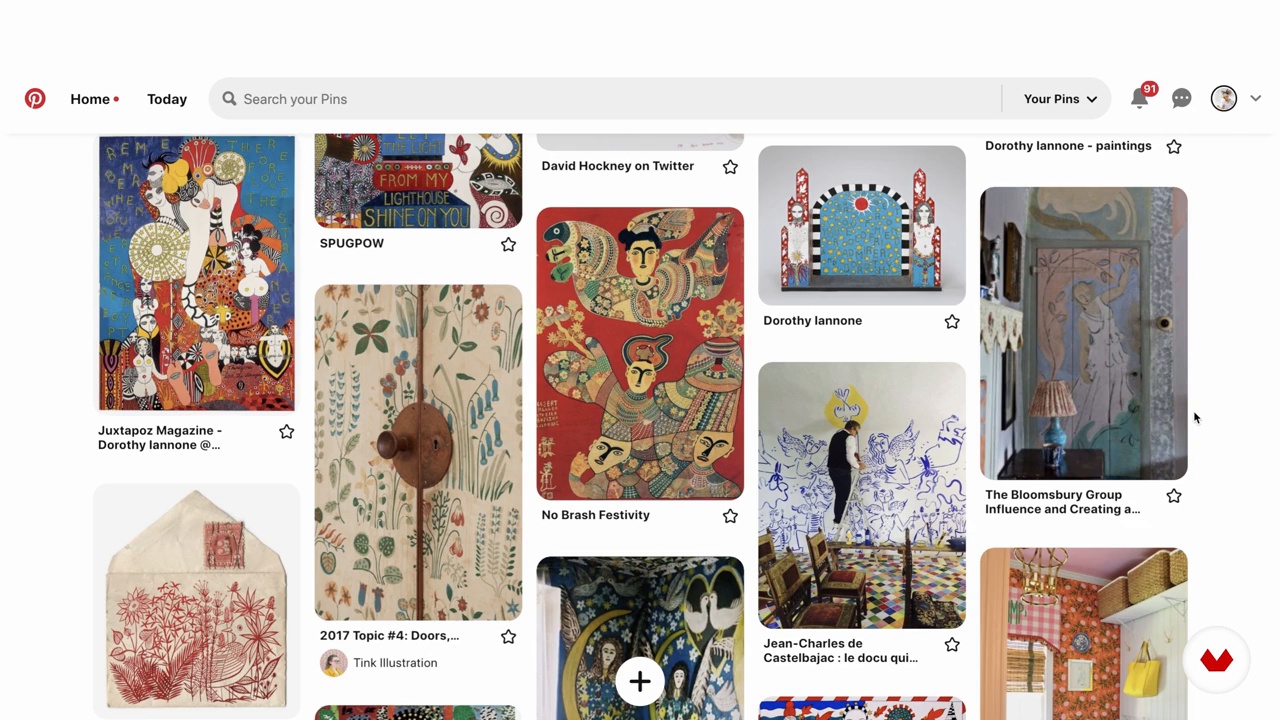
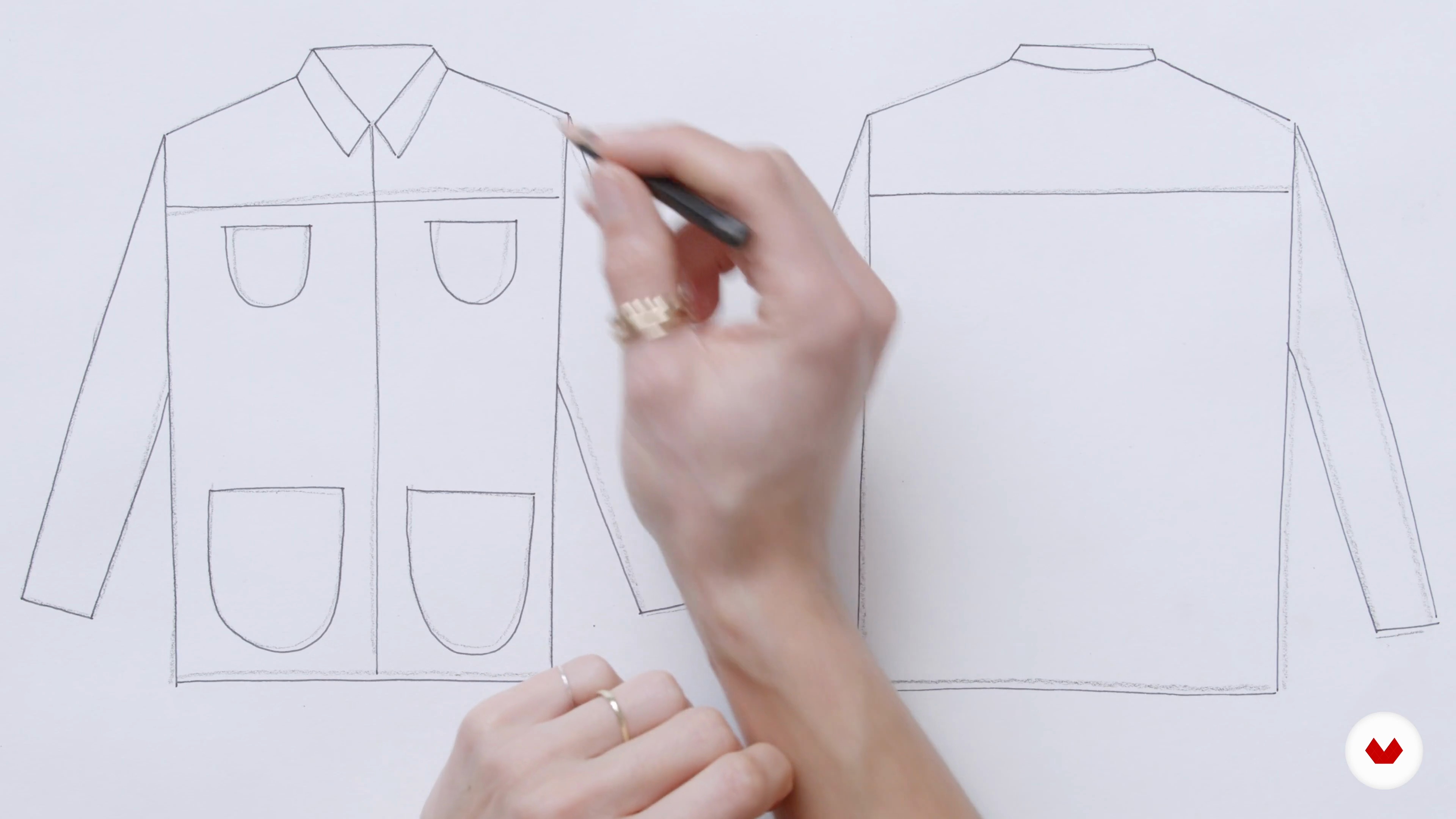
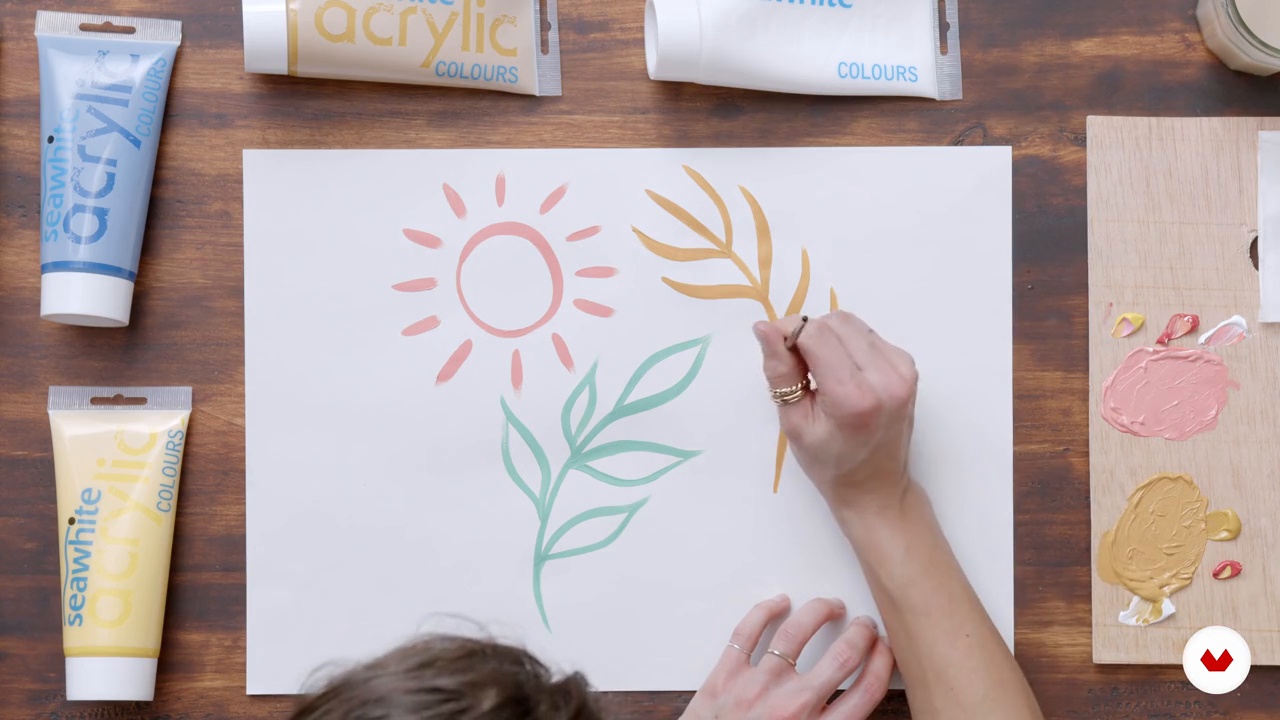
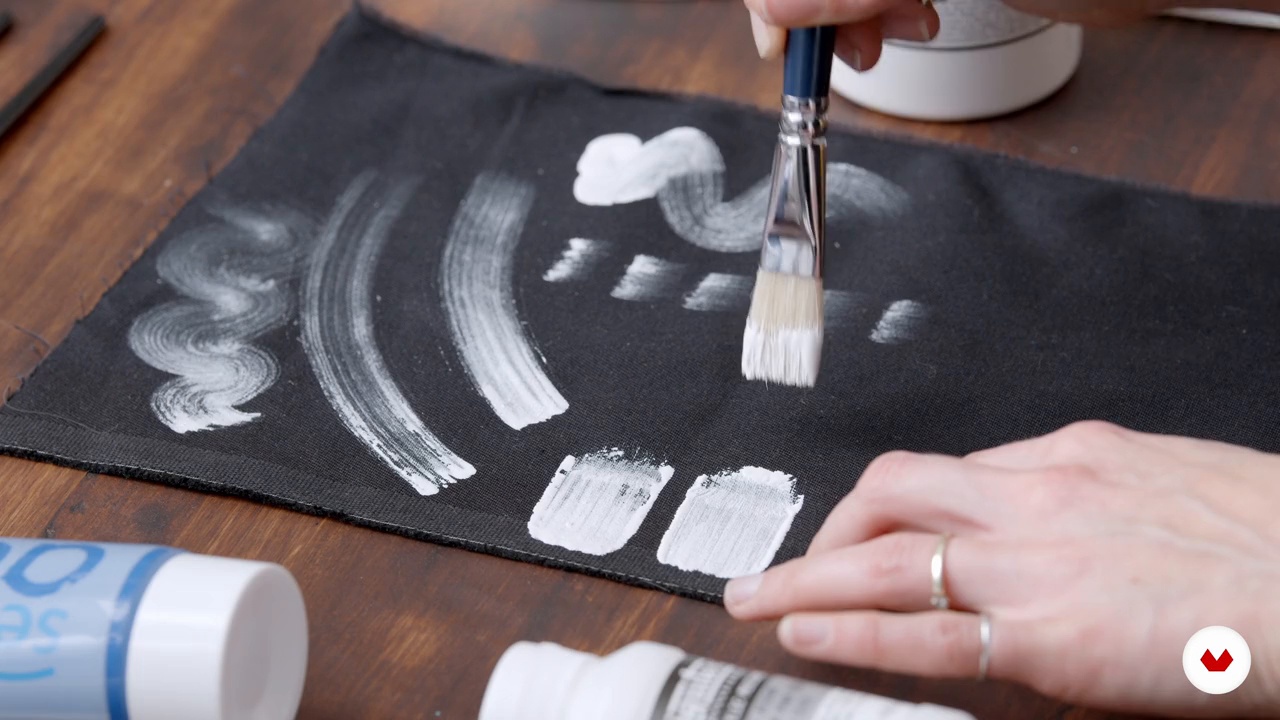
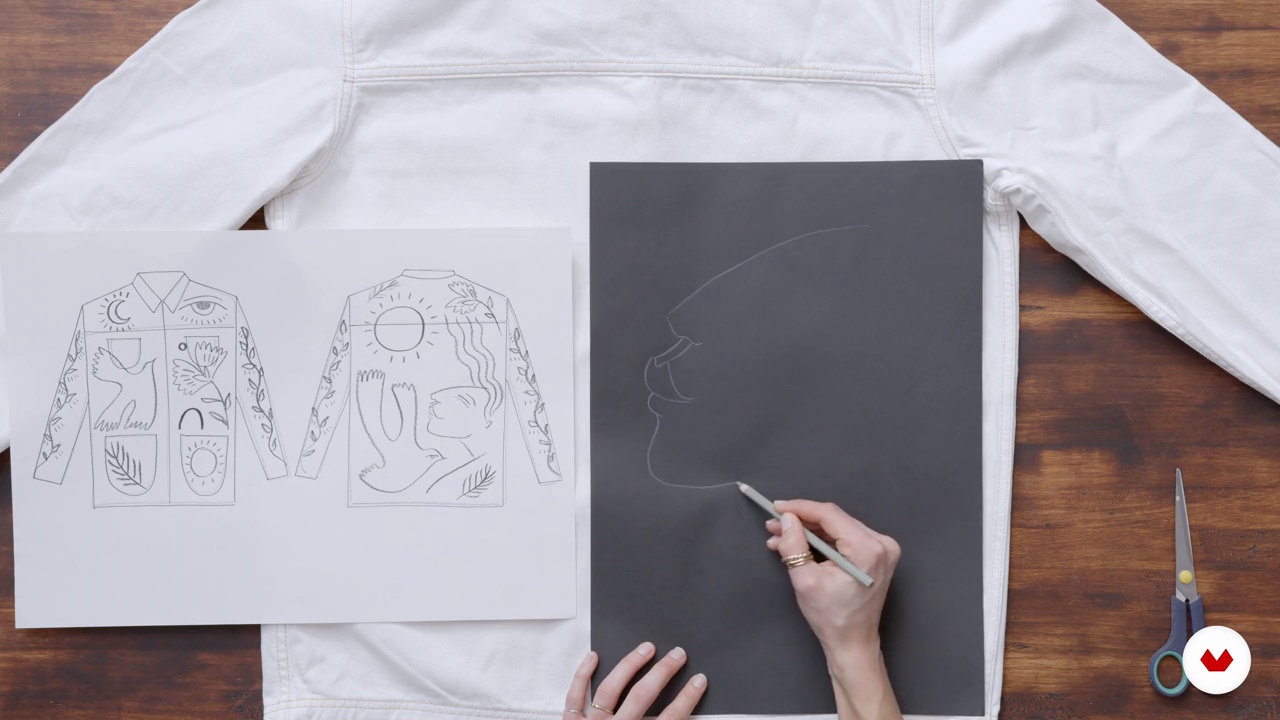
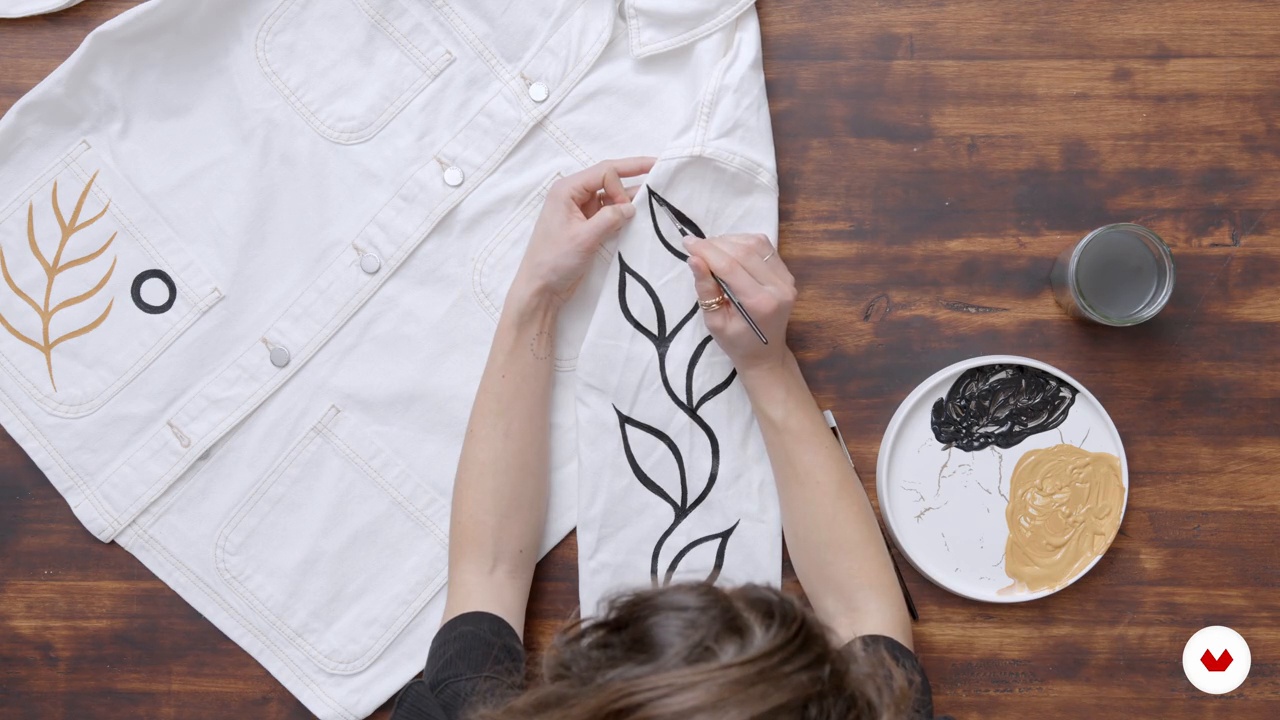
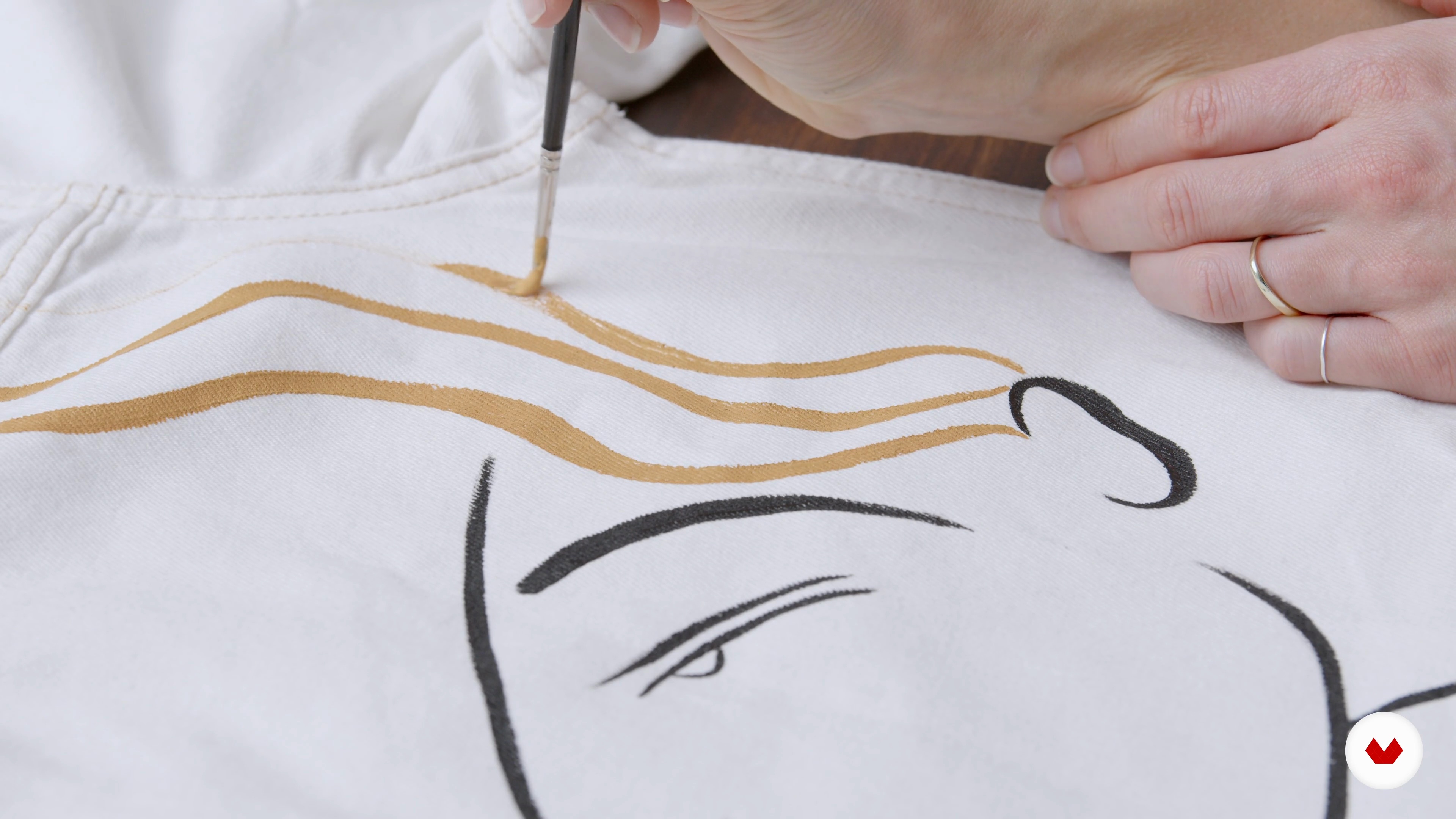
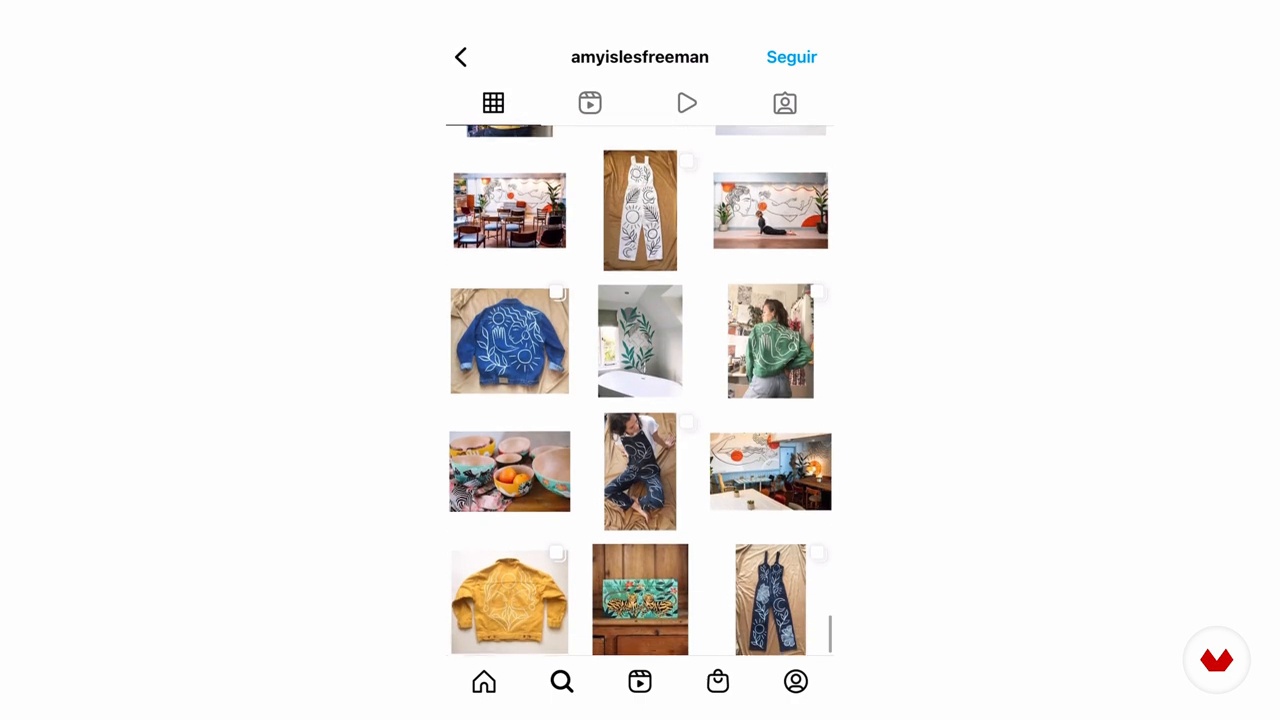
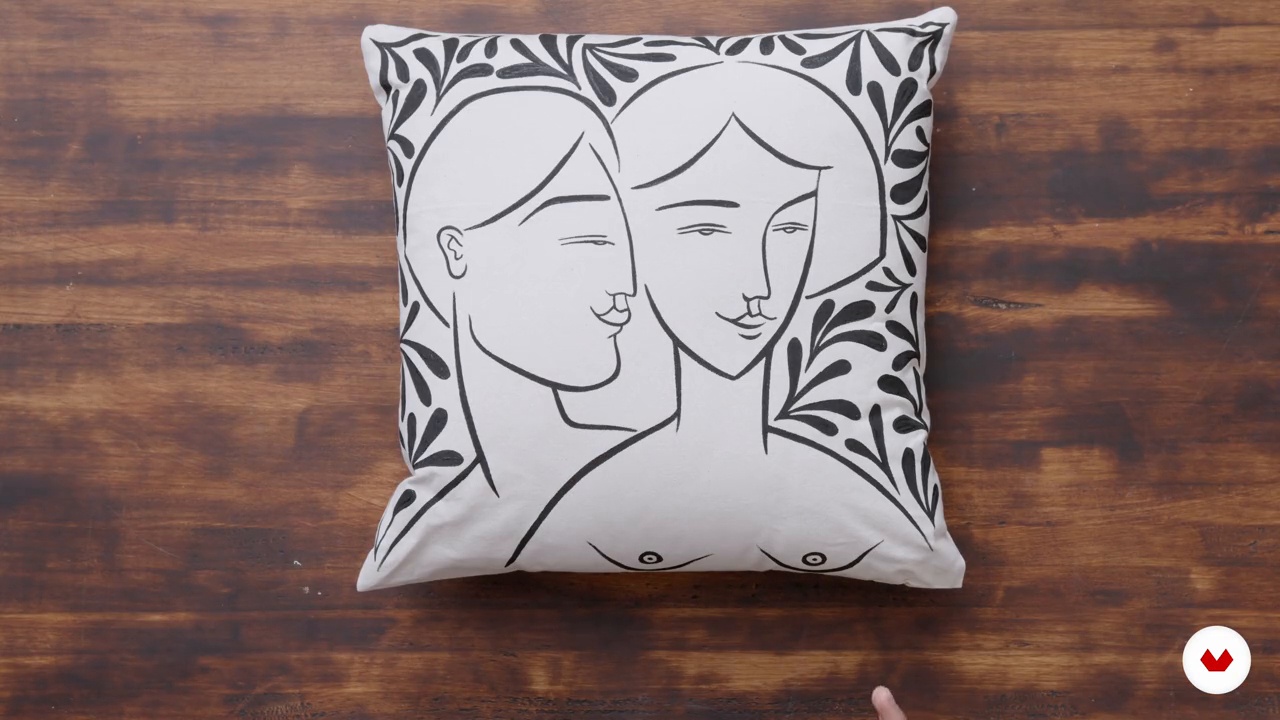

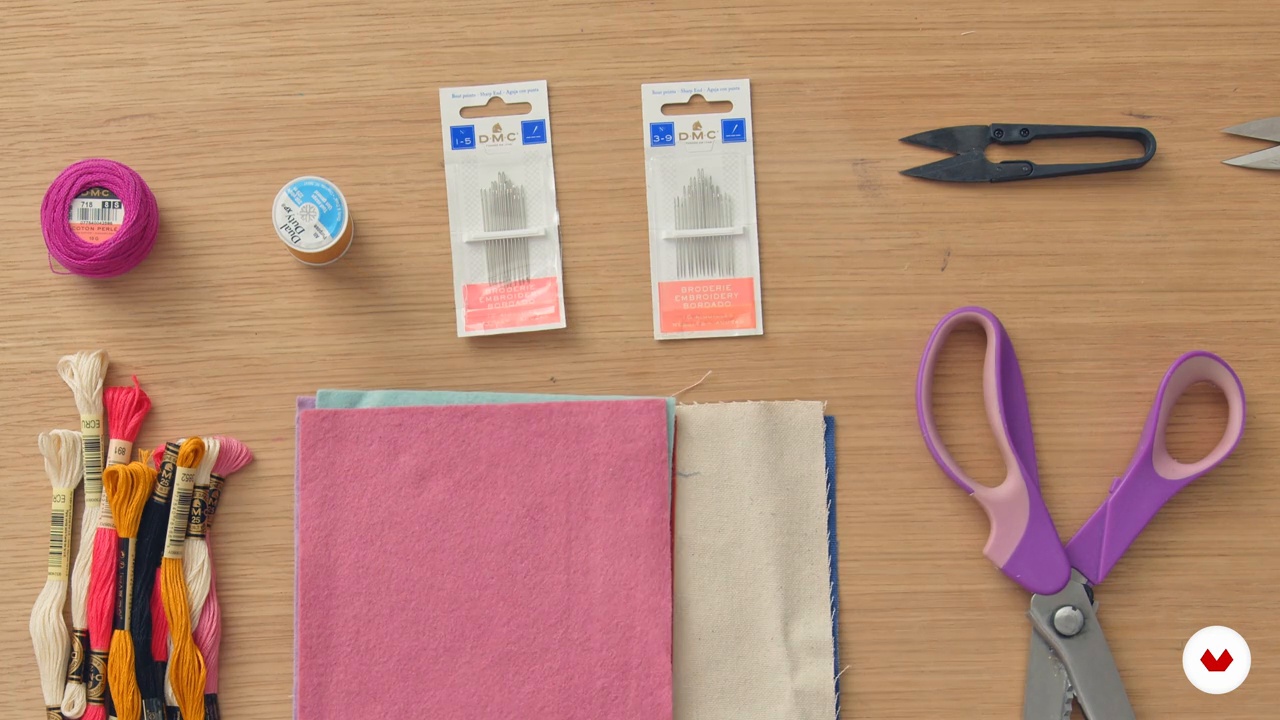
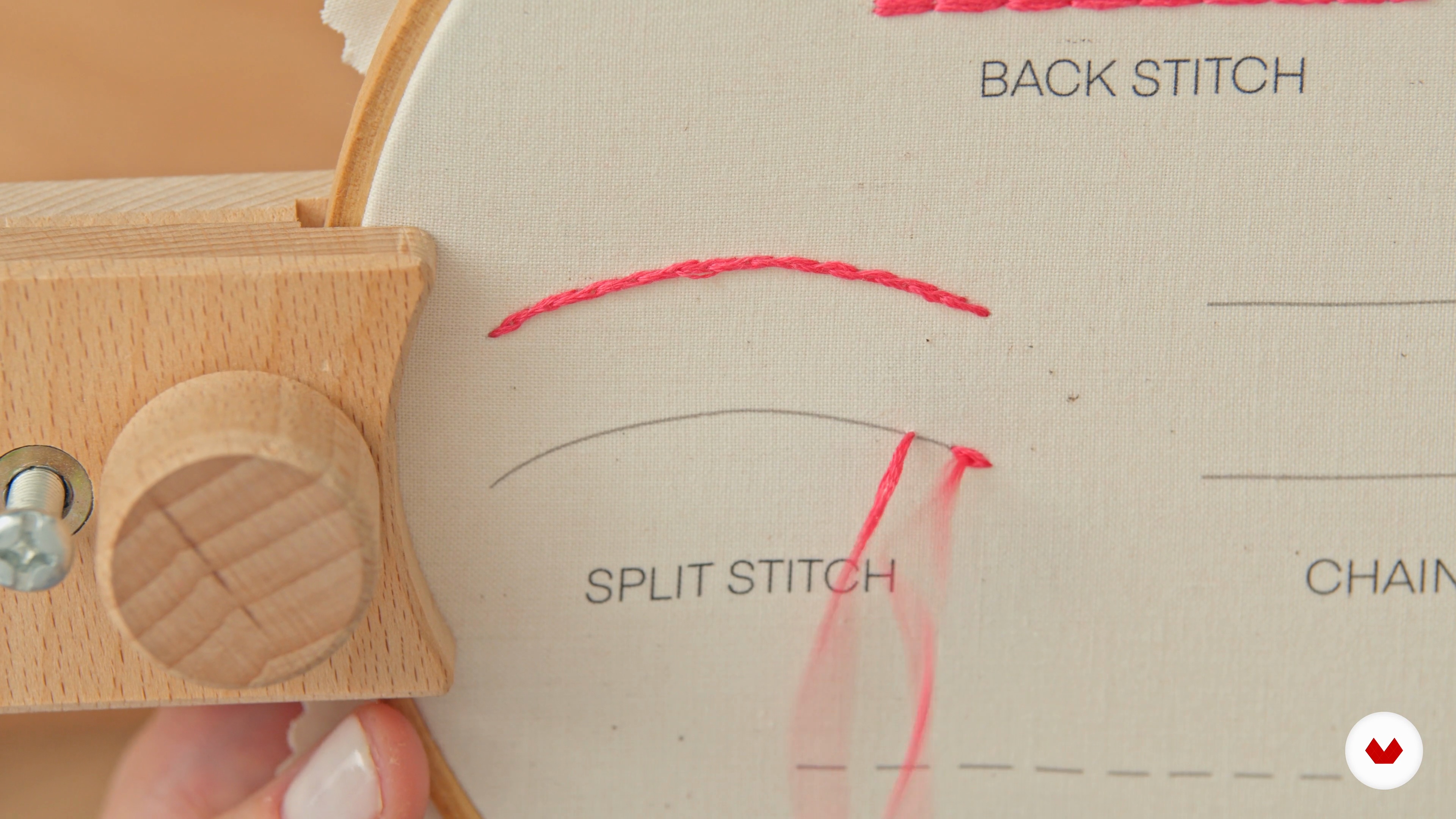
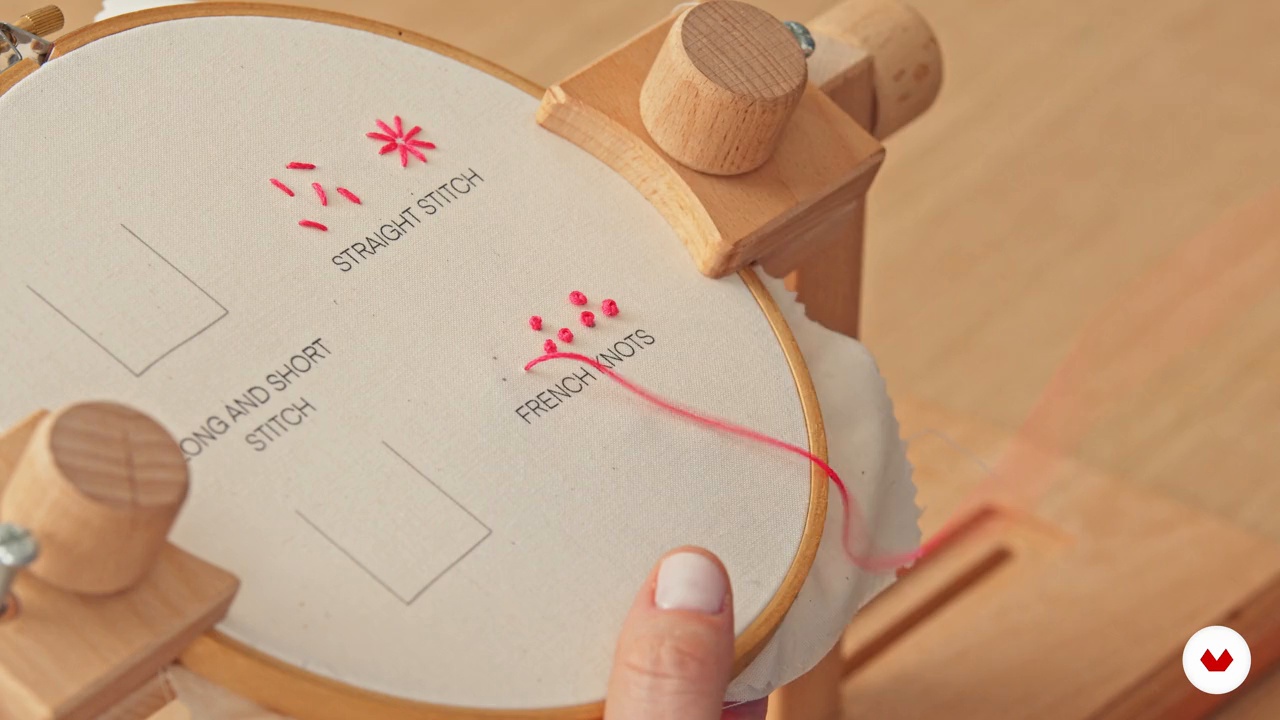
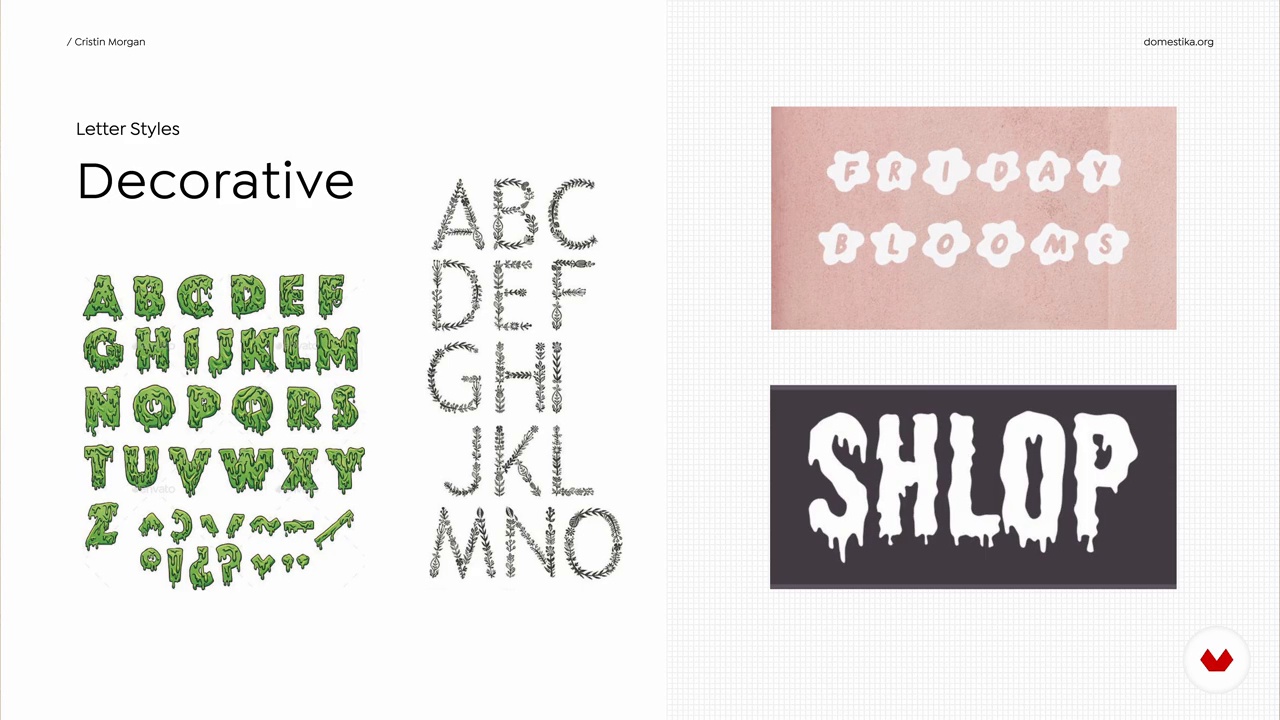
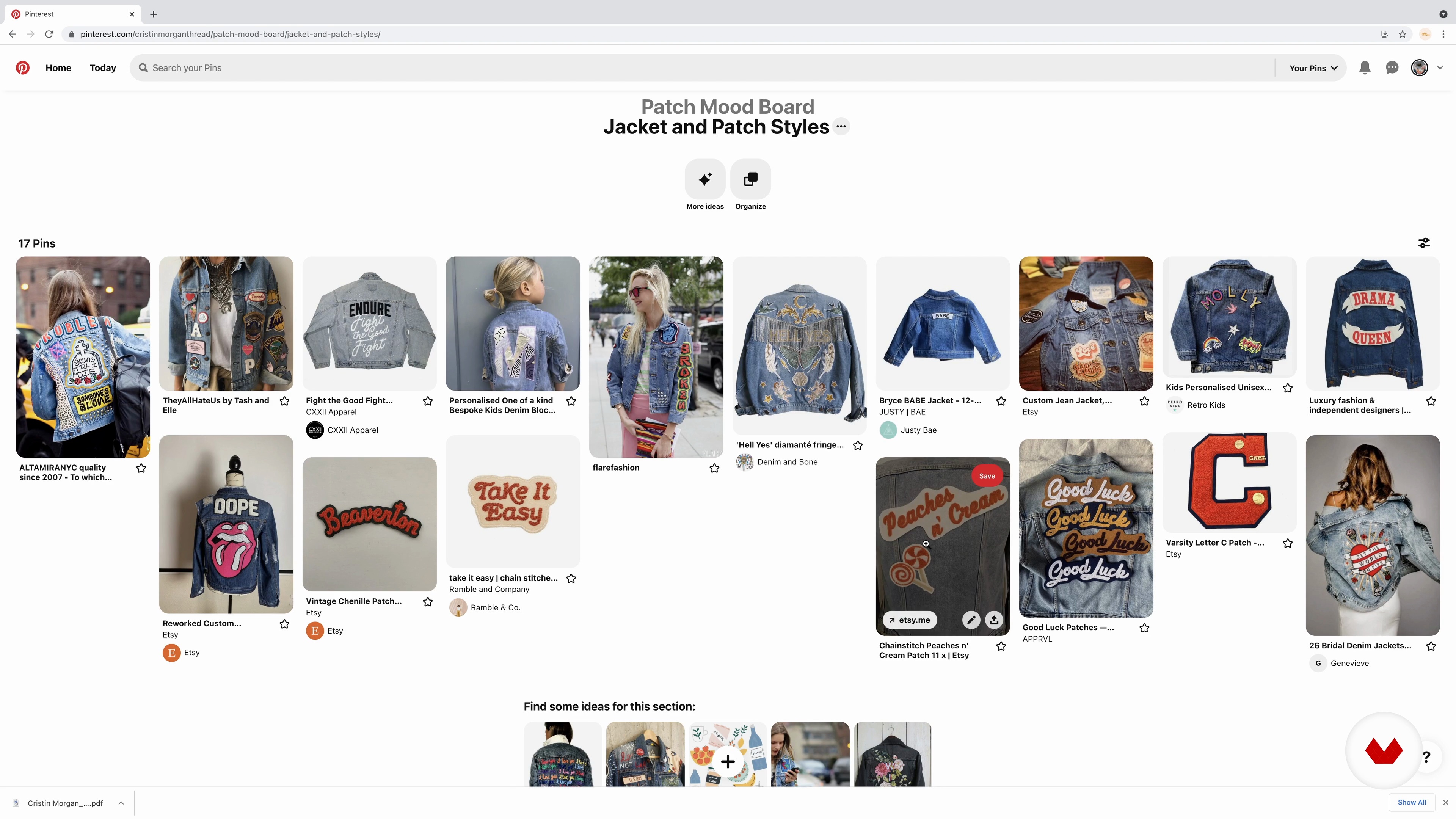
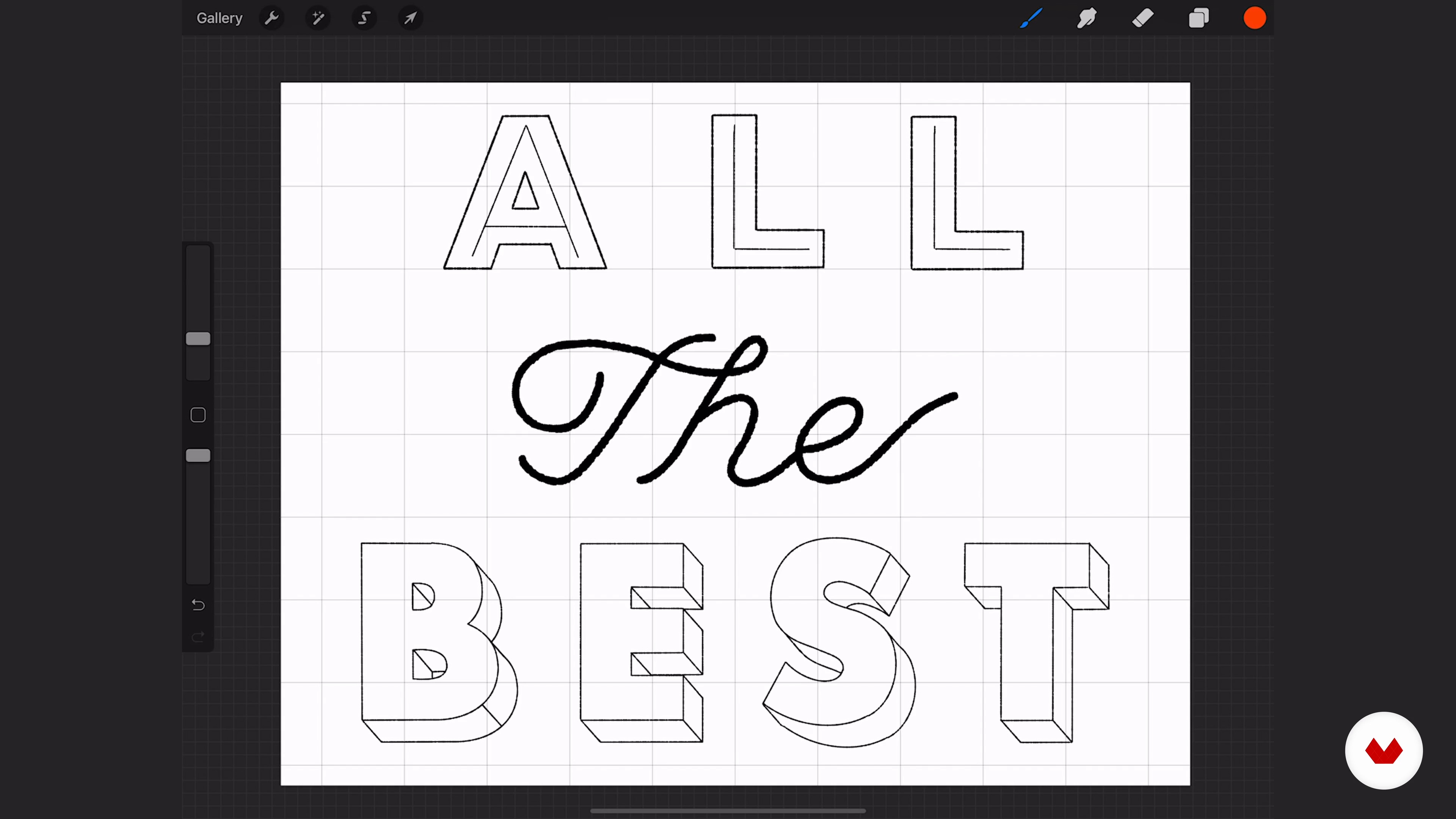
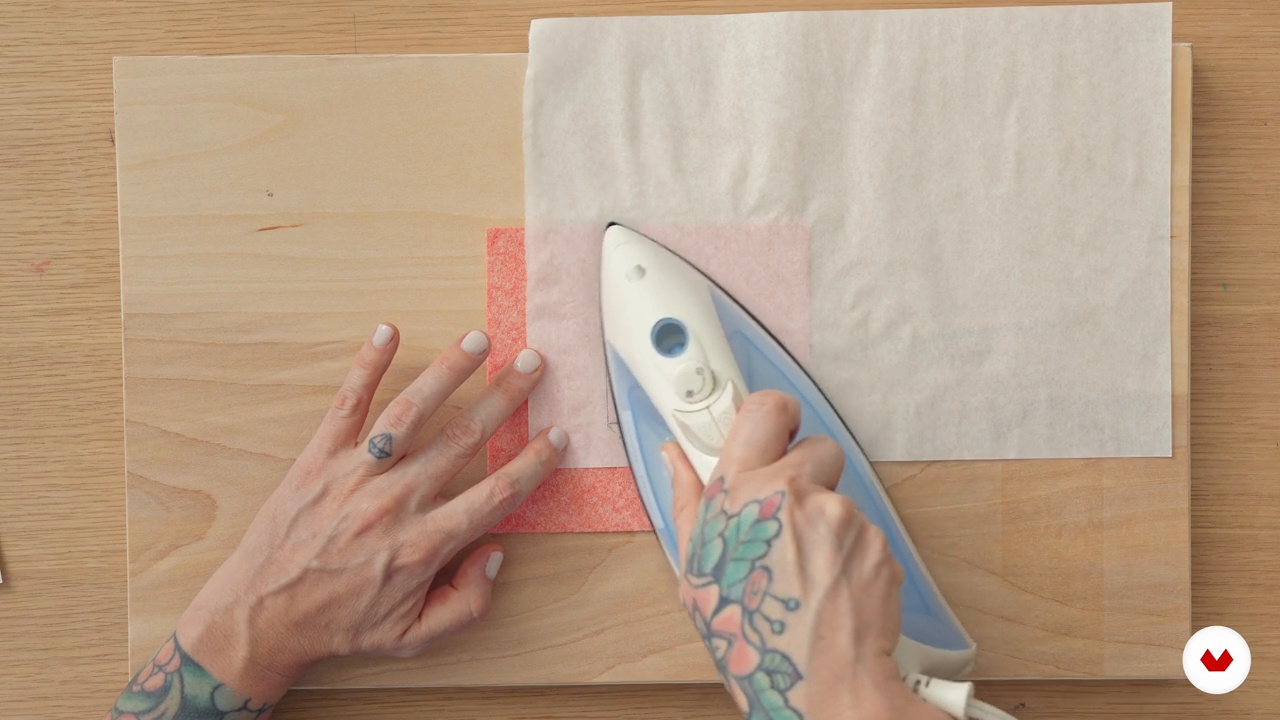
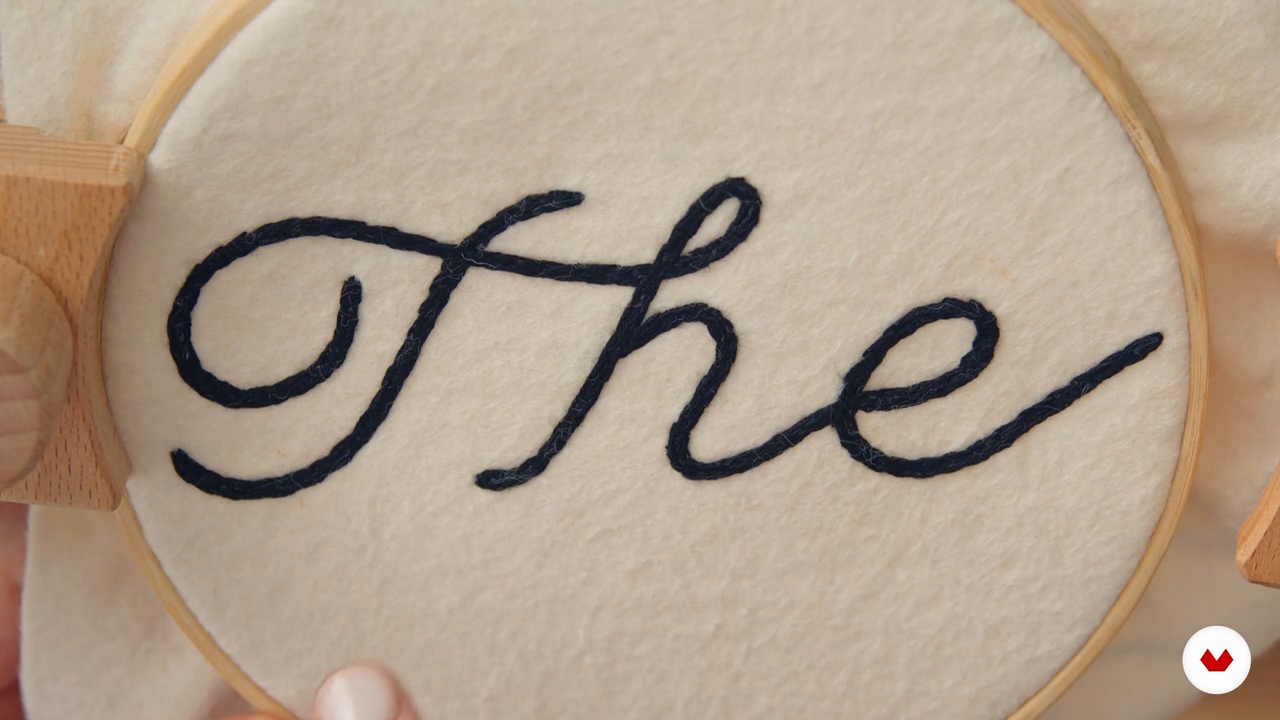
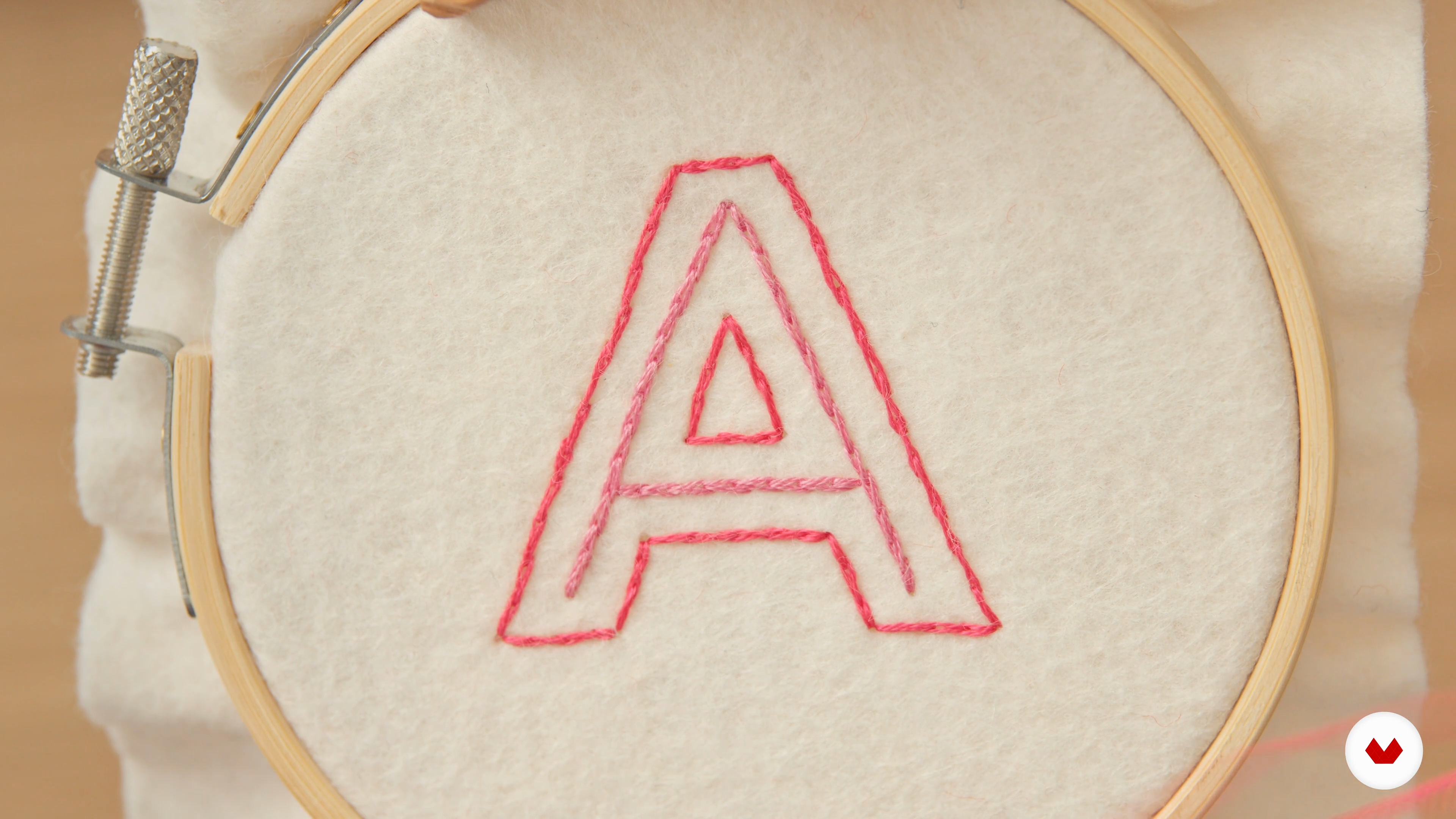
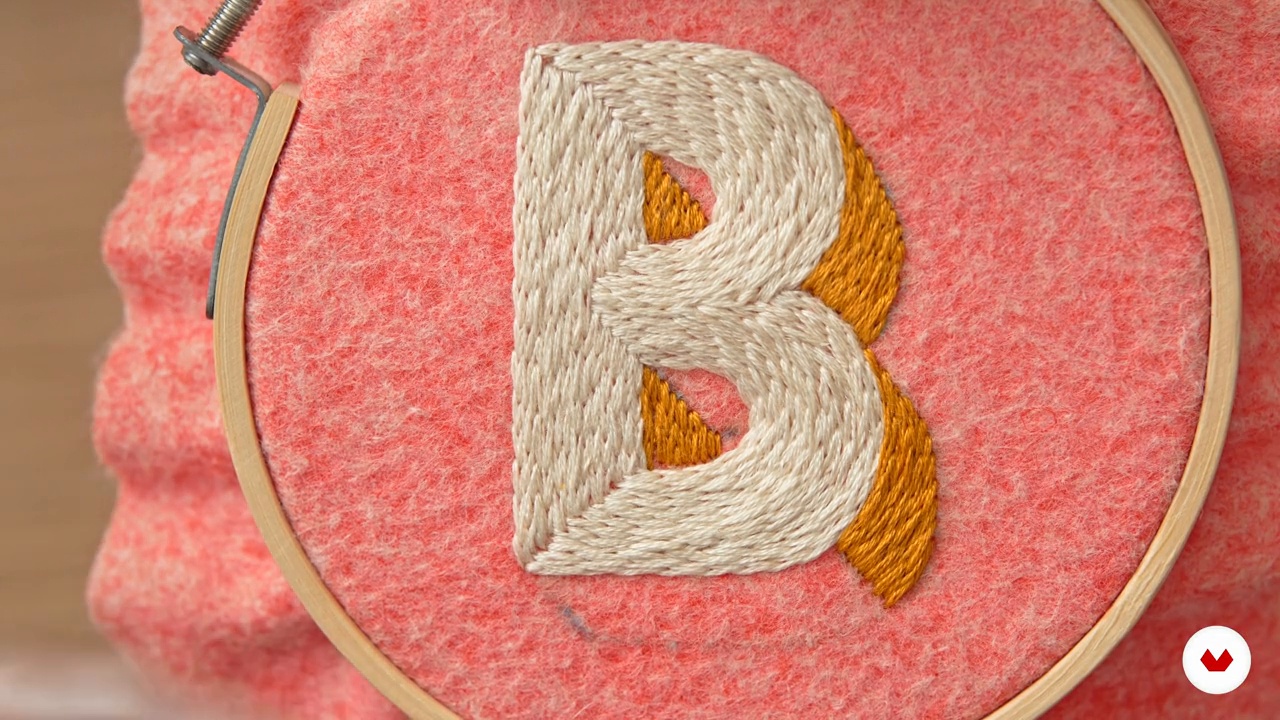
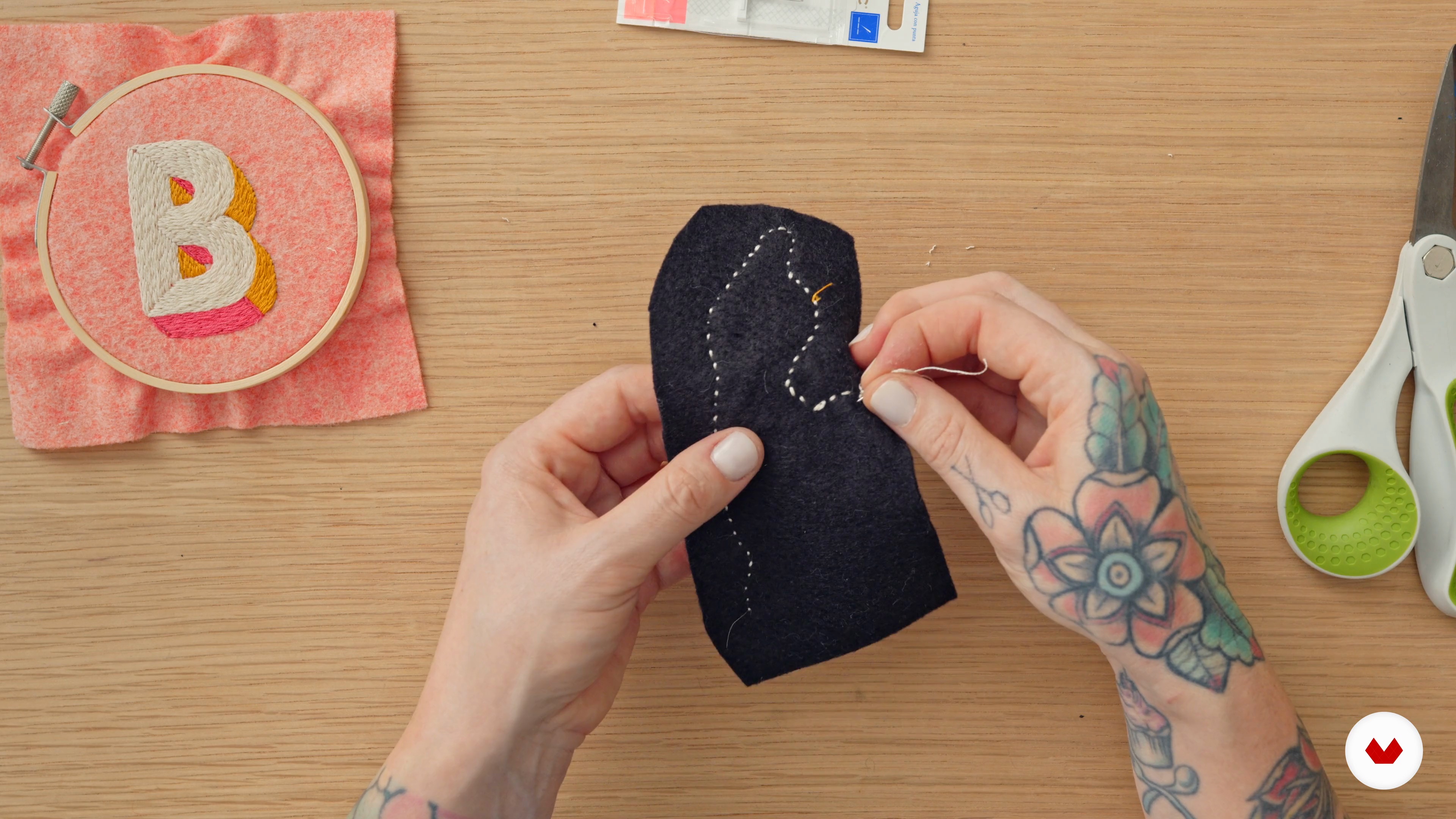
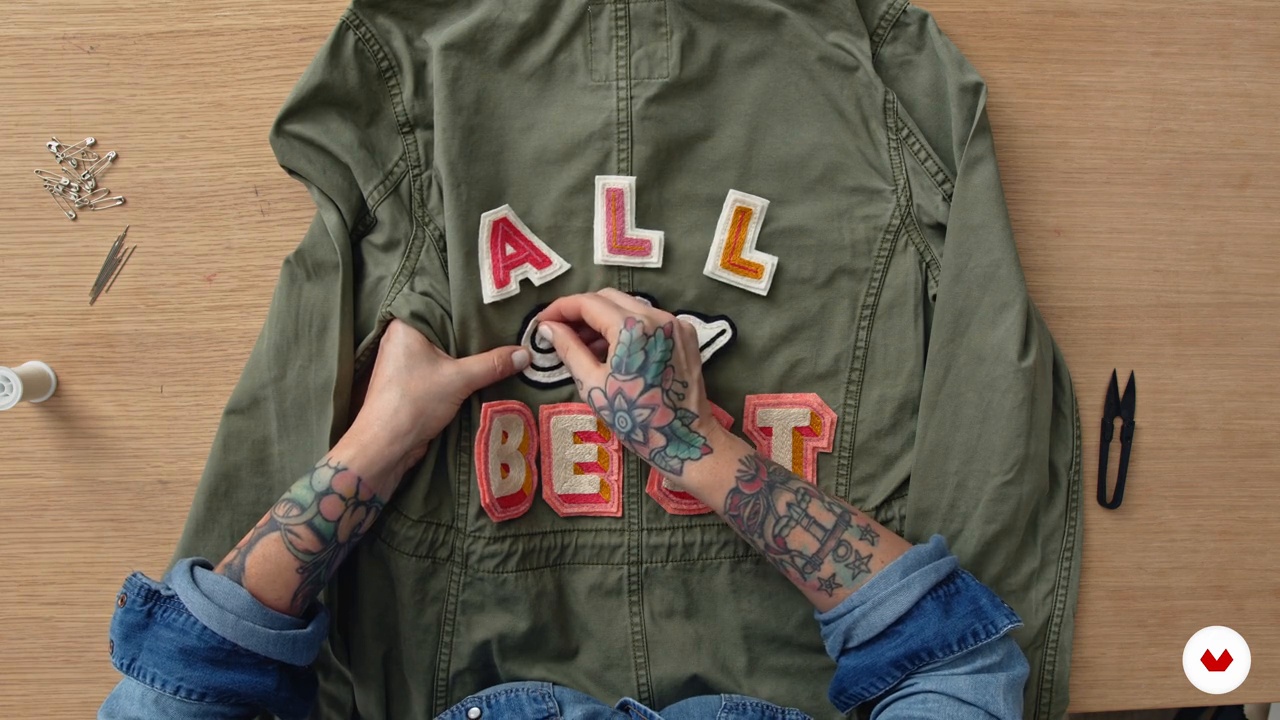
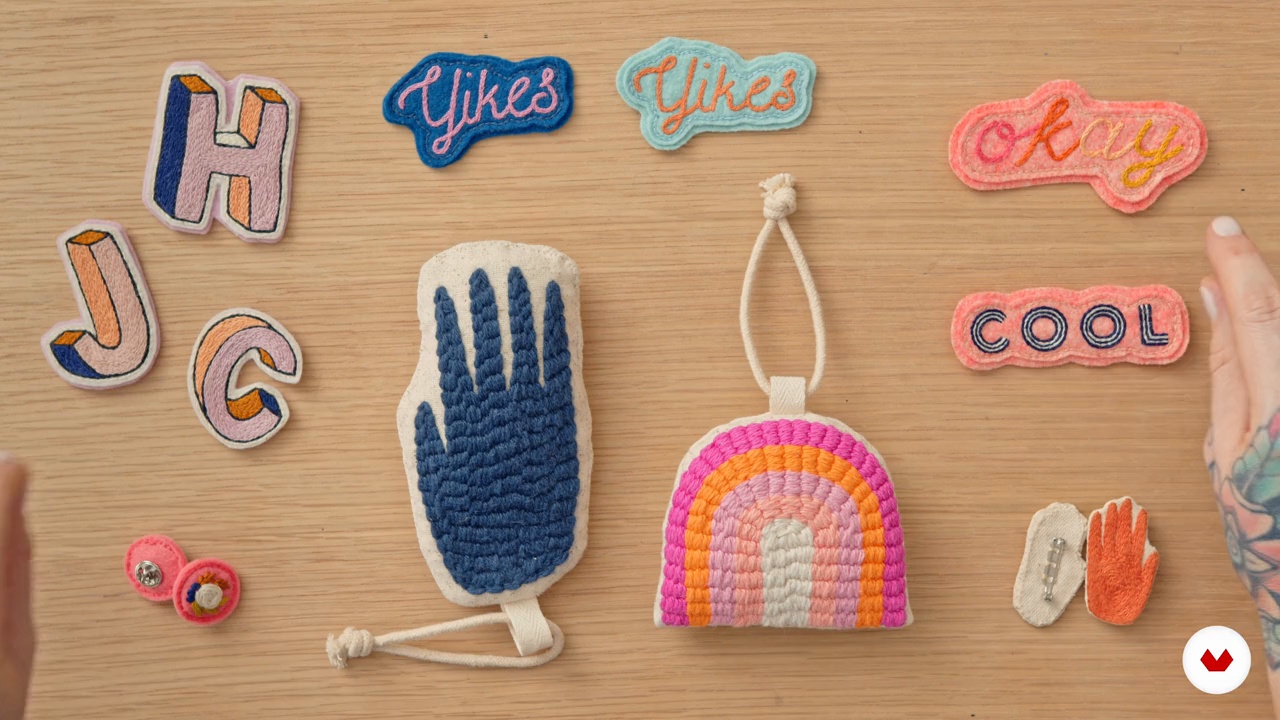

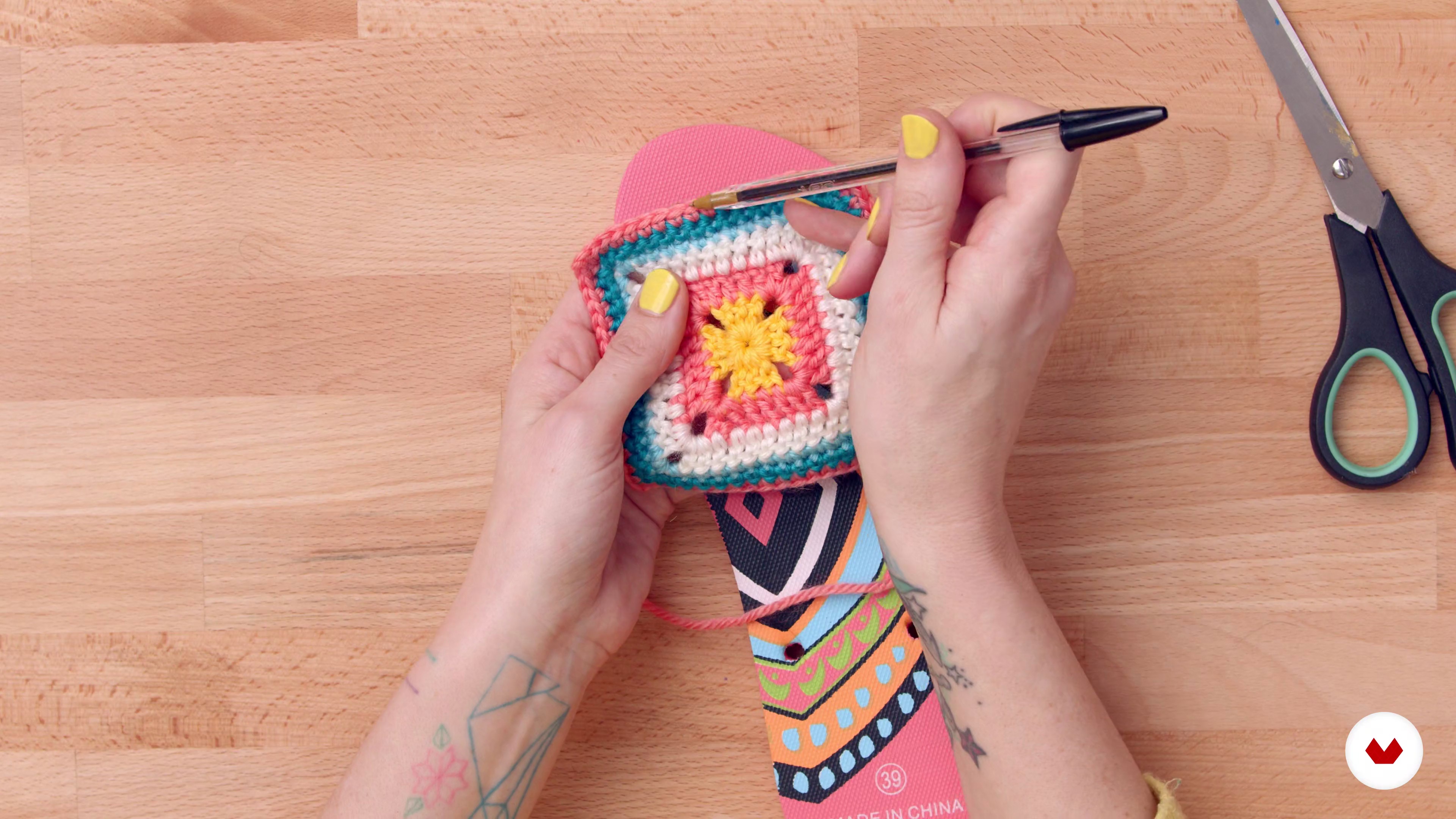
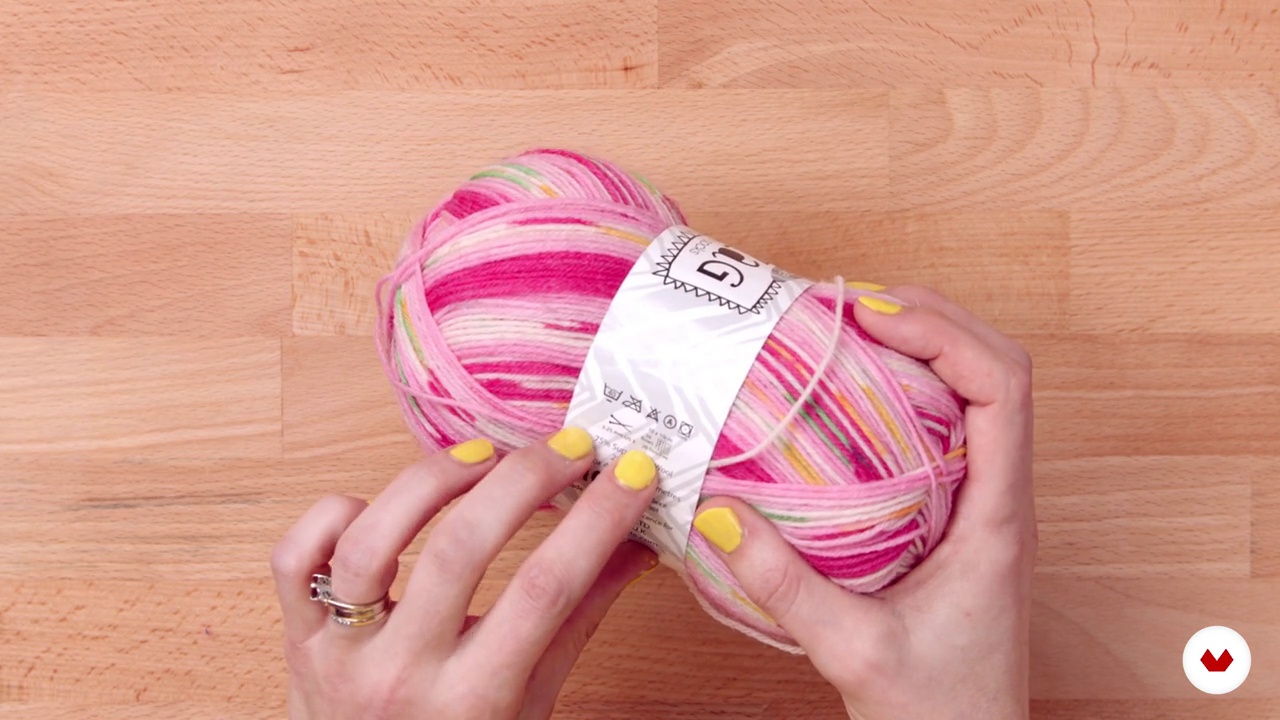
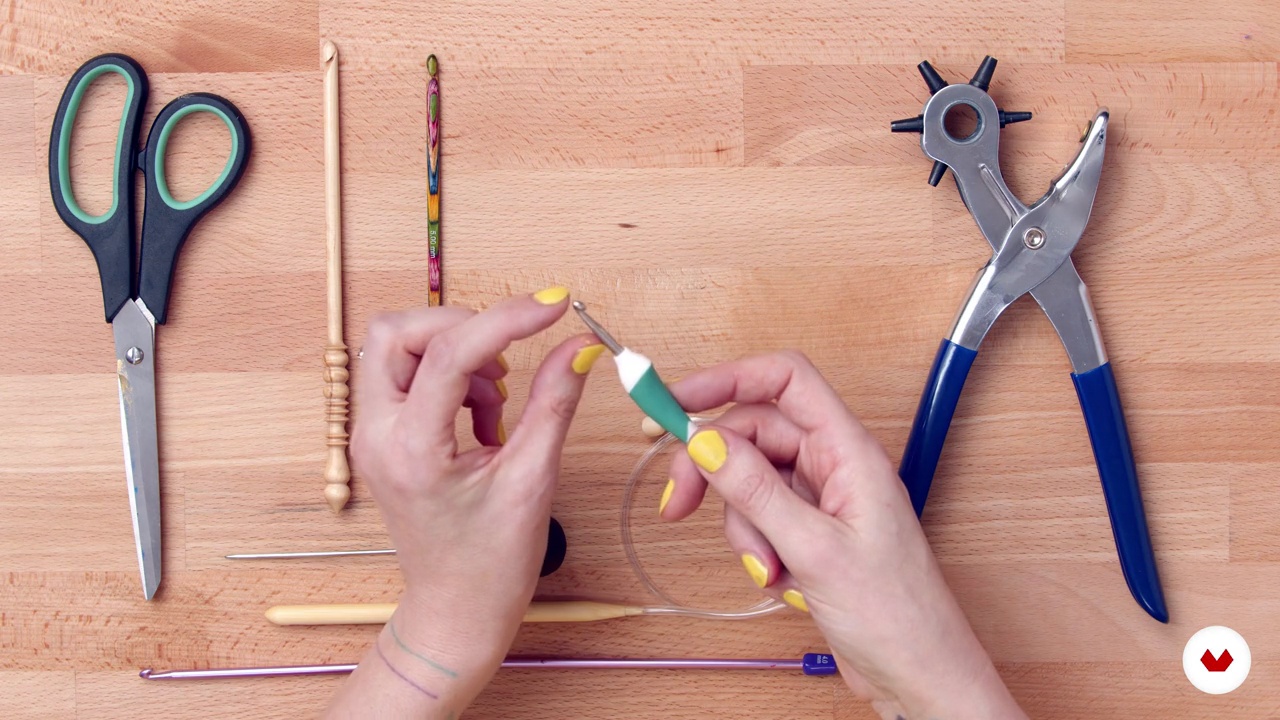
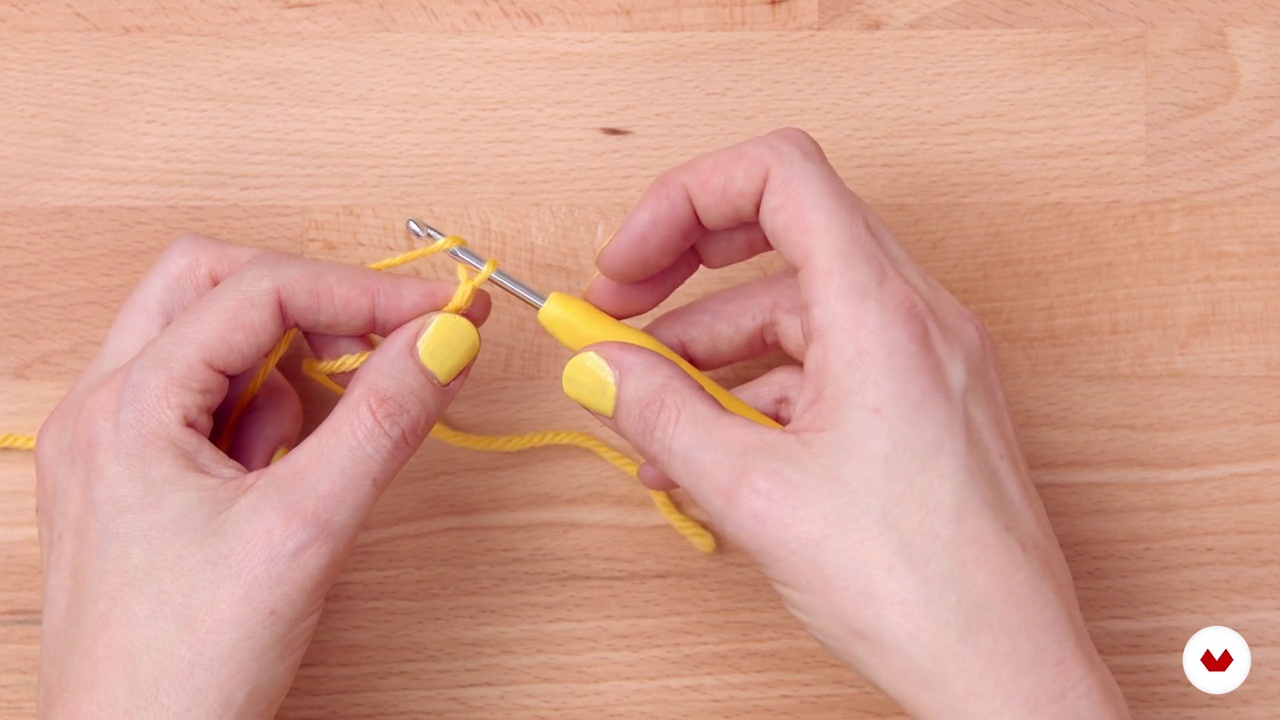
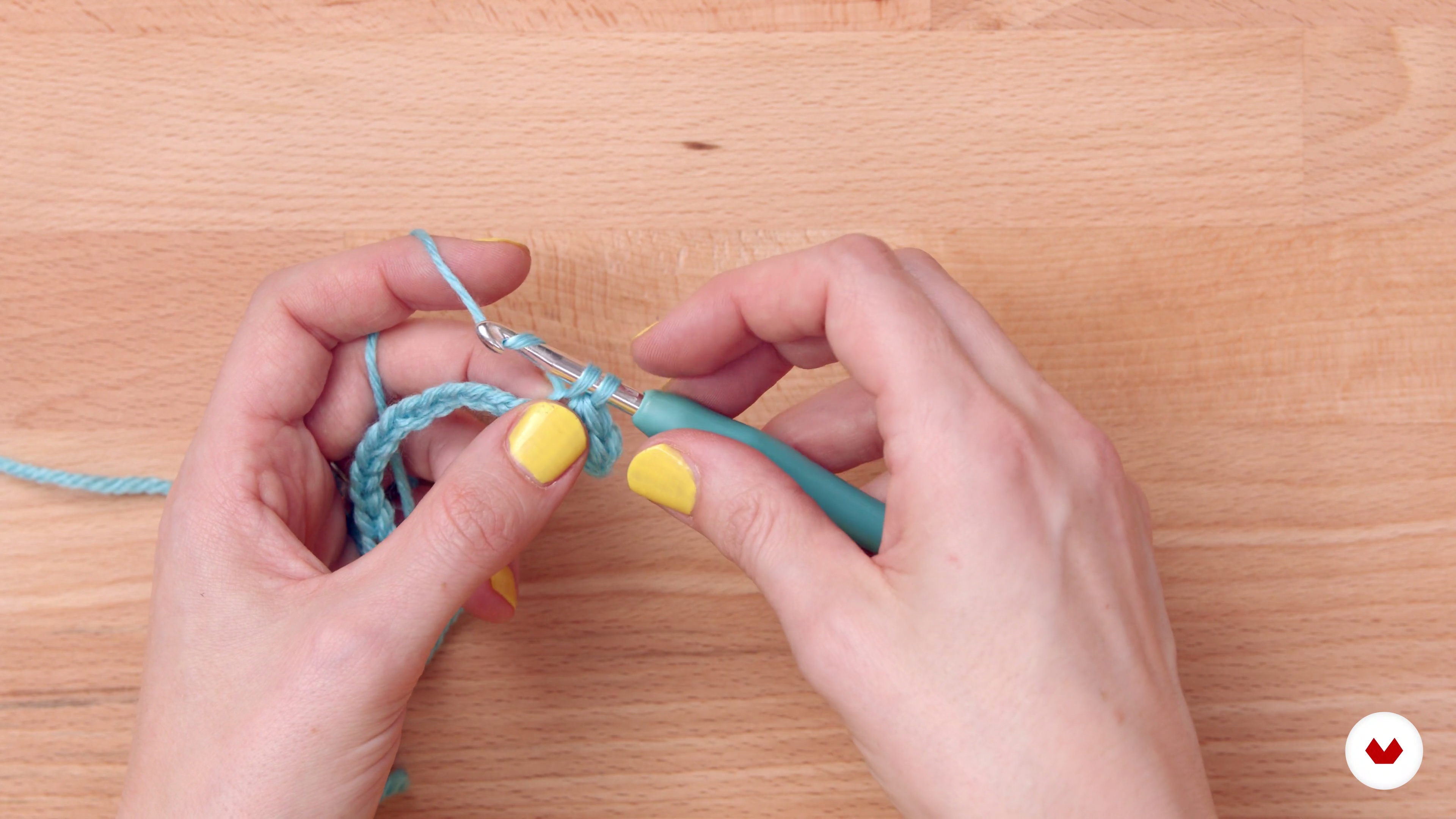
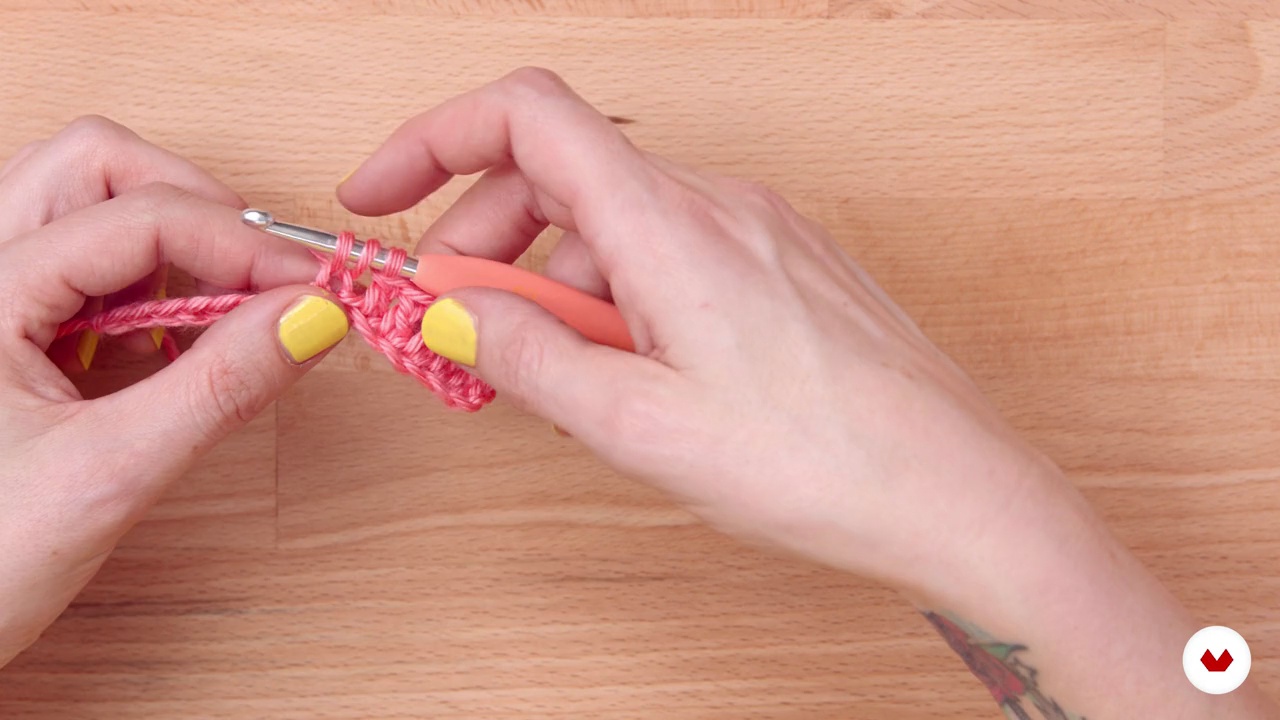
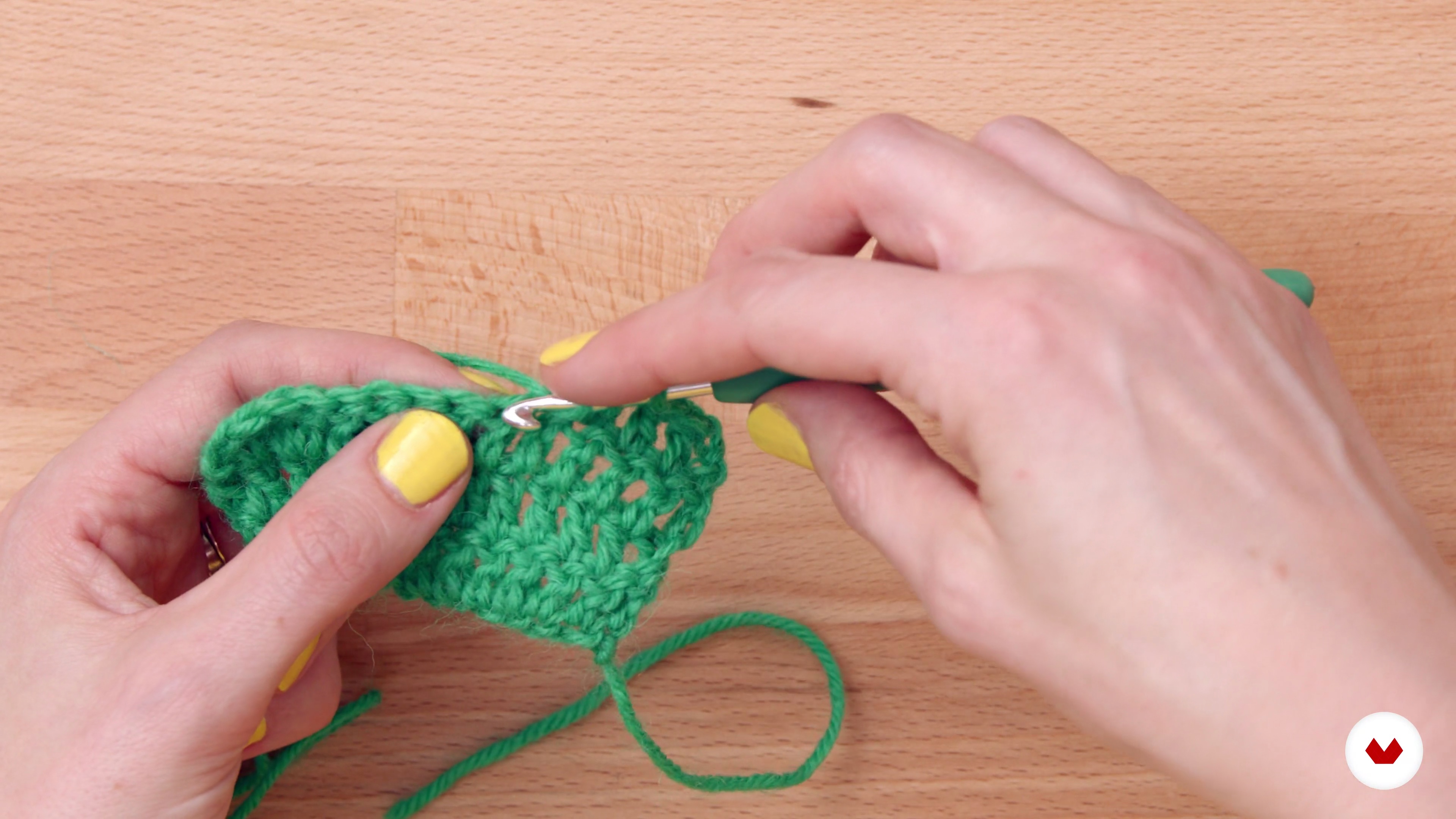
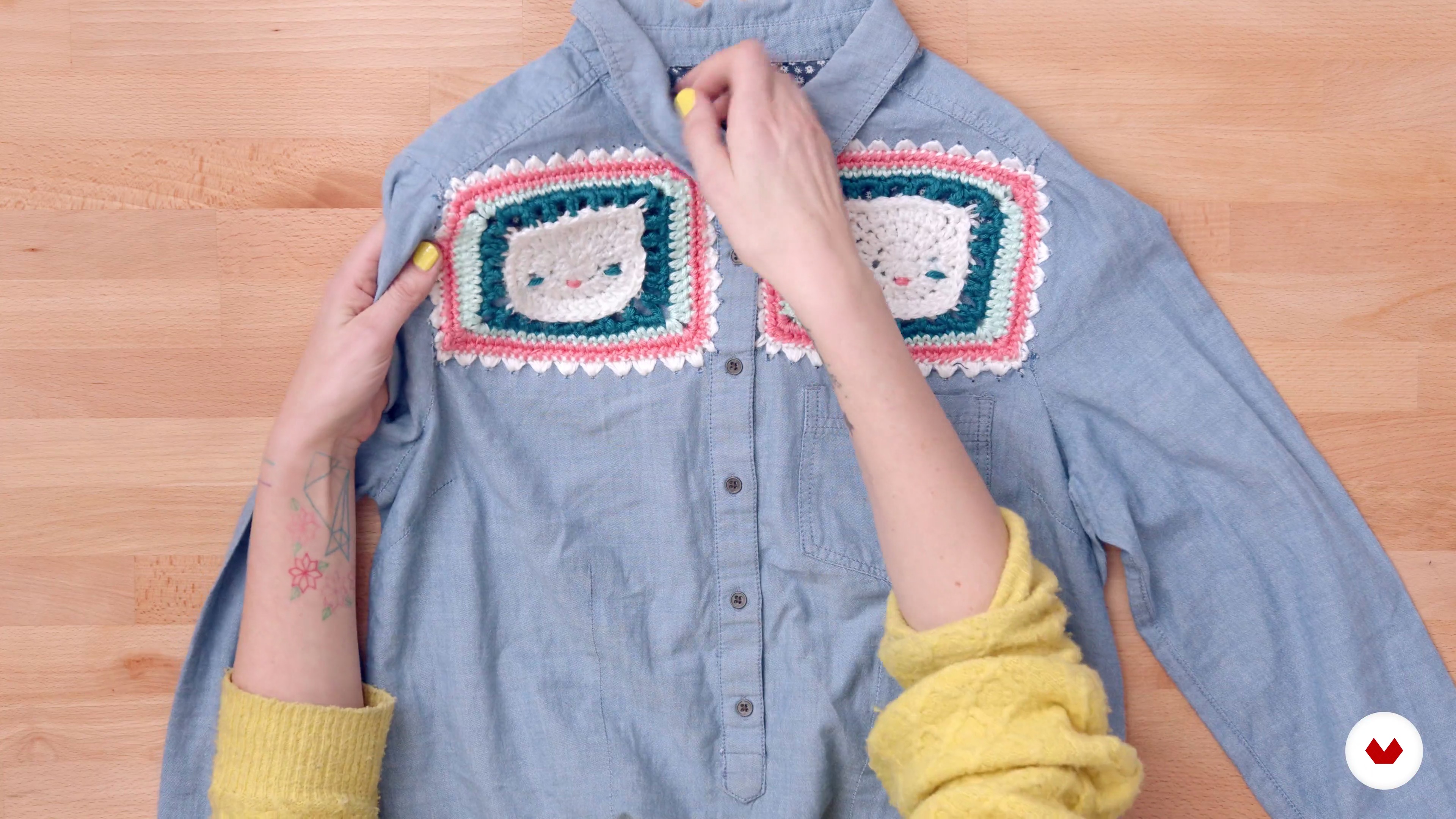
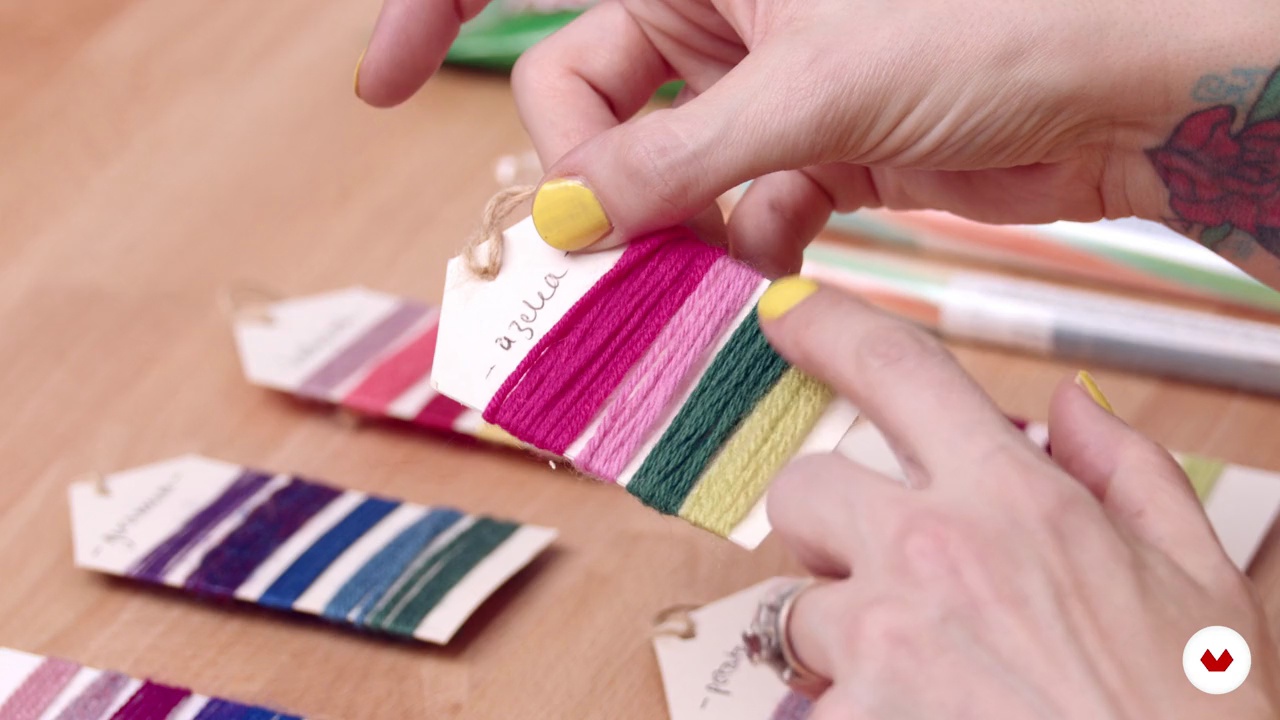
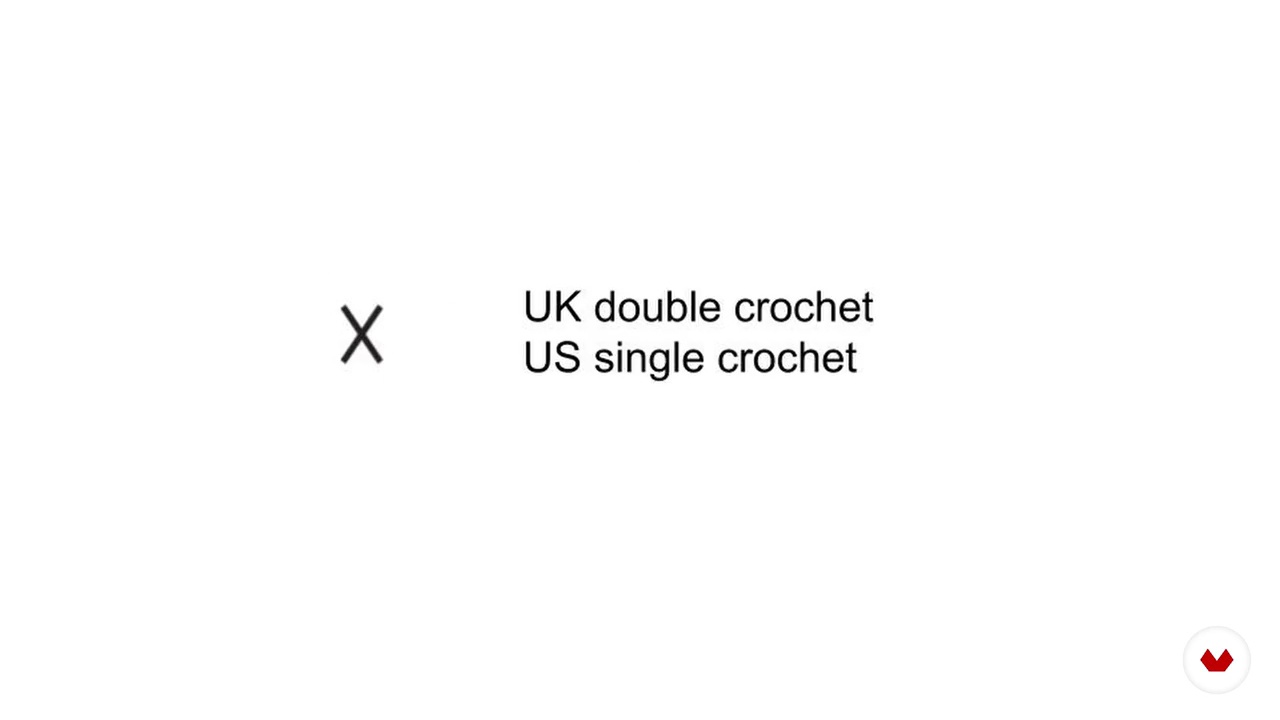
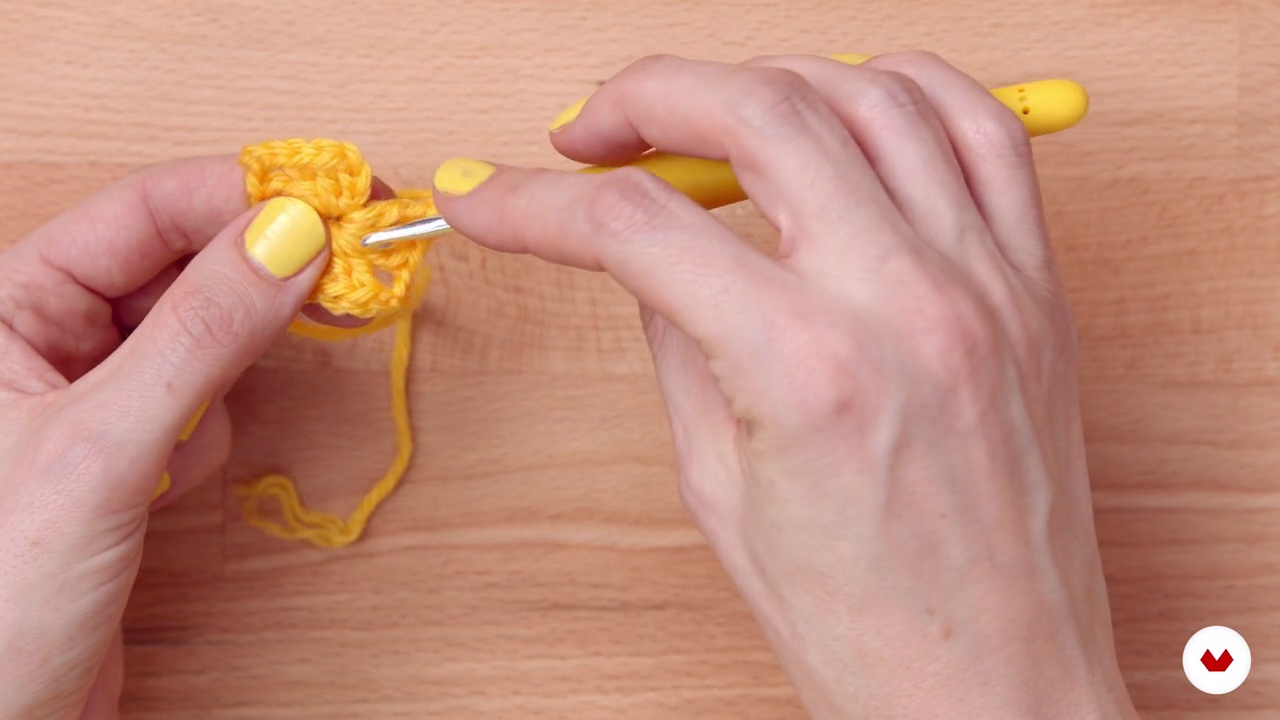
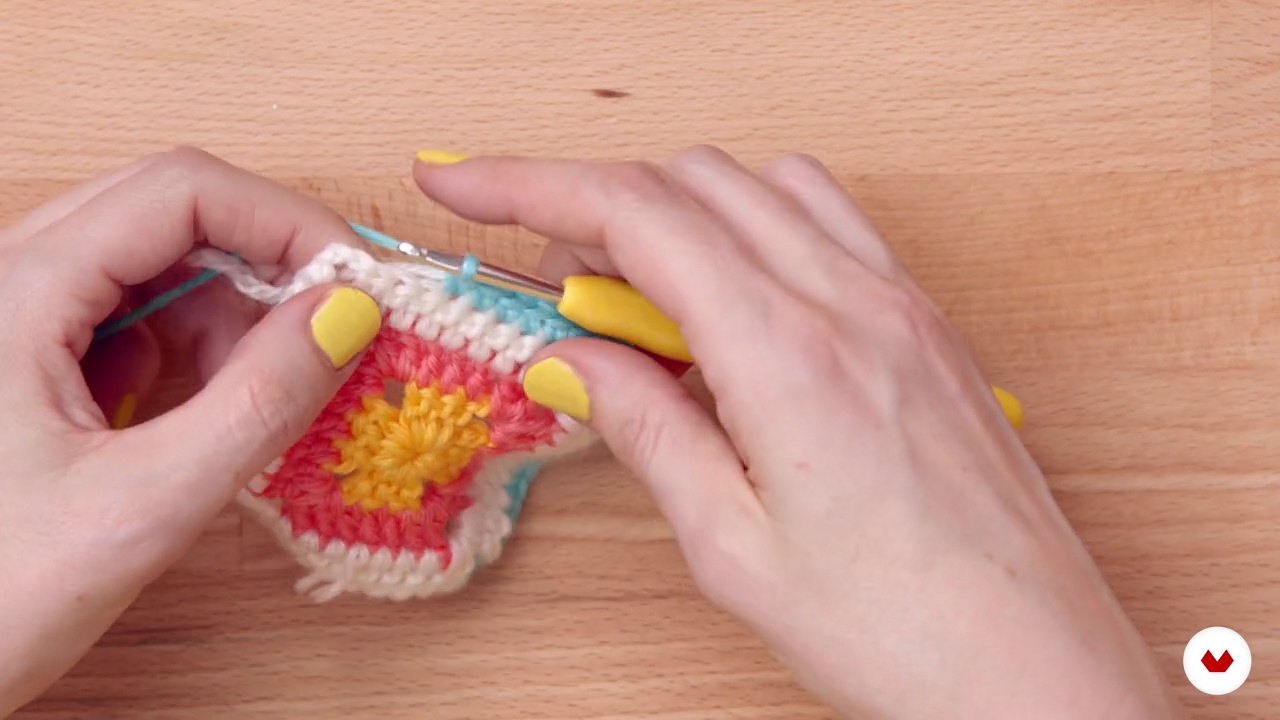
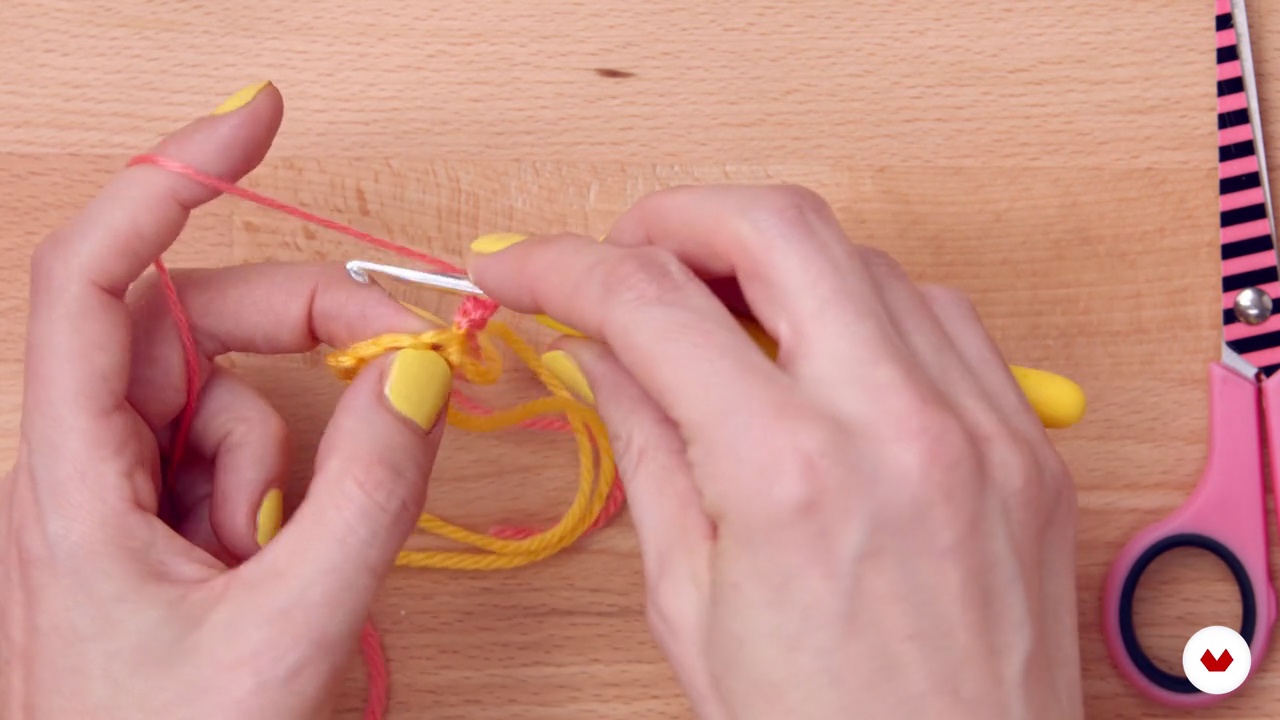
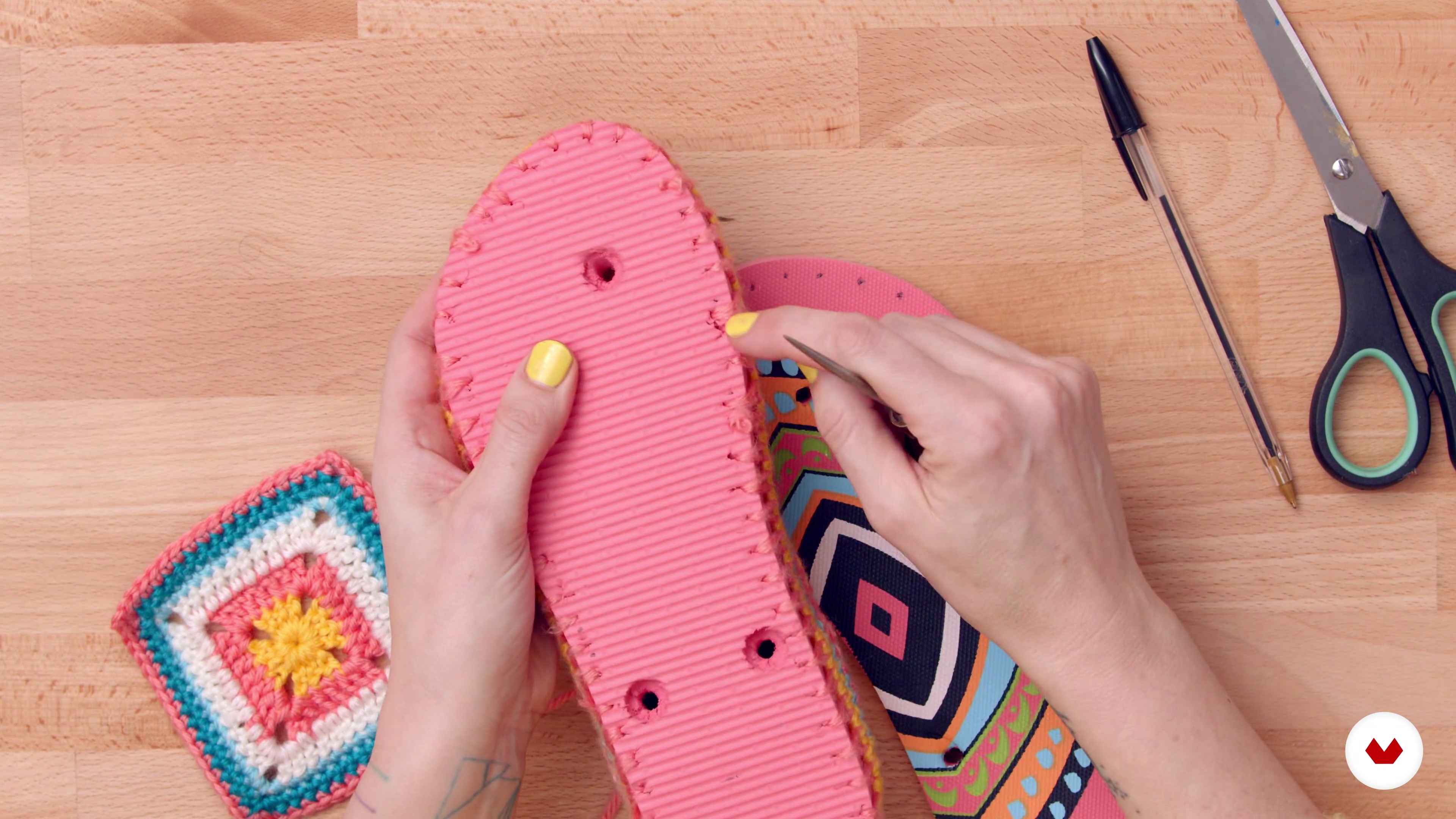
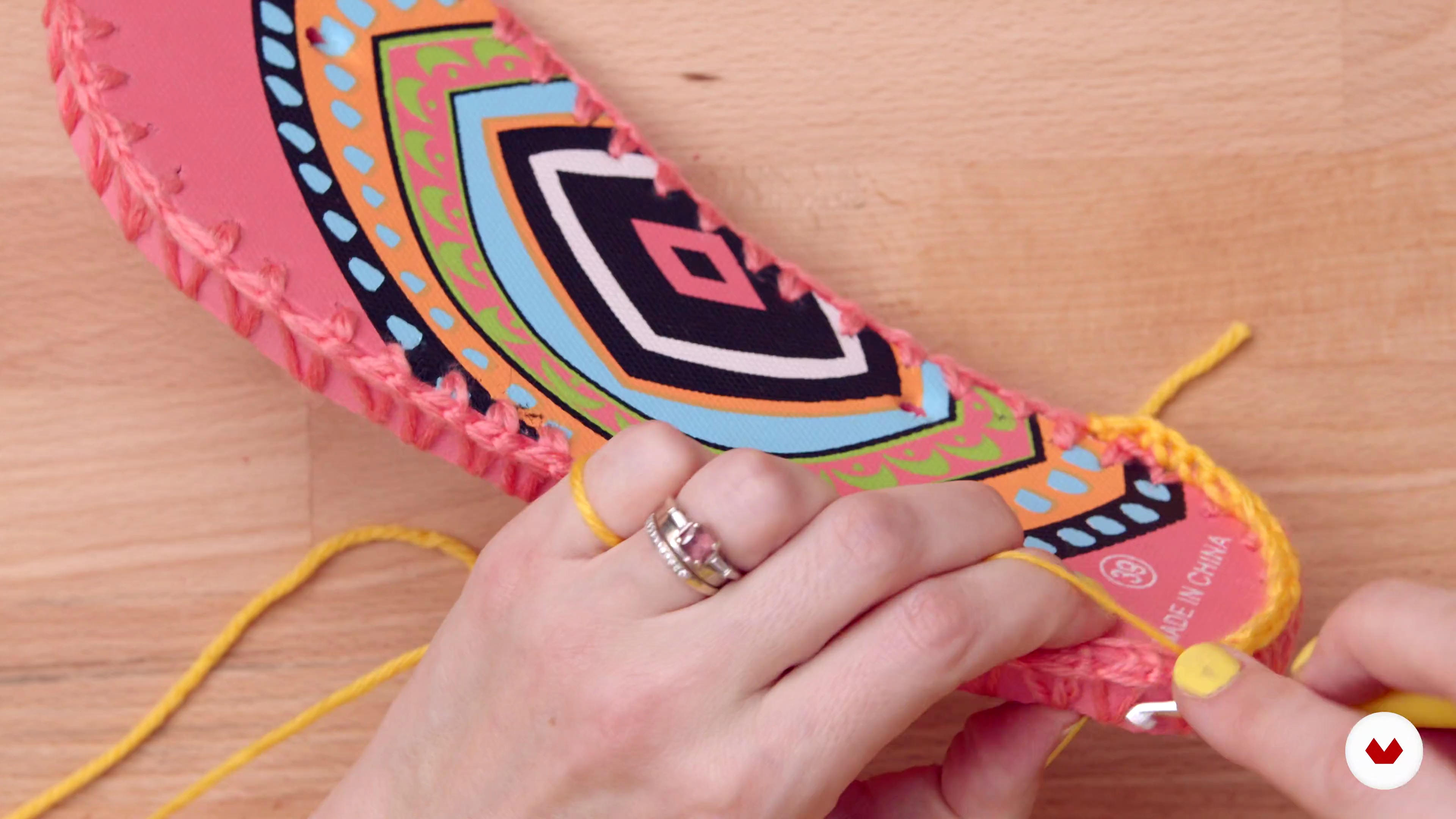
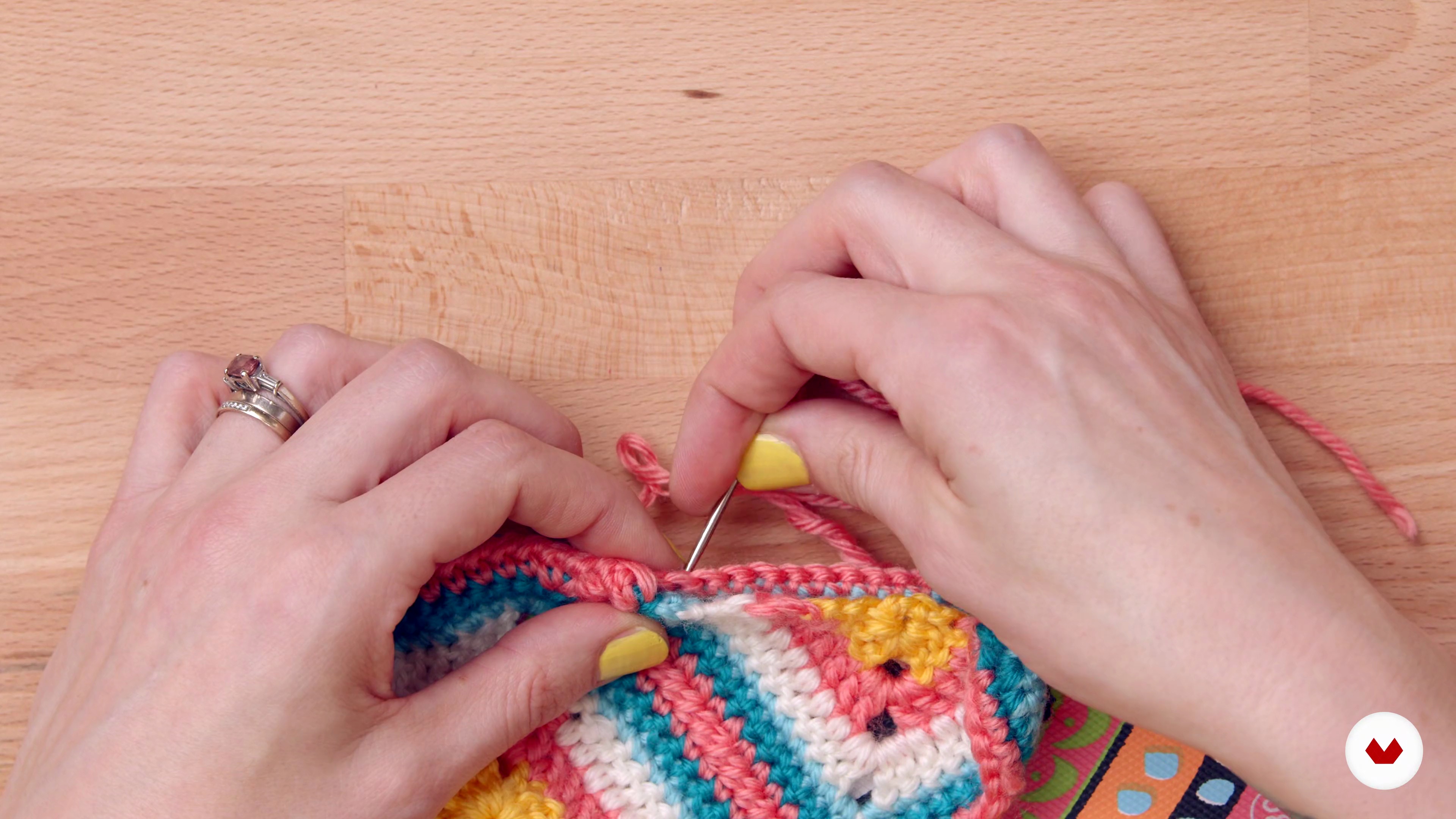
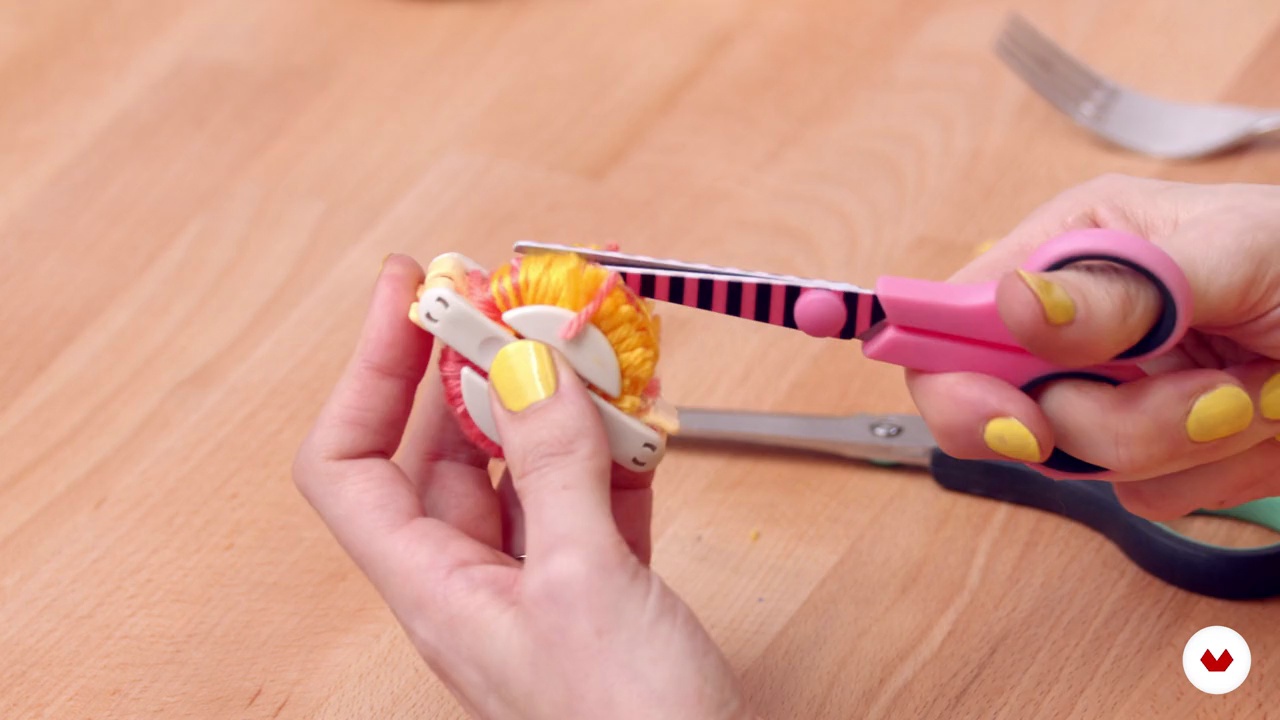
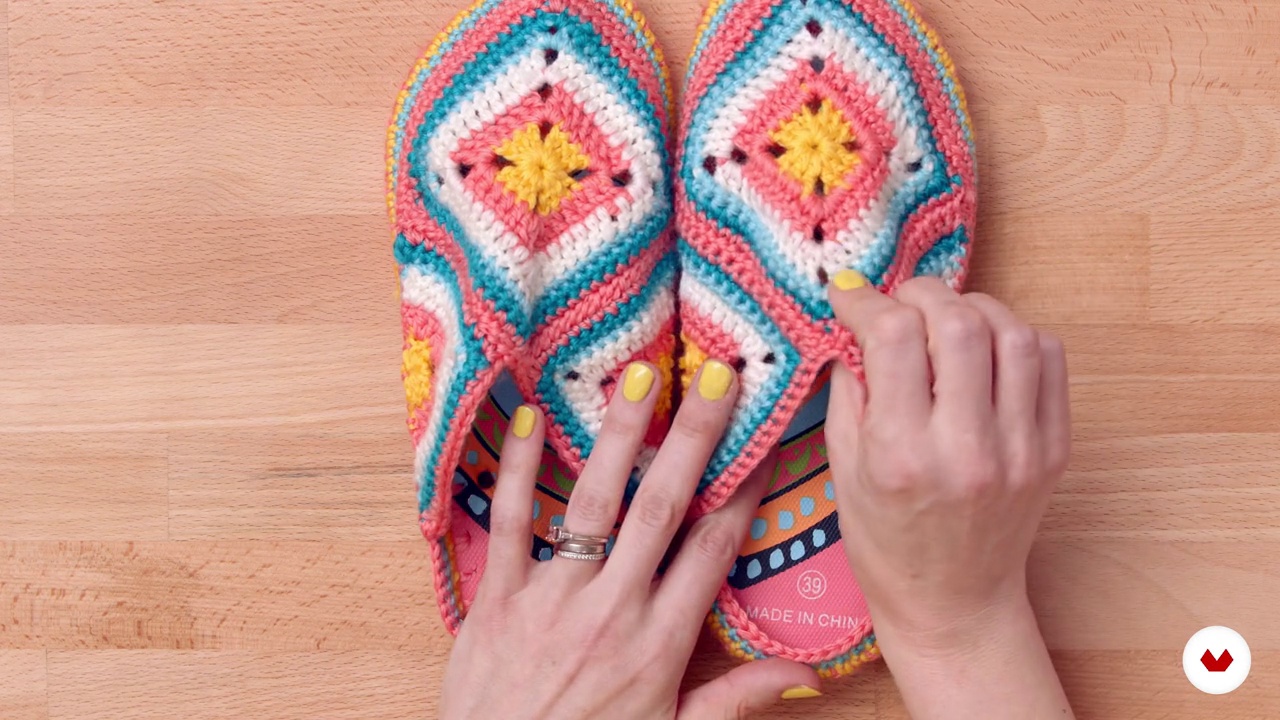

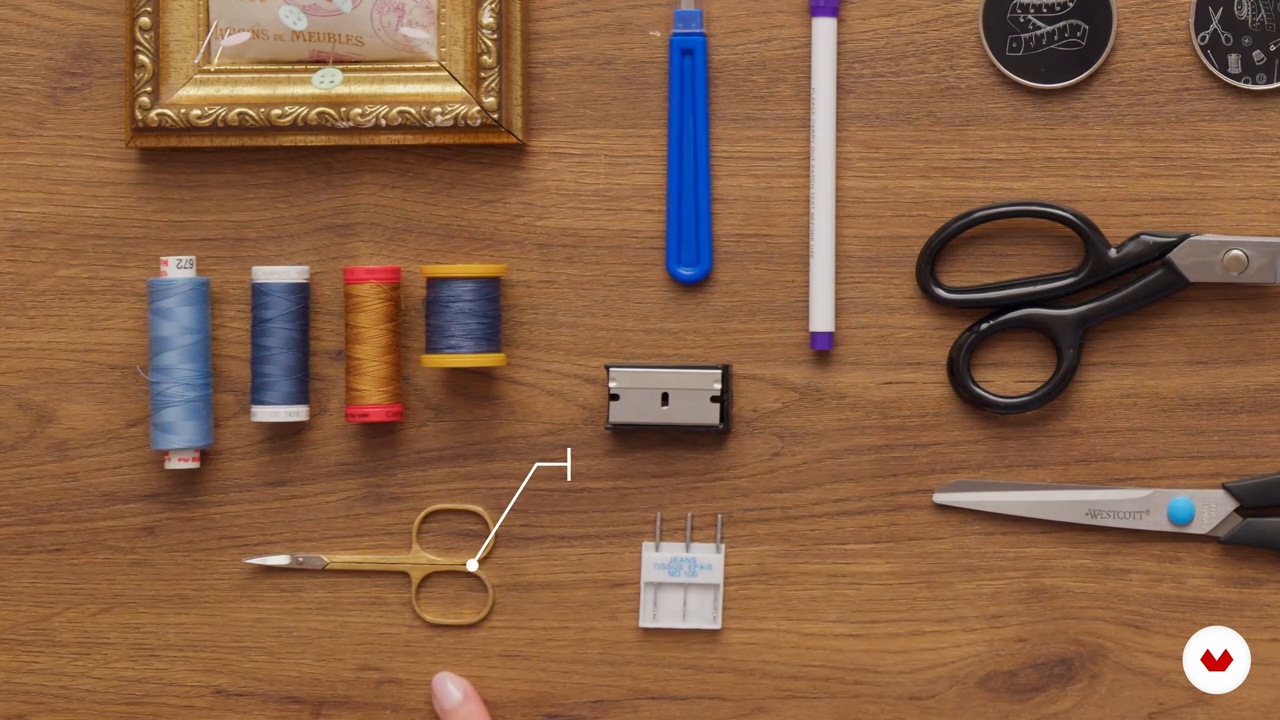
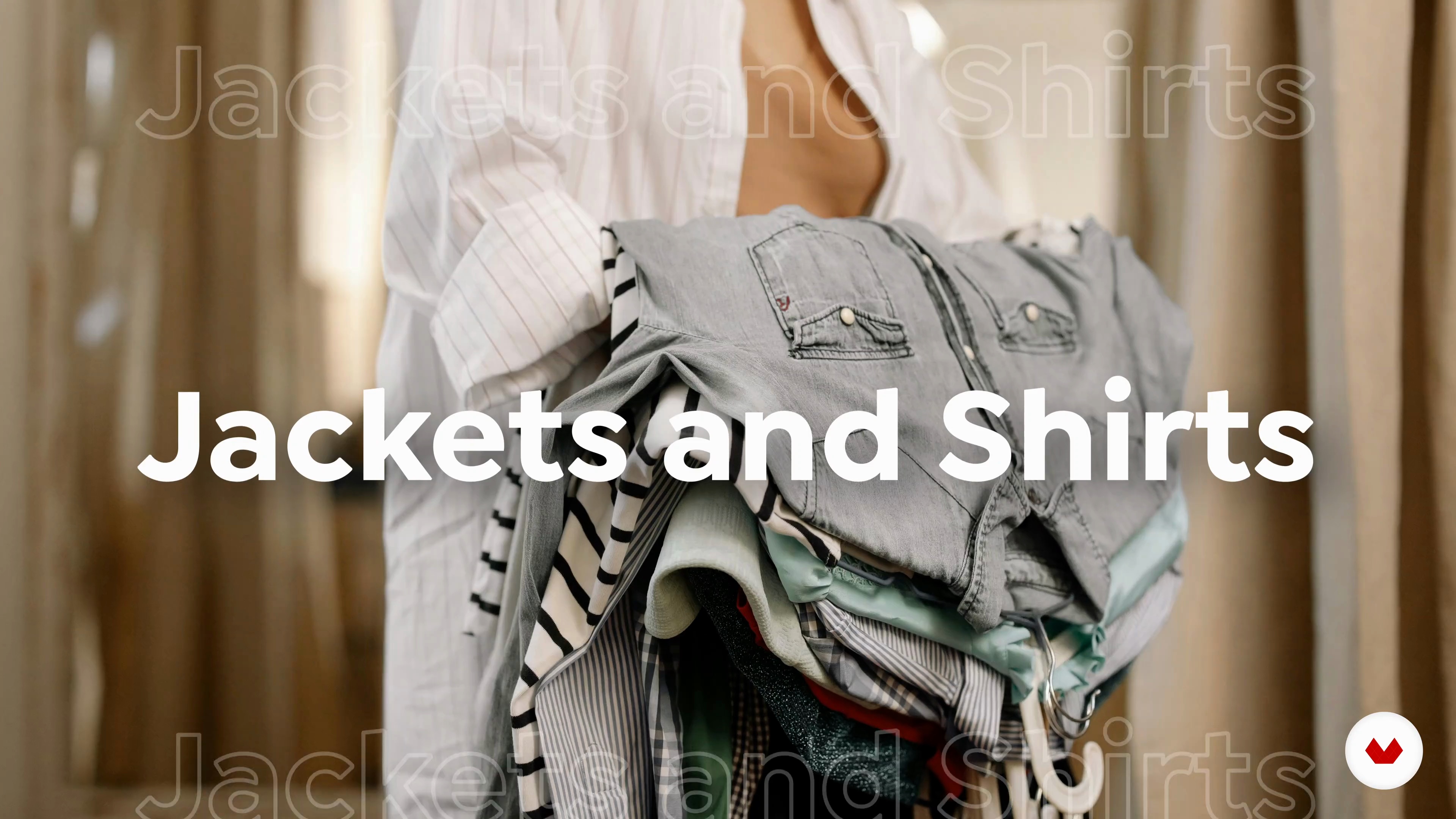
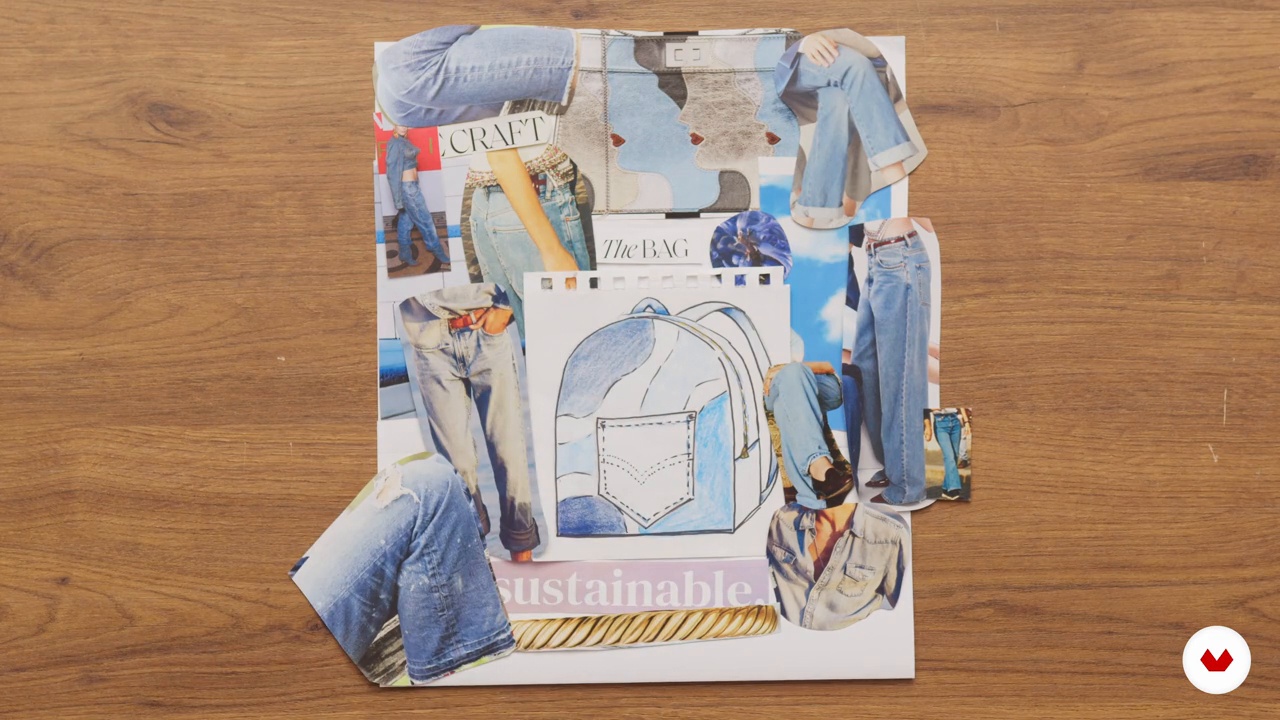
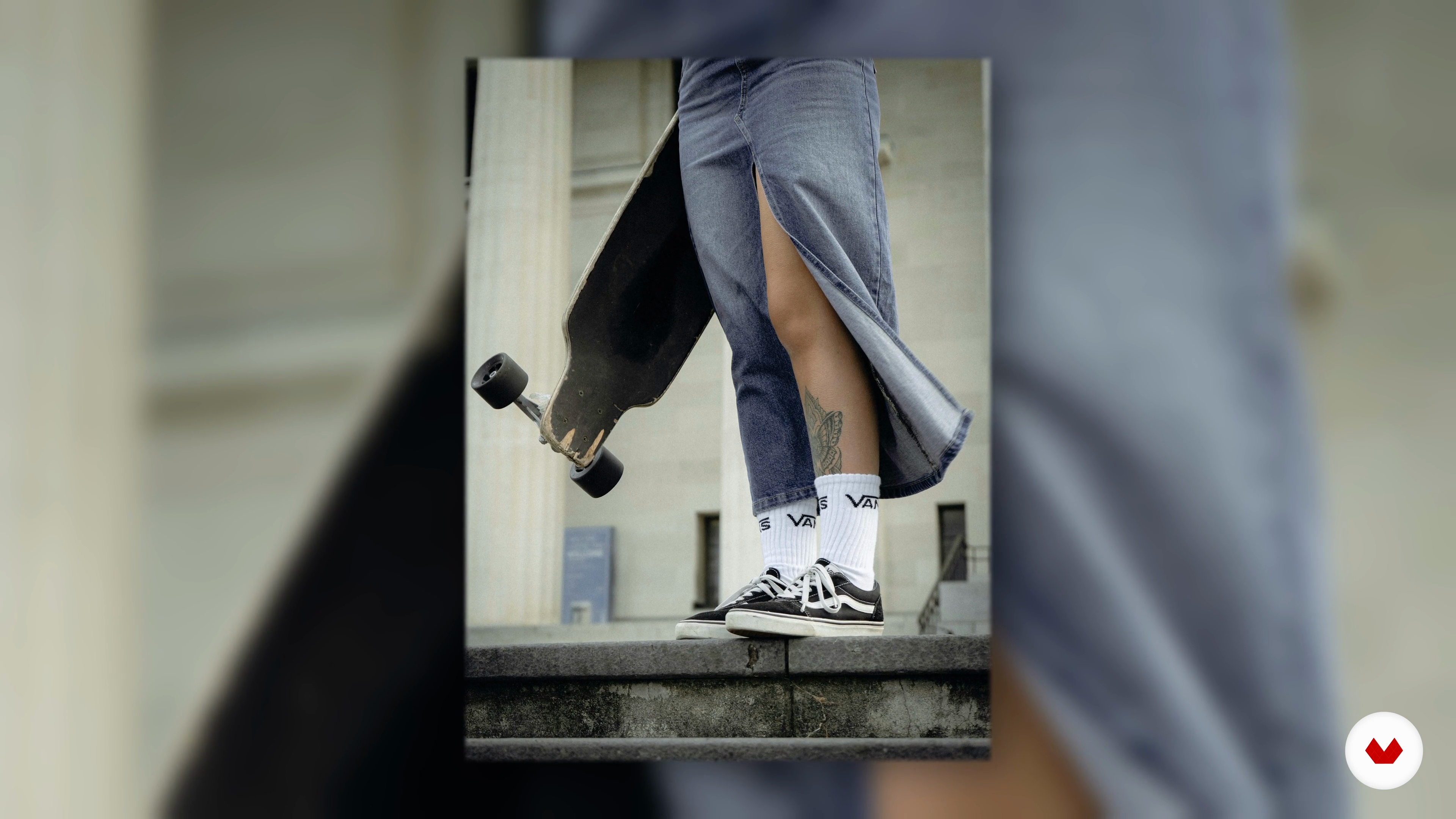
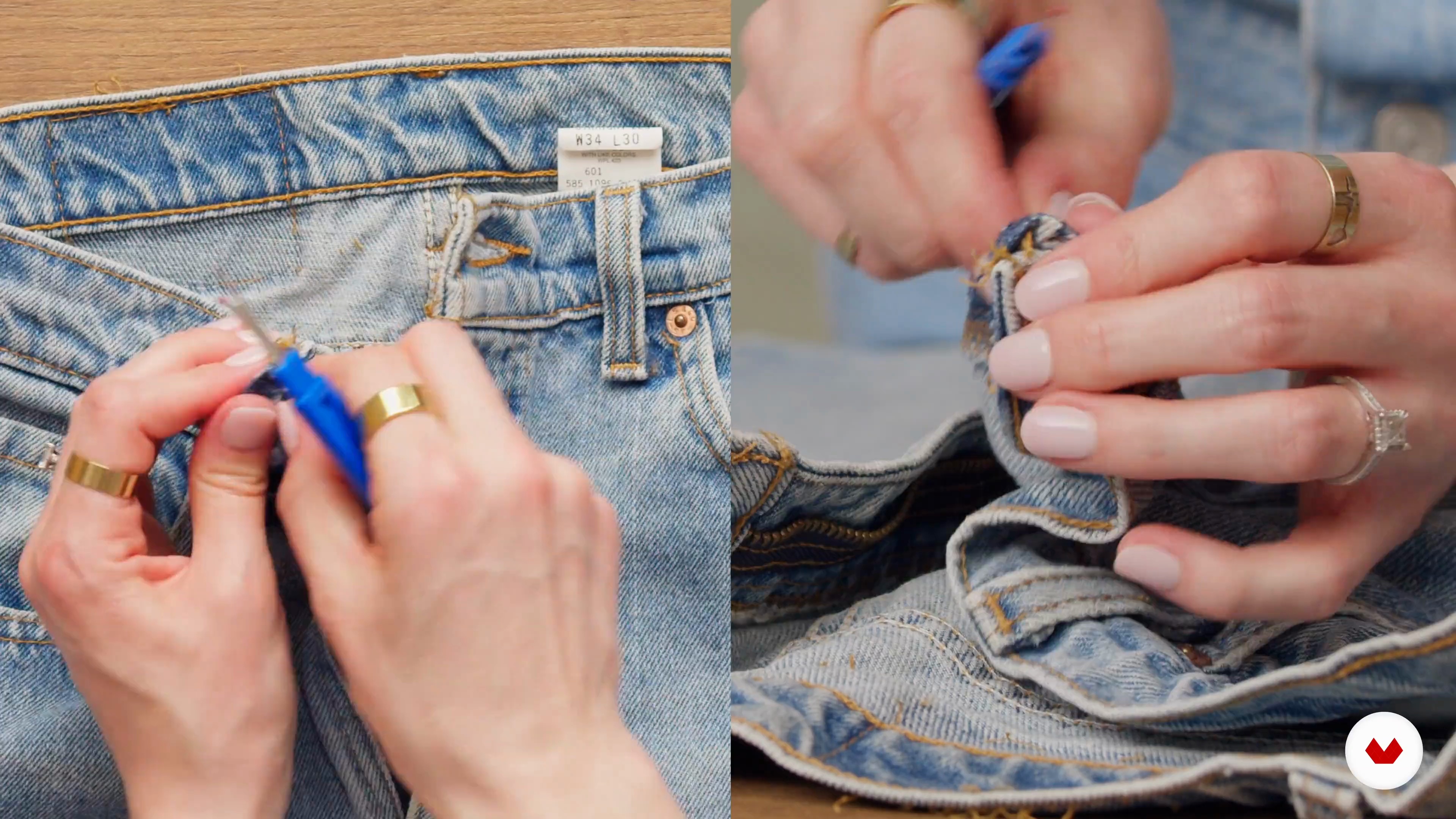
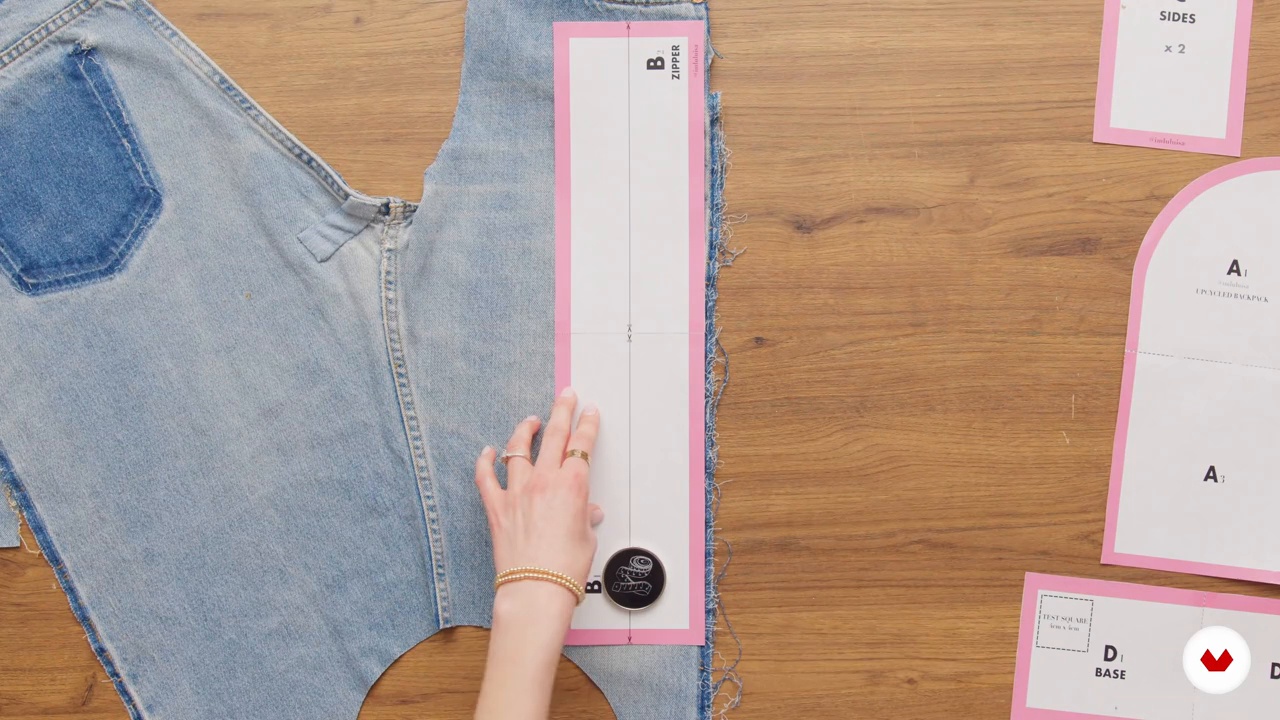
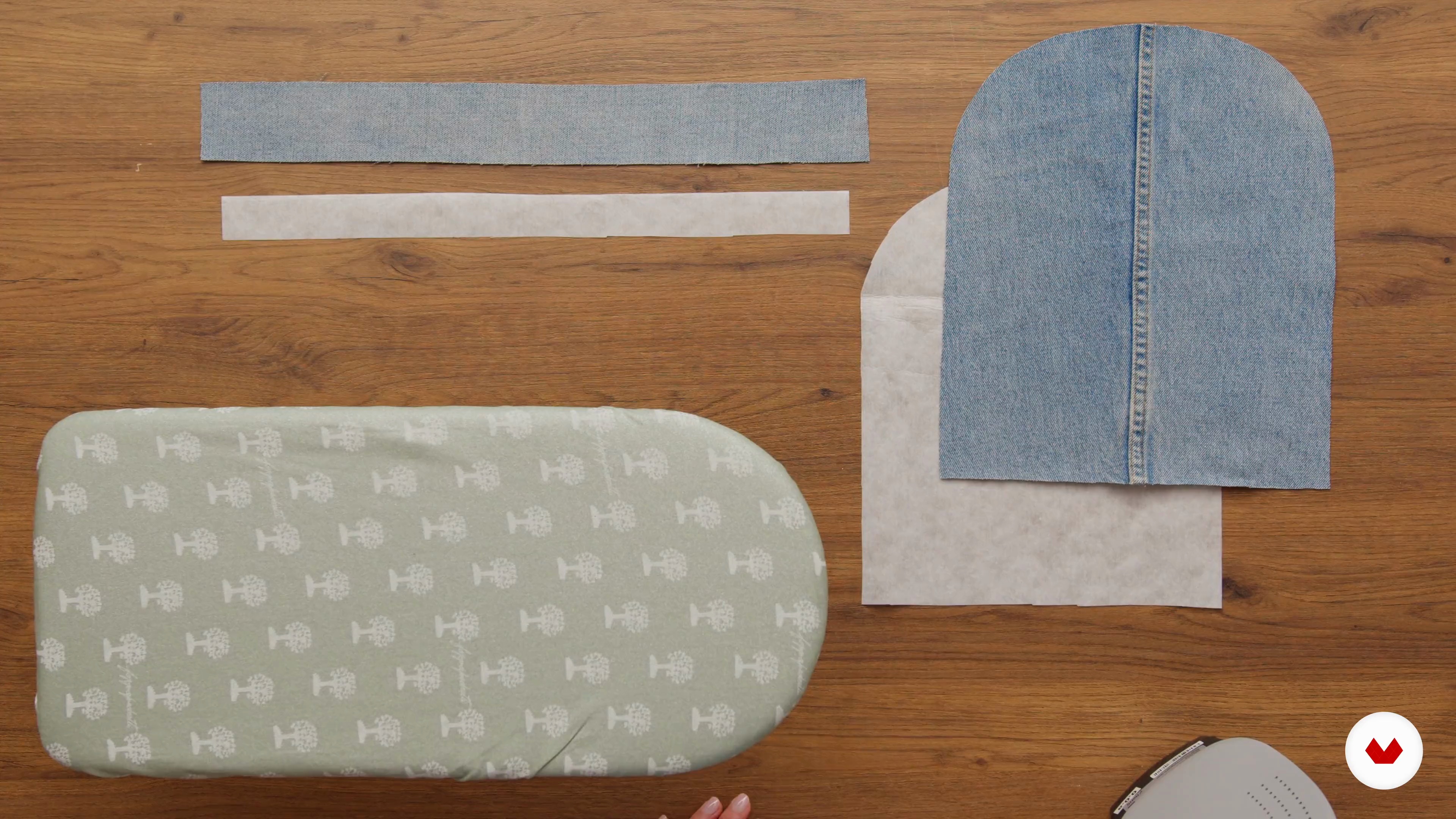
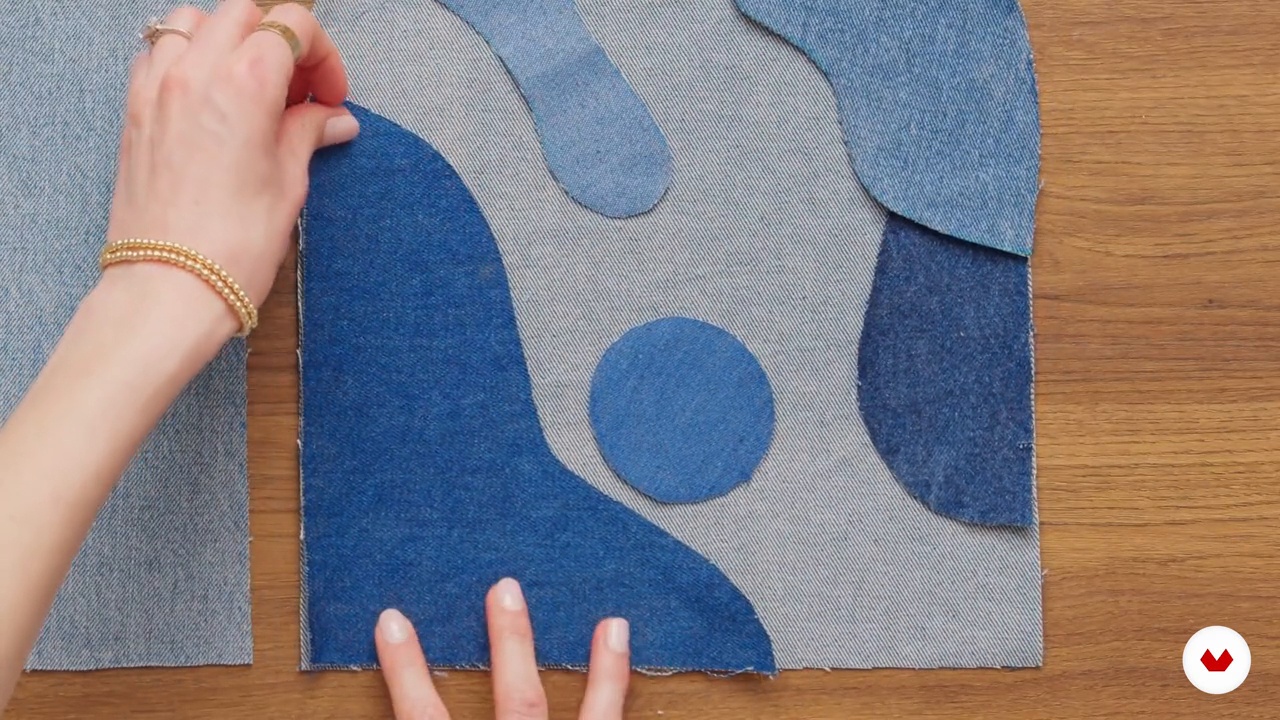
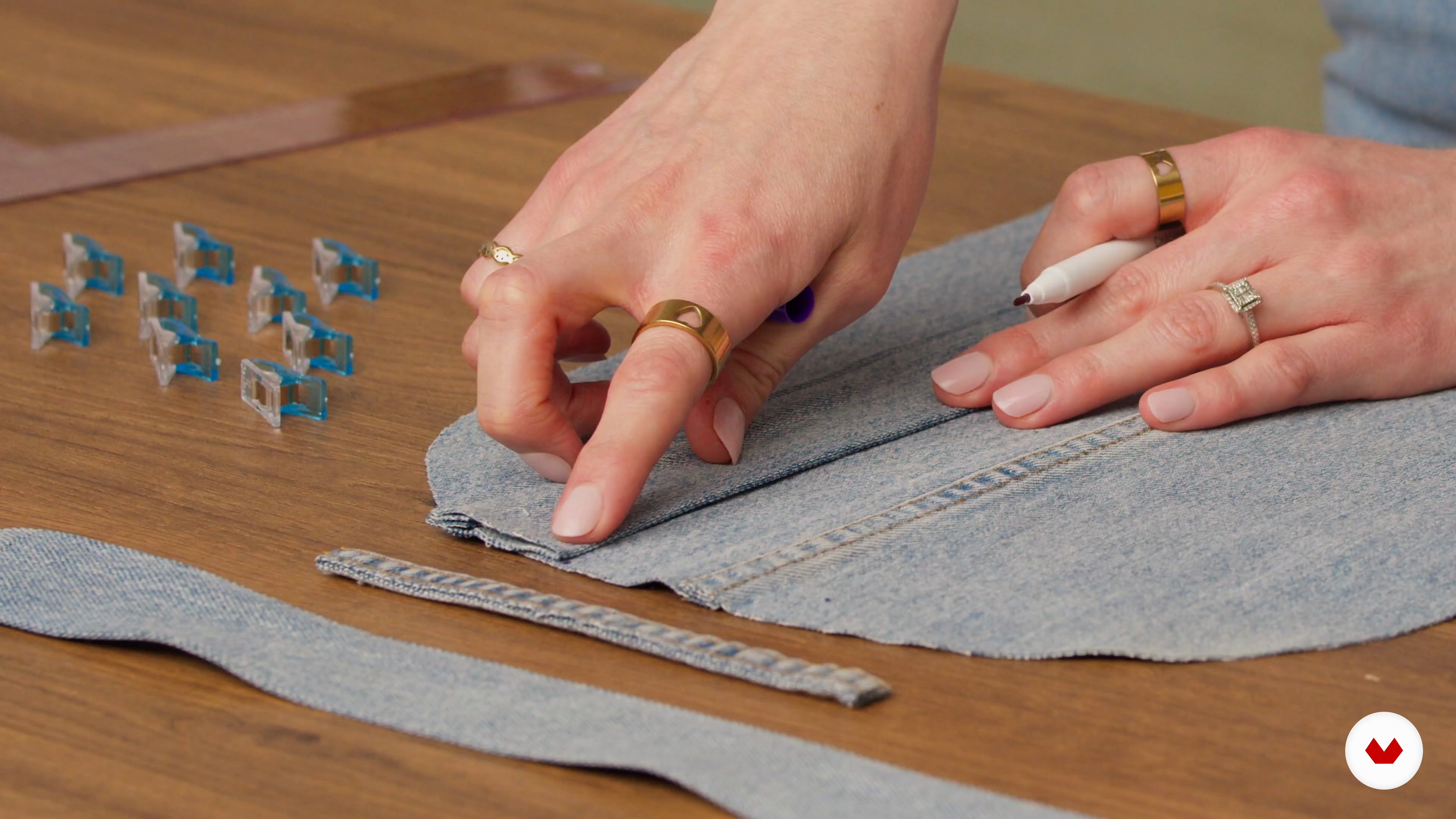
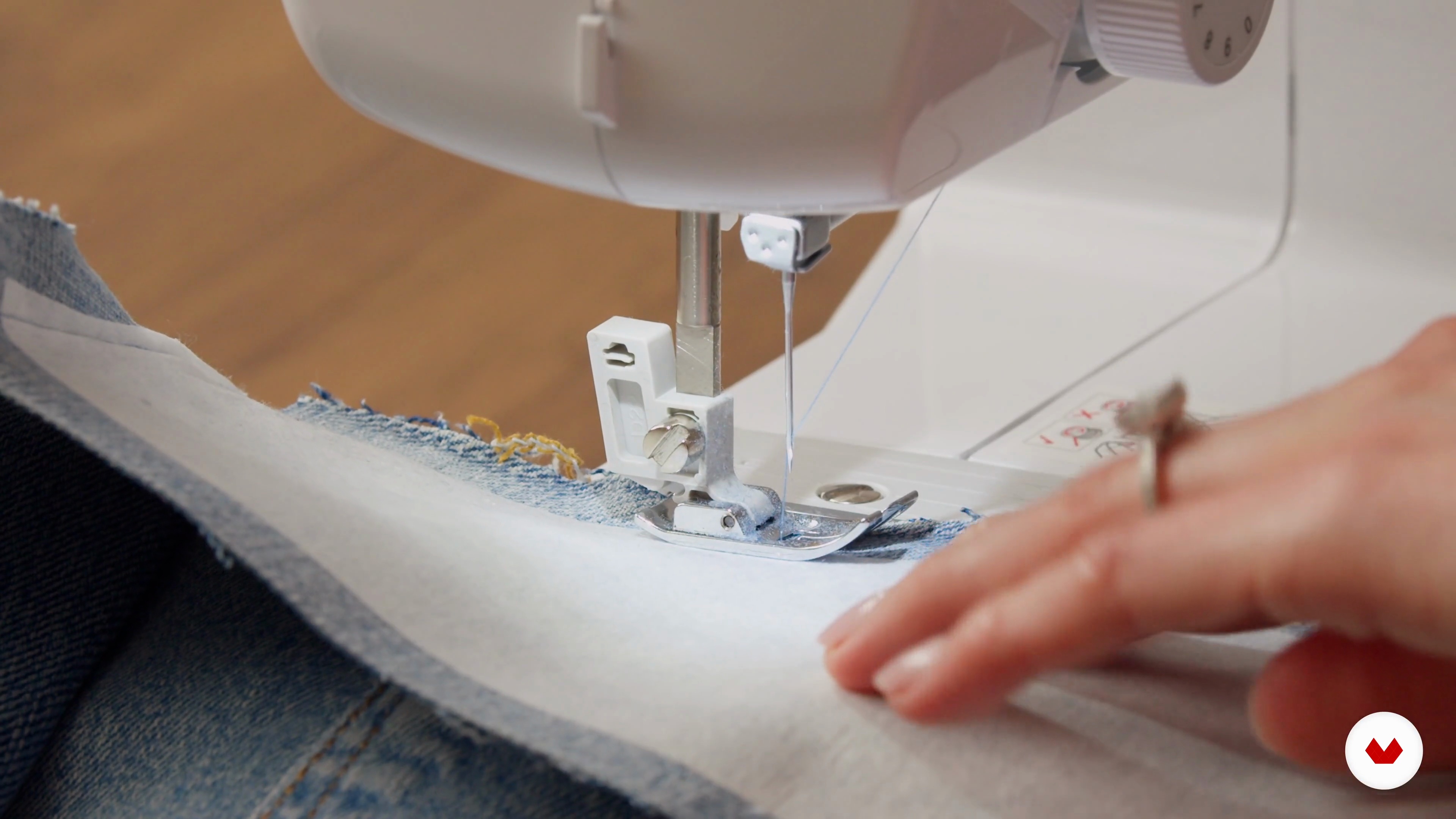
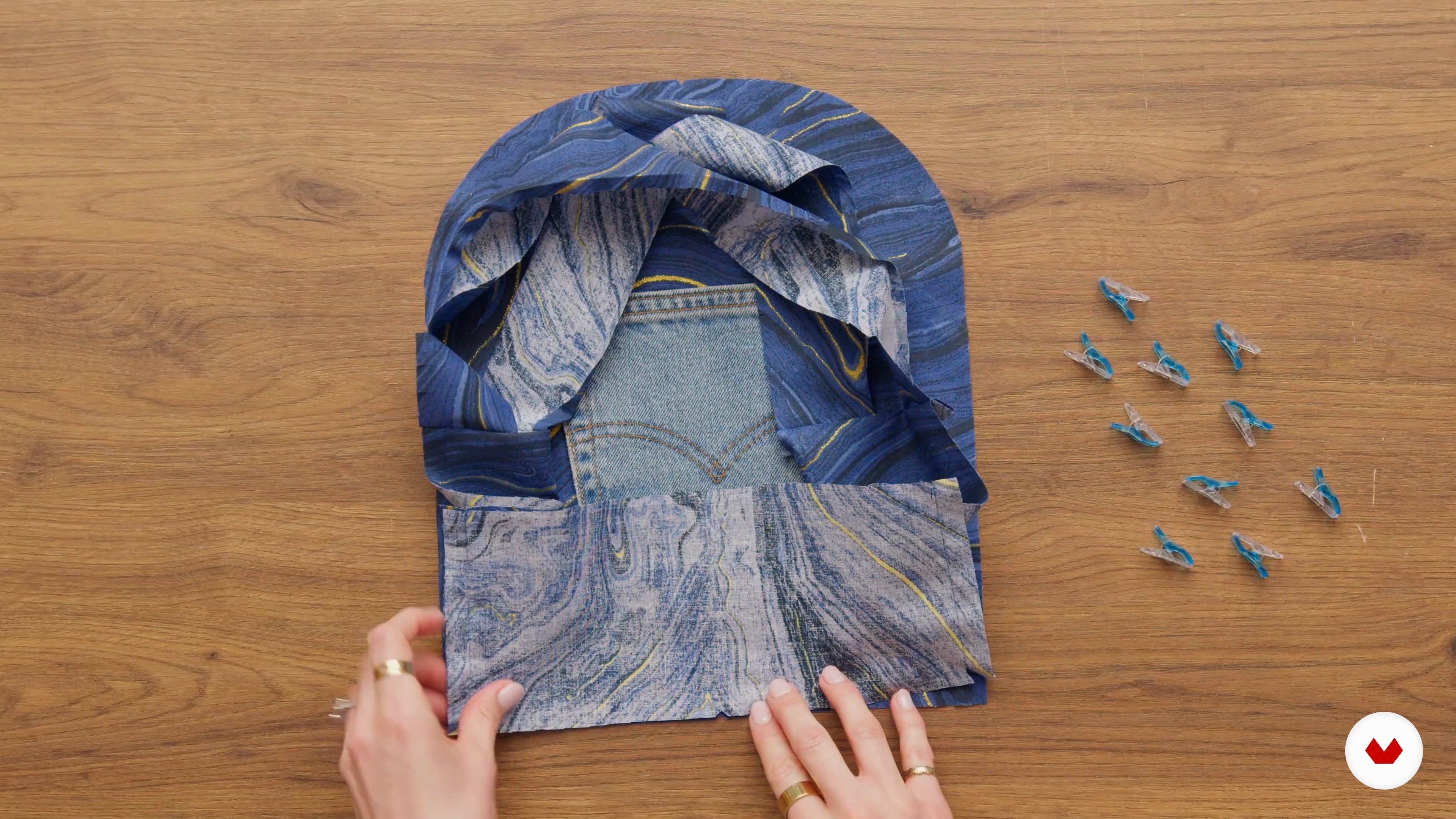
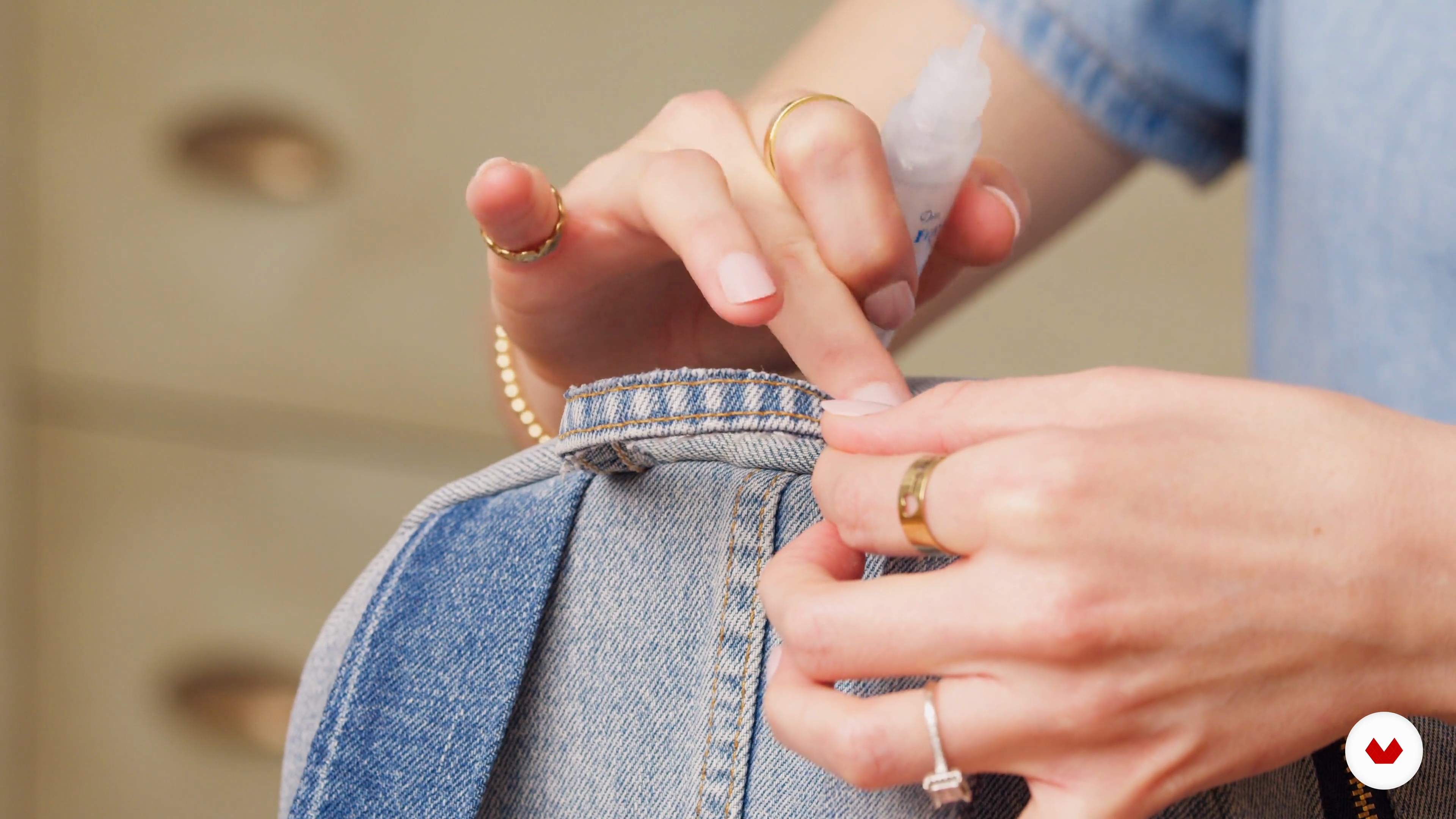
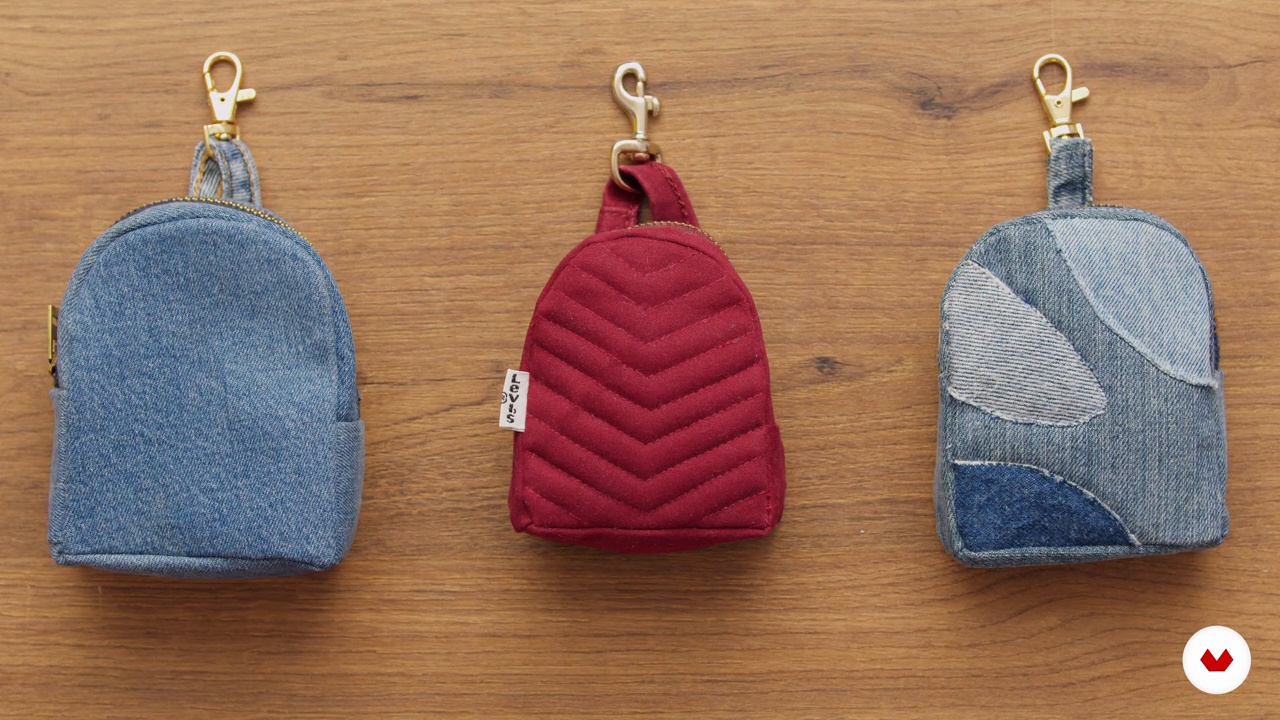
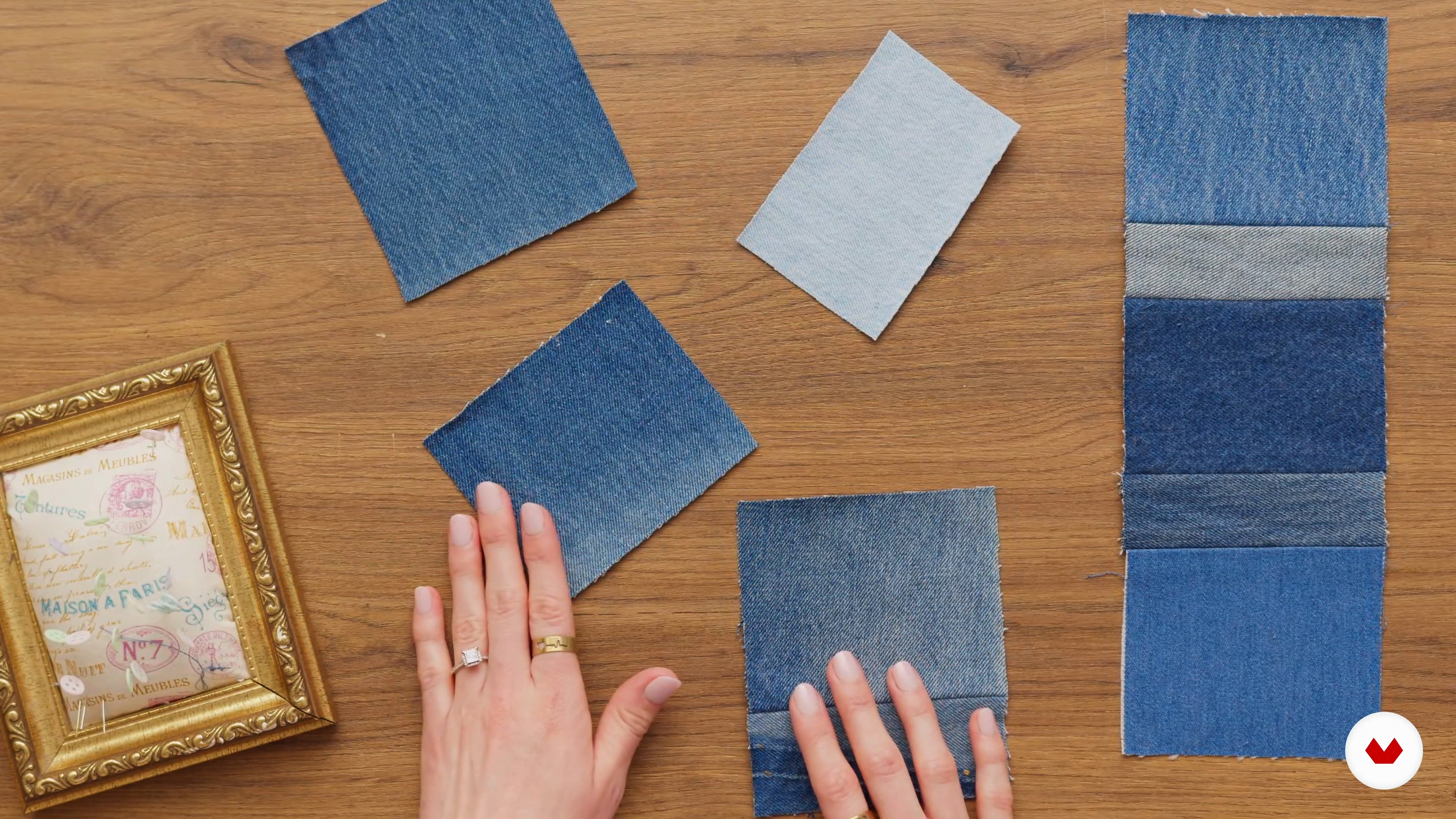
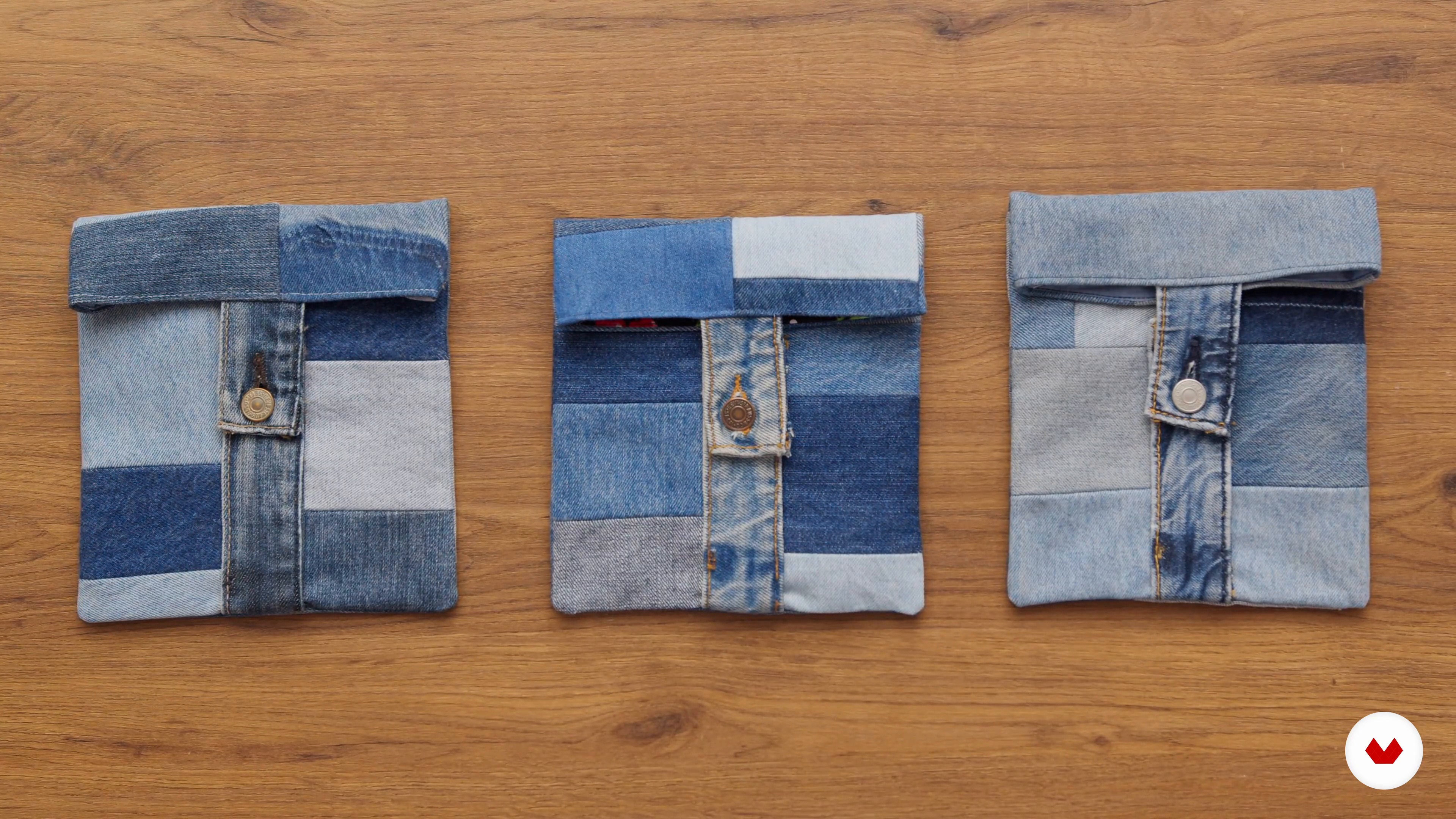
- 100% positive reviews (4)
- 789 students
- 88 lessons (11h 34m)
- 109 additional resources (38 files)
- Online and at your own pace
- Audio: English, Spanish
- Spanish · English · Portuguese · German · French · Italian · Polish · Dutch · Turkish
- Level: Beginner
- Unlimited access forever
What is this course's project?
Transform a discarded dress into a personalized garment with a fresh, modern touch by deconstructing the original piece and applying sewing and customization techniques to tailor it to your unique, sustainable style.
Who is this specialization for?
Passionate fashion enthusiasts and sustainability advocates eager to transform old garments into unique, customized pieces will love this course. Discover sewing, printing, and creative techniques, all while promoting eco-friendly practices and personal expression in wearable art.
Requirements and materials
No extensive prior knowledge is required. You'll need basic sewing skills, a sewing machine, old garments for upcycling, fabric paints, embroidery threads, crochet hooks, and second-hand clothing. Gather your creativity and a passion for sustainable fashion.

Reviews
What to expect from this specialization course
-
Learn at your own pace
Enjoy learning from home without a set schedule and with an easy-to-follow method. You set your own pace.
-
Learn from the best professionals
Learn valuable methods and techniques explained by top experts in the creative sector.
-
Meet expert teachers
Each expert teaches what they do best, with clear guidelines, true passion, and professional insight in every lesson.
-
Certificates
PlusIf you're a Plus member, get a custom certificate for every specialization course. Share it on your portfolio, social media, or wherever you like.
-
Get front-row seats
Videos of the highest quality, so you don't miss a single detail. With unlimited access, you can watch them as many times as you need to perfect your technique.
-
Share knowledge and ideas
Ask questions, request feedback, or offer solutions. Share your learning experience with other students in the community who are as passionate about creativity as you are.
-
Connect with a global creative community
The community is home to millions of people from around the world who are curious and passionate about exploring and expressing their creativity.
-
Watch professionally produced courses
Domestika curates its teacher roster and produces every course in-house to ensure a high-quality online learning experience.
FAQs
What are Domestika's online courses?
Domestika courses are online classes that allow you to learn new skills and create incredible projects. All our courses include the opportunity to share your work with other students and/or teachers, creating an active learning community. We offer different formats:
Original Courses: Complete classes that combine videos, texts, and educational materials to complete a specific project from start to finish.
Basics Courses: Specialized training where you master specific software tools step by step.
Specialization Courses: Learning paths with various expert teachers on the same topic, perfect for becoming a specialist by learning from different approaches.
Guided Courses: Practical experiences ideal for directly acquiring specific skills.
Intensive Courses (Deep Dives): New creative processes based on artificial intelligence tools in an accessible format for in-depth and dynamic understanding.
When do the specialization courses start and when do they finish?
All specialization courses are 100% online, so once they're published, specialization courses start and finish whenever you want. You set the pace of the class. You can go back to review what interests you most and skip what you already know, ask questions, answer questions, share your projects, and more.
What do Domestika's specialization courses include?
The specialization courses are divided into different modules. Each one includes lessons, informational text, tasks, and practice exercises to help you carry out your project step by step, with additional complementary resources and downloads. You'll also have access to an exclusive forum where you can interact with other students, as well as share your work and your final project, creating a community around the specialization courses.
Have you been given a specialization courses?
You can redeem the specialization courses you received by accessing the redeeming page and entering your gift code.








Adorei
Me está encantando! Me parece muy completo, inspirador, excelente. Recomendado!
good i love it but its amazing
ottima specializzazione!